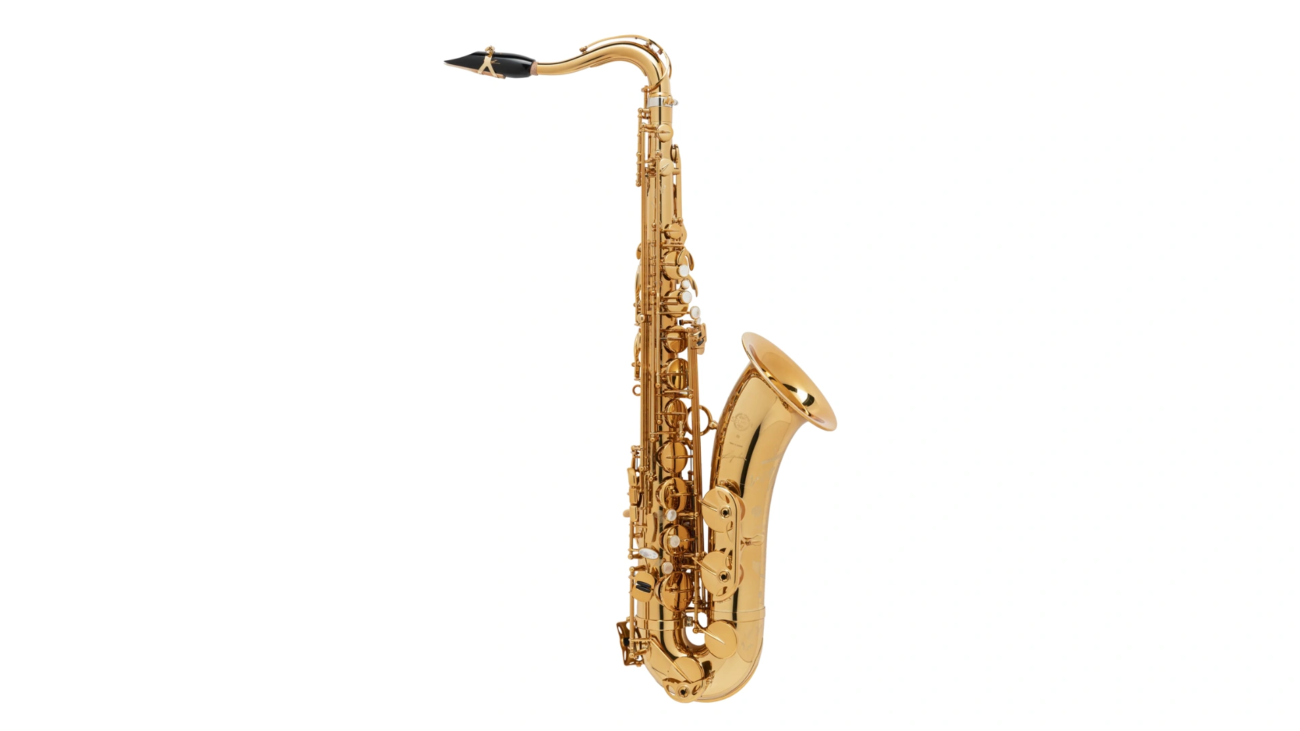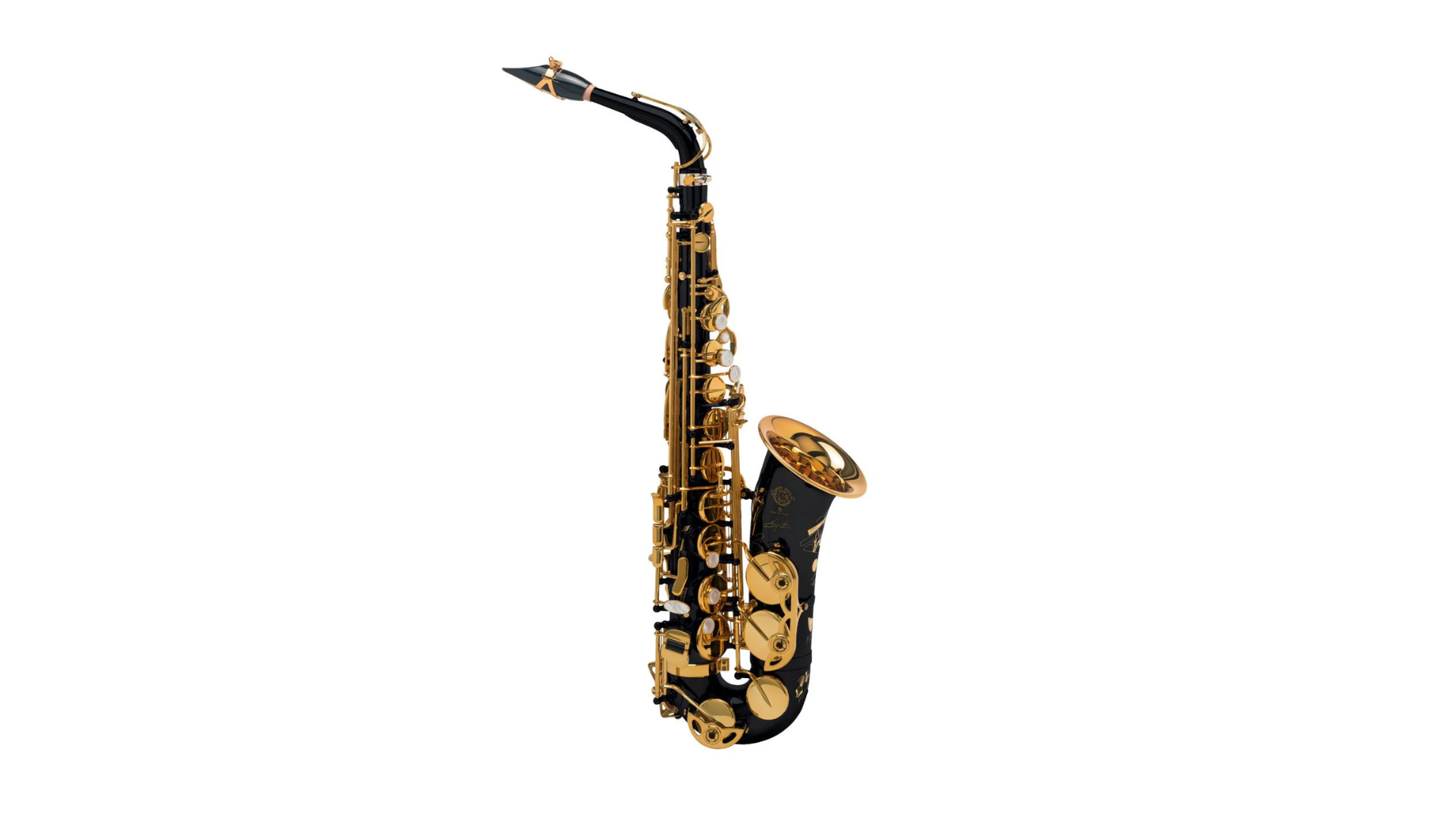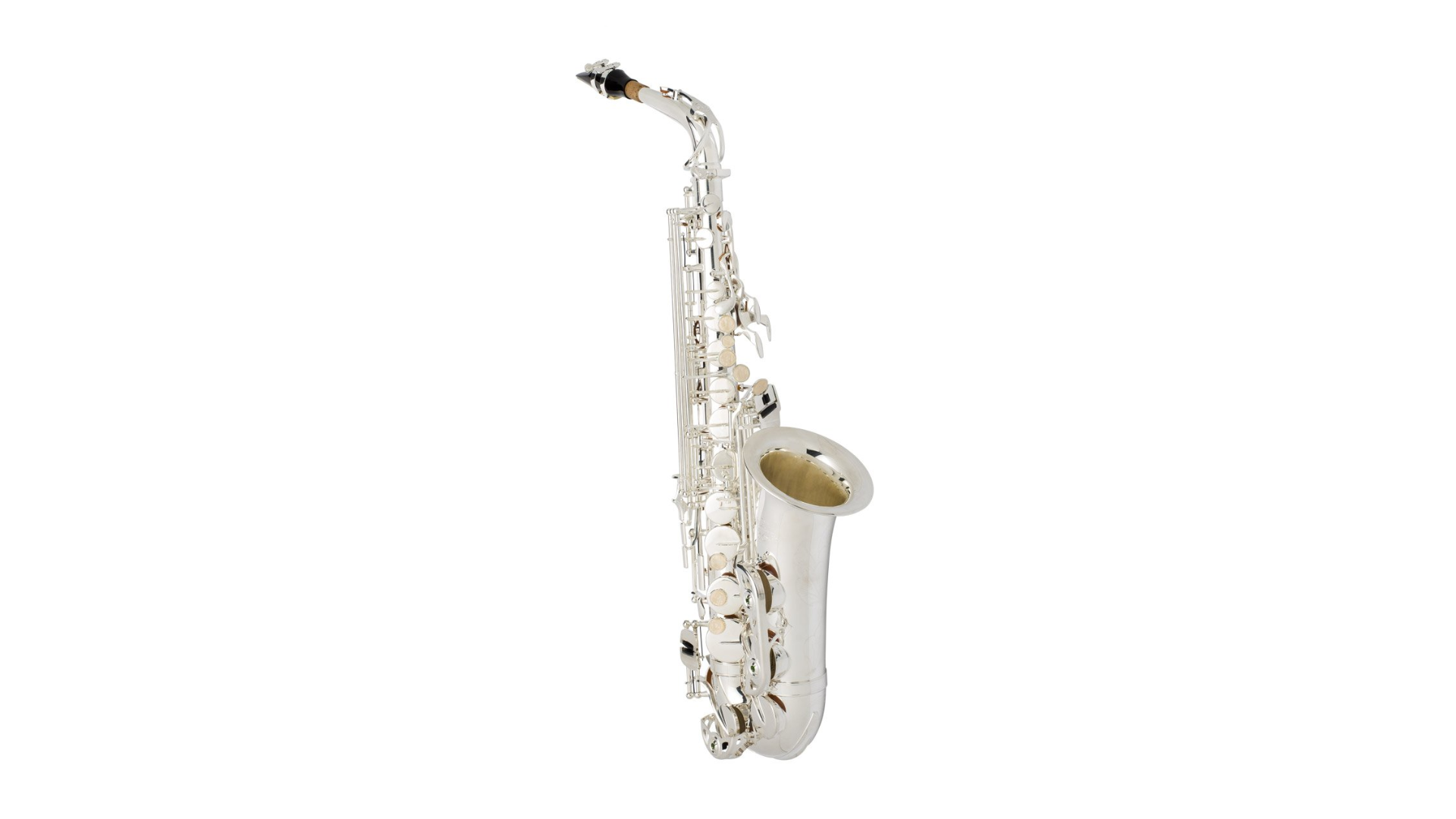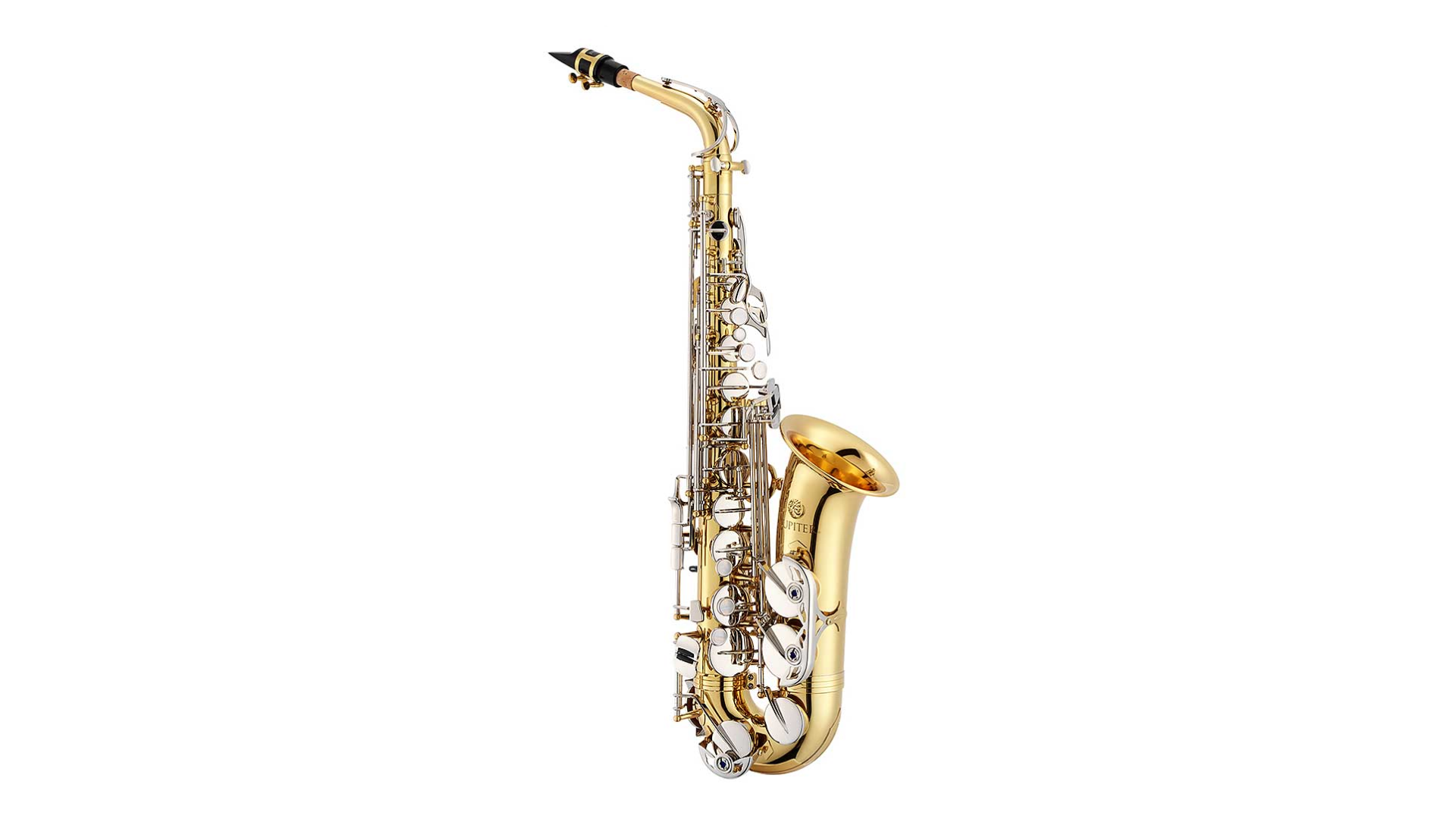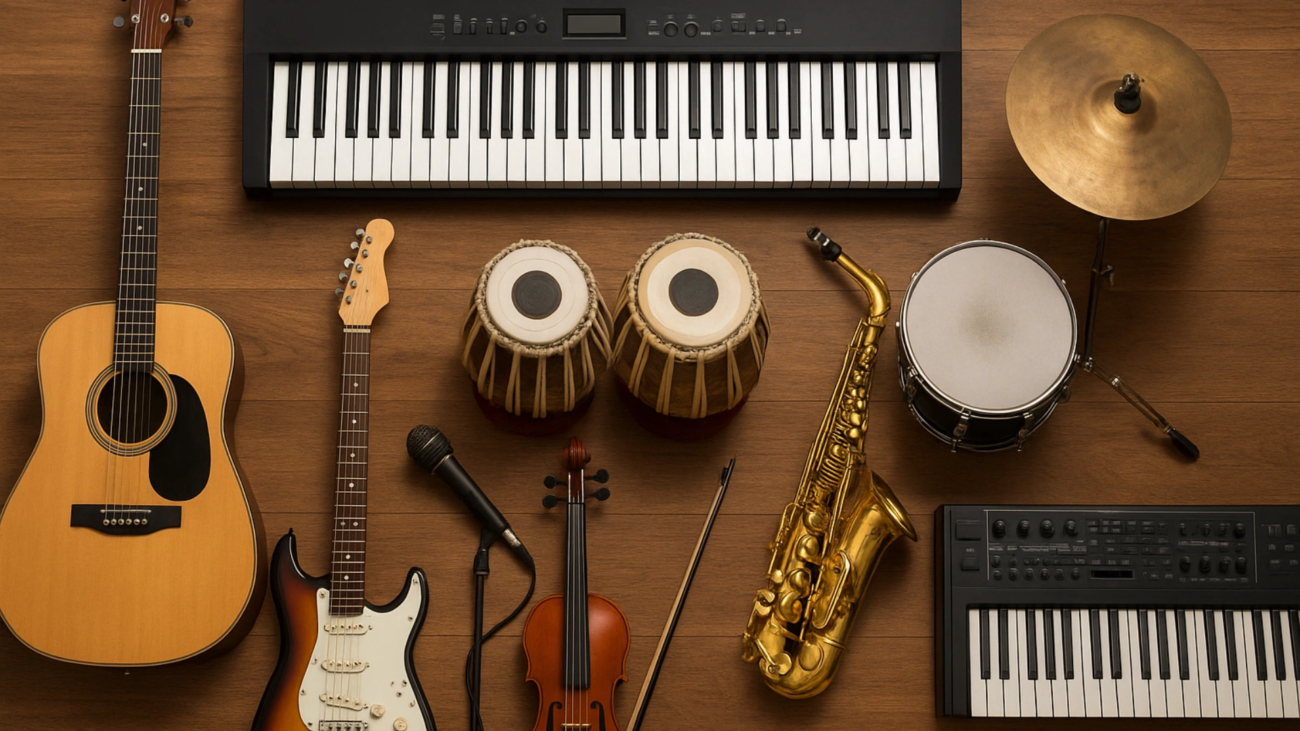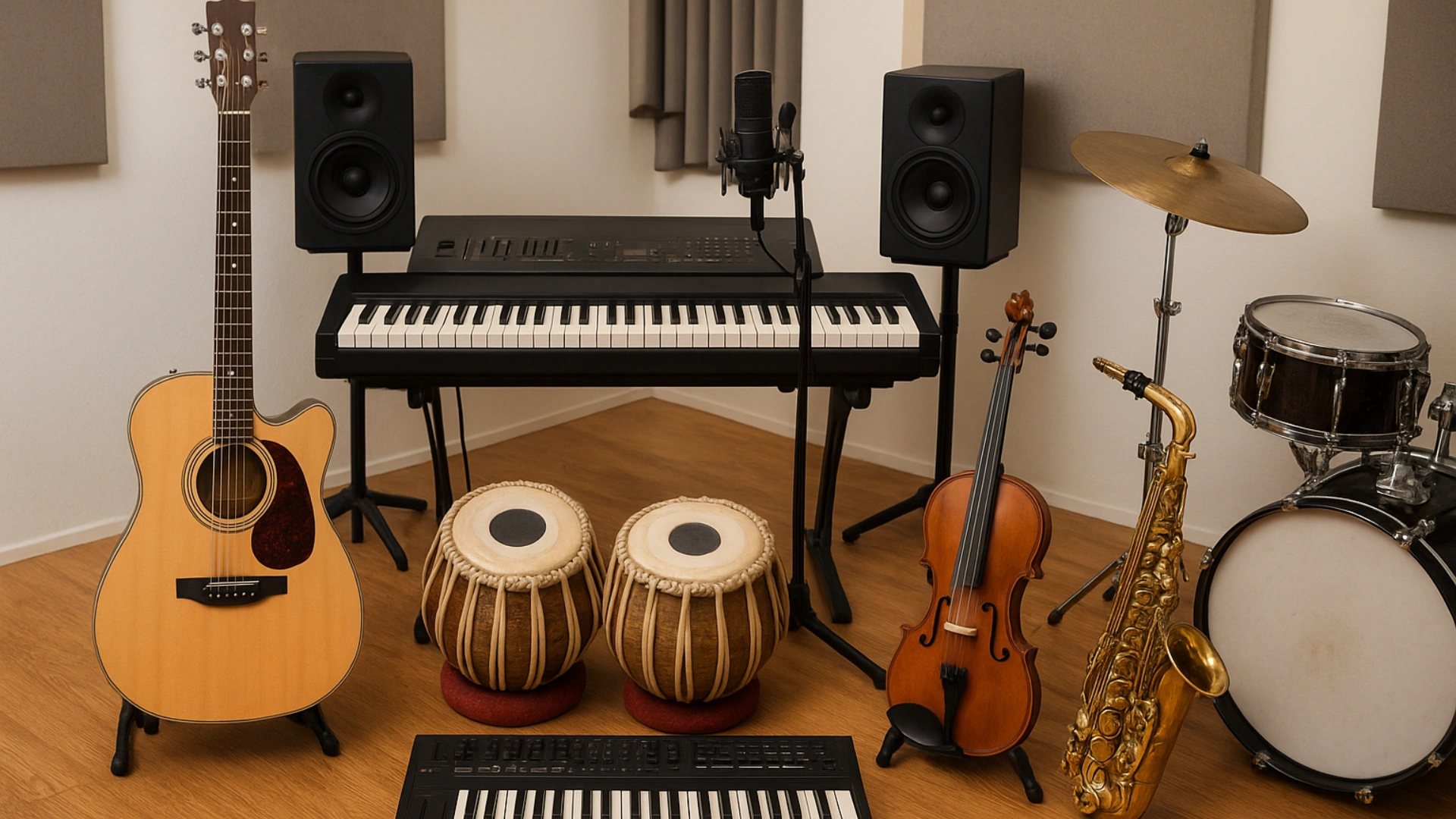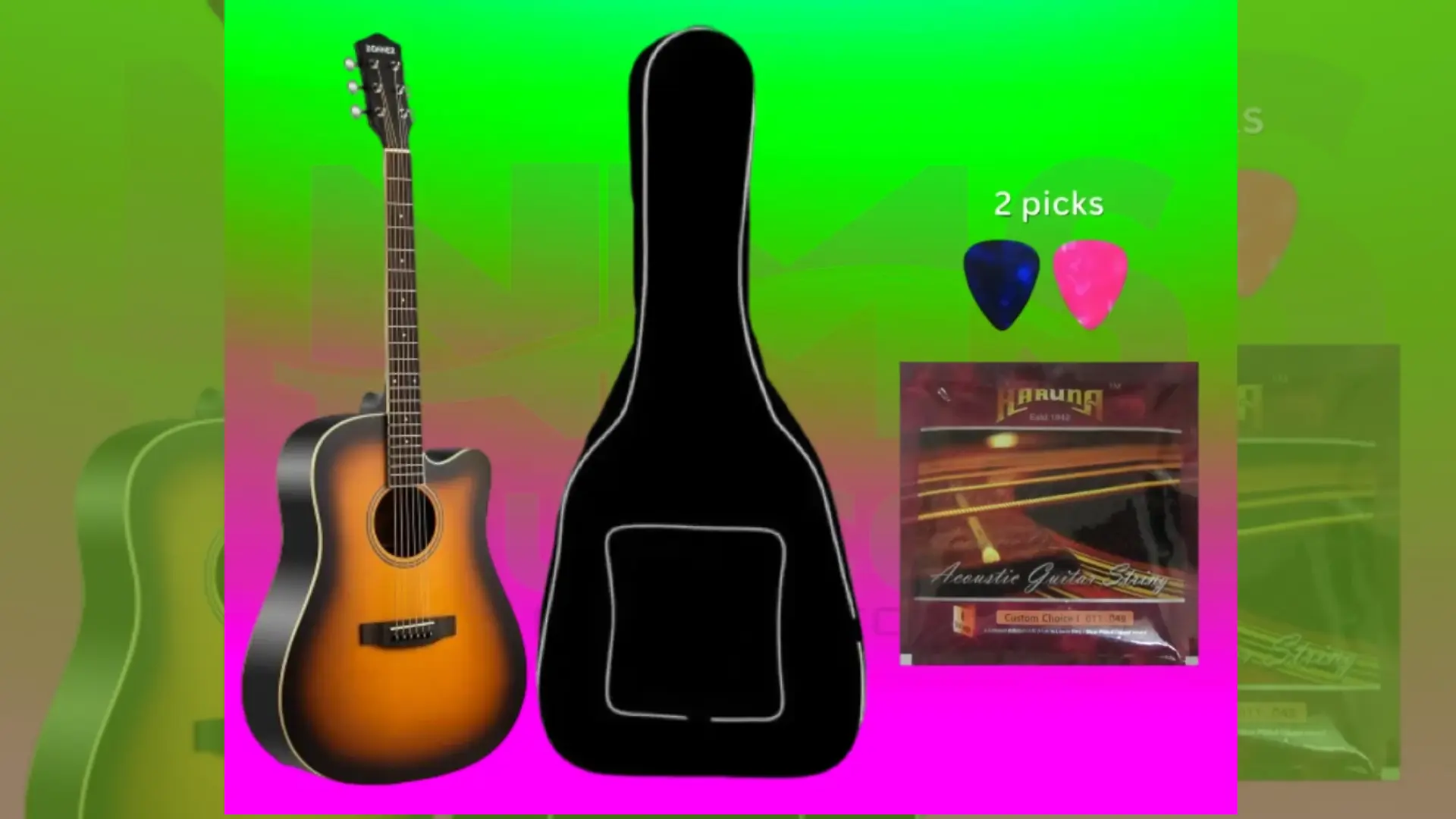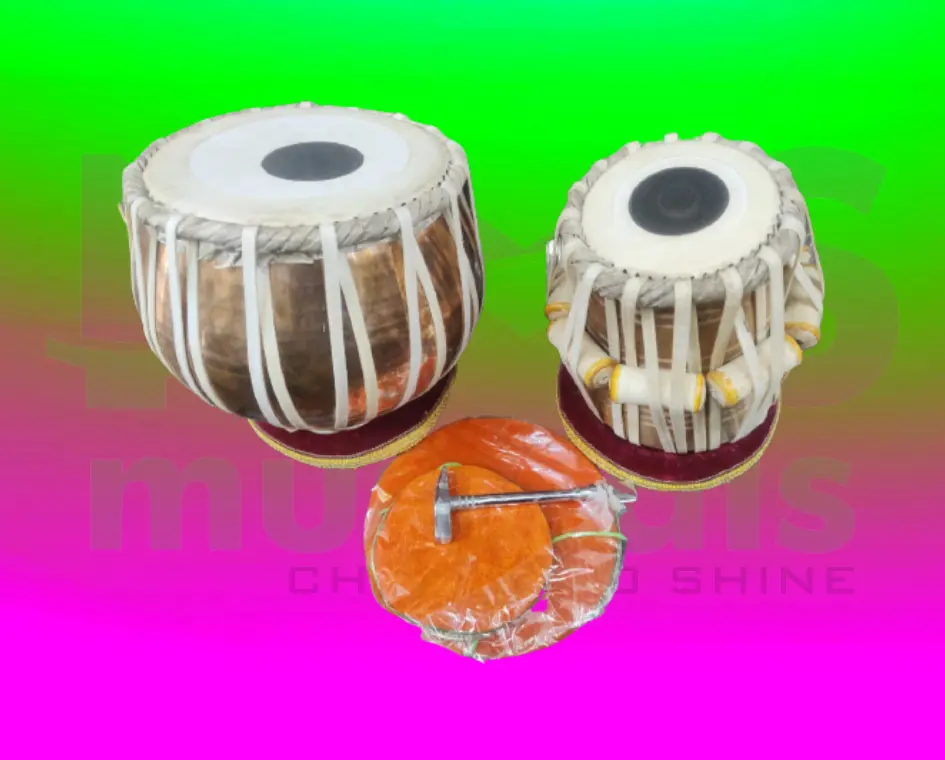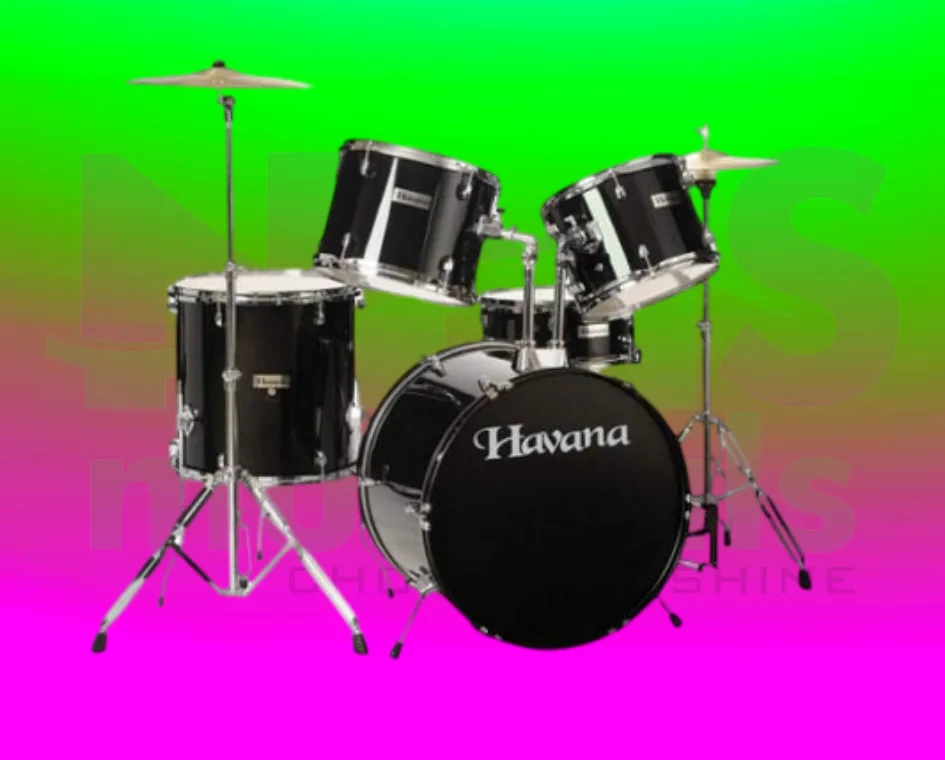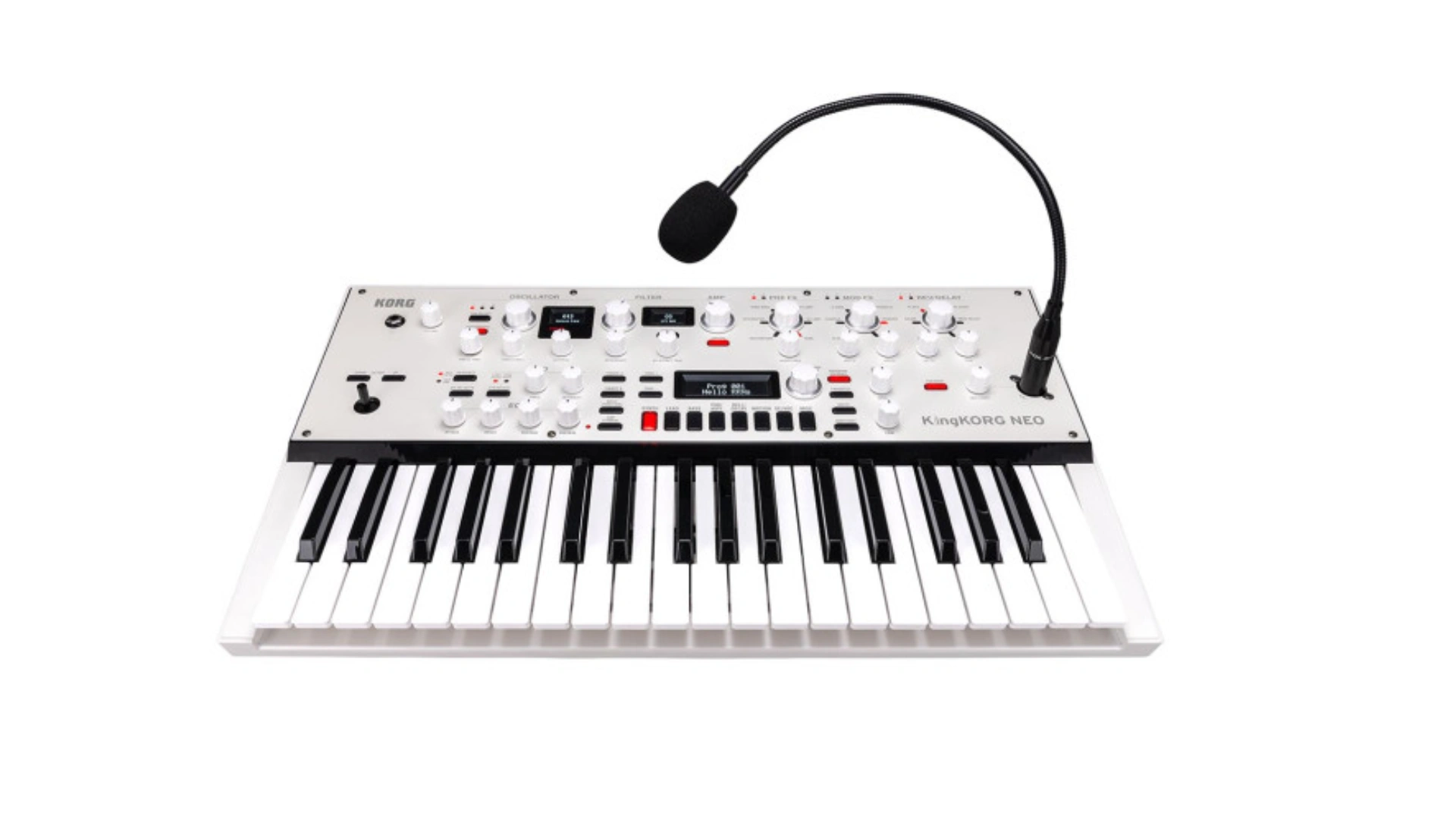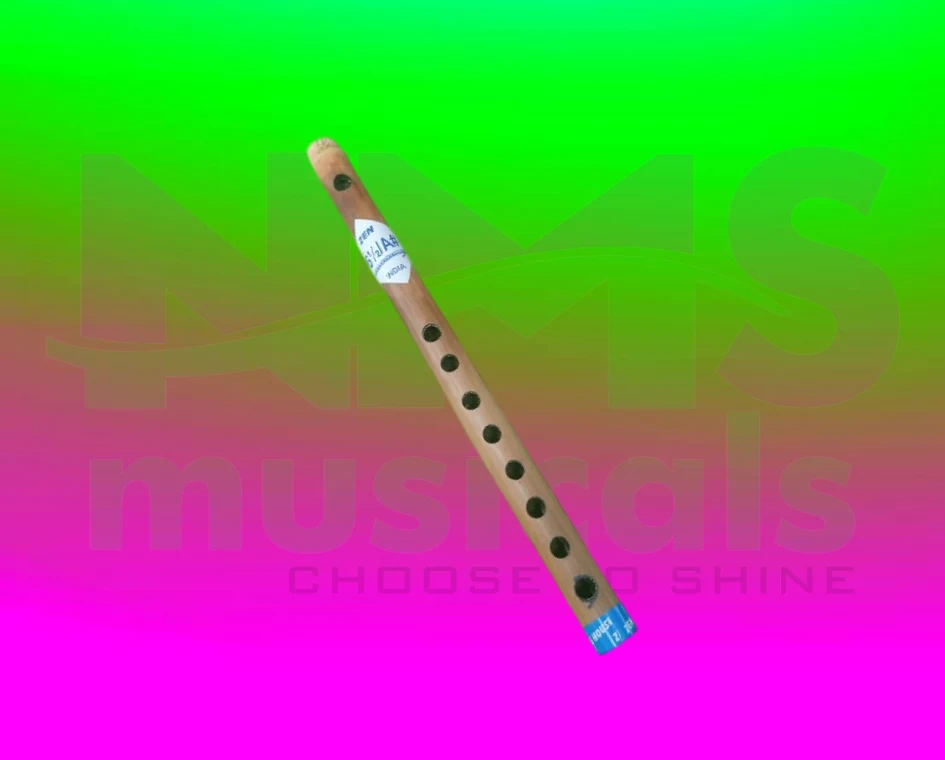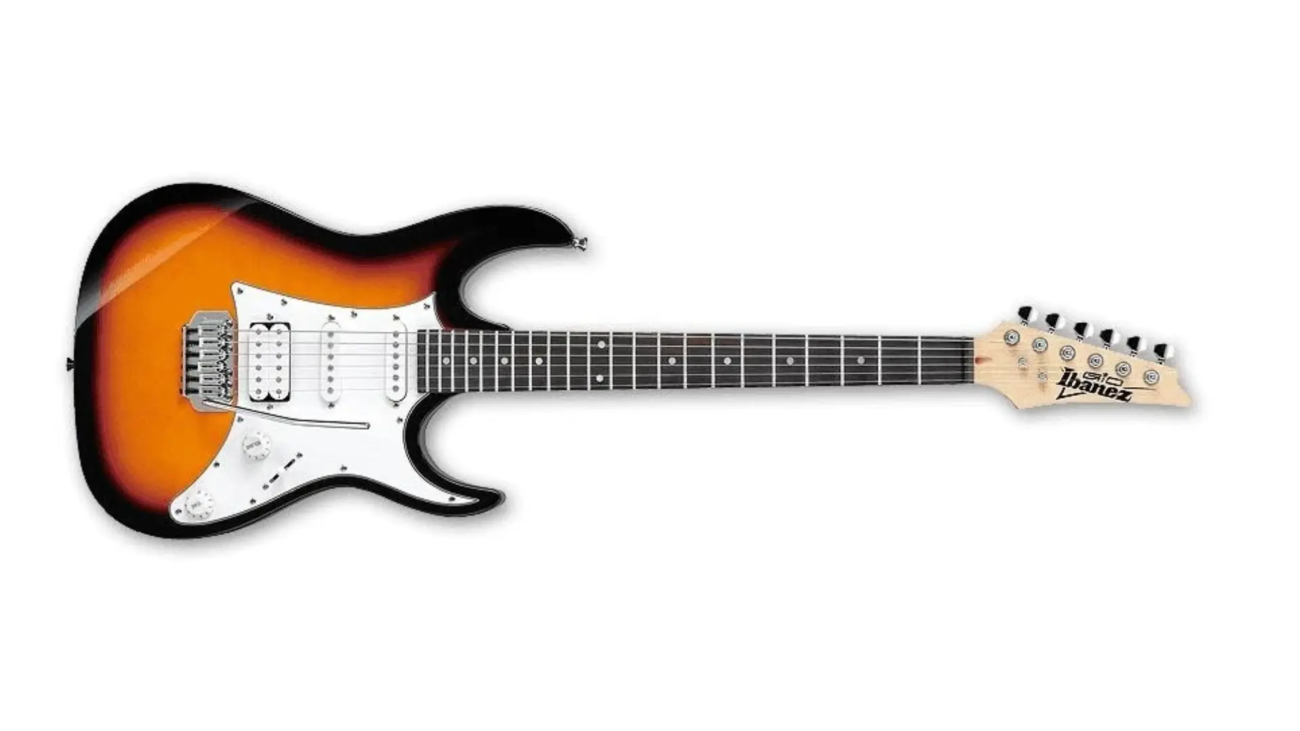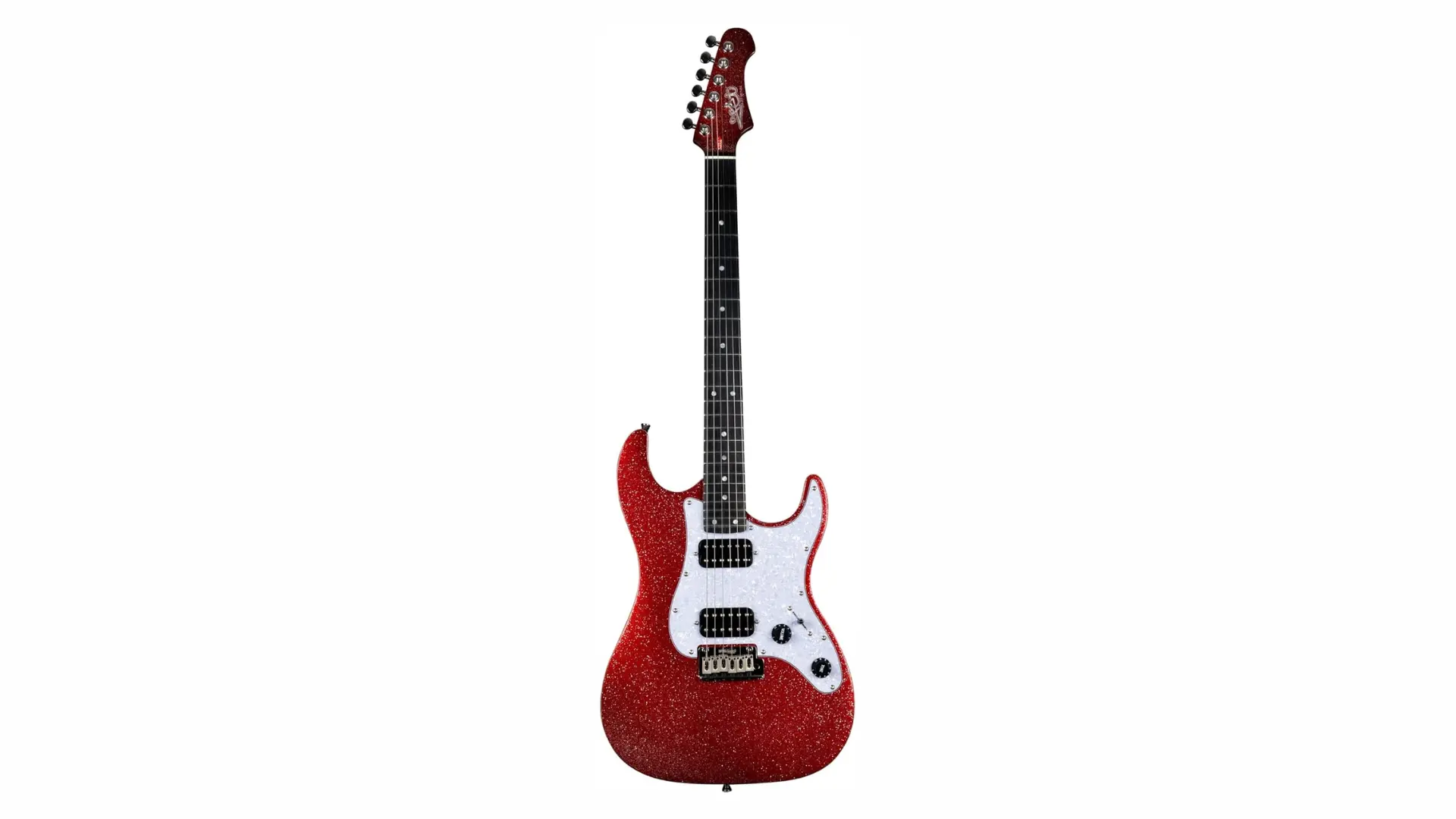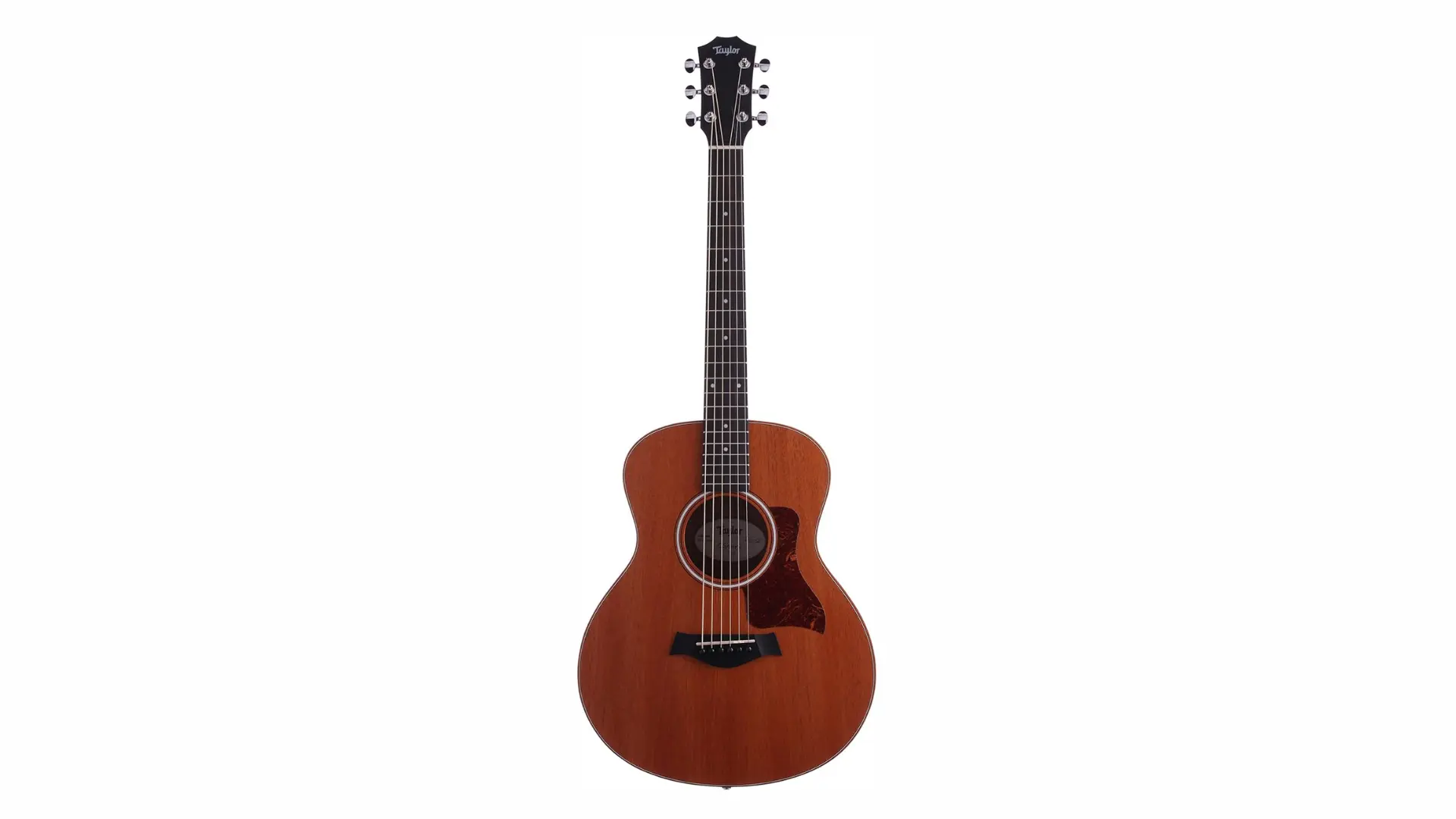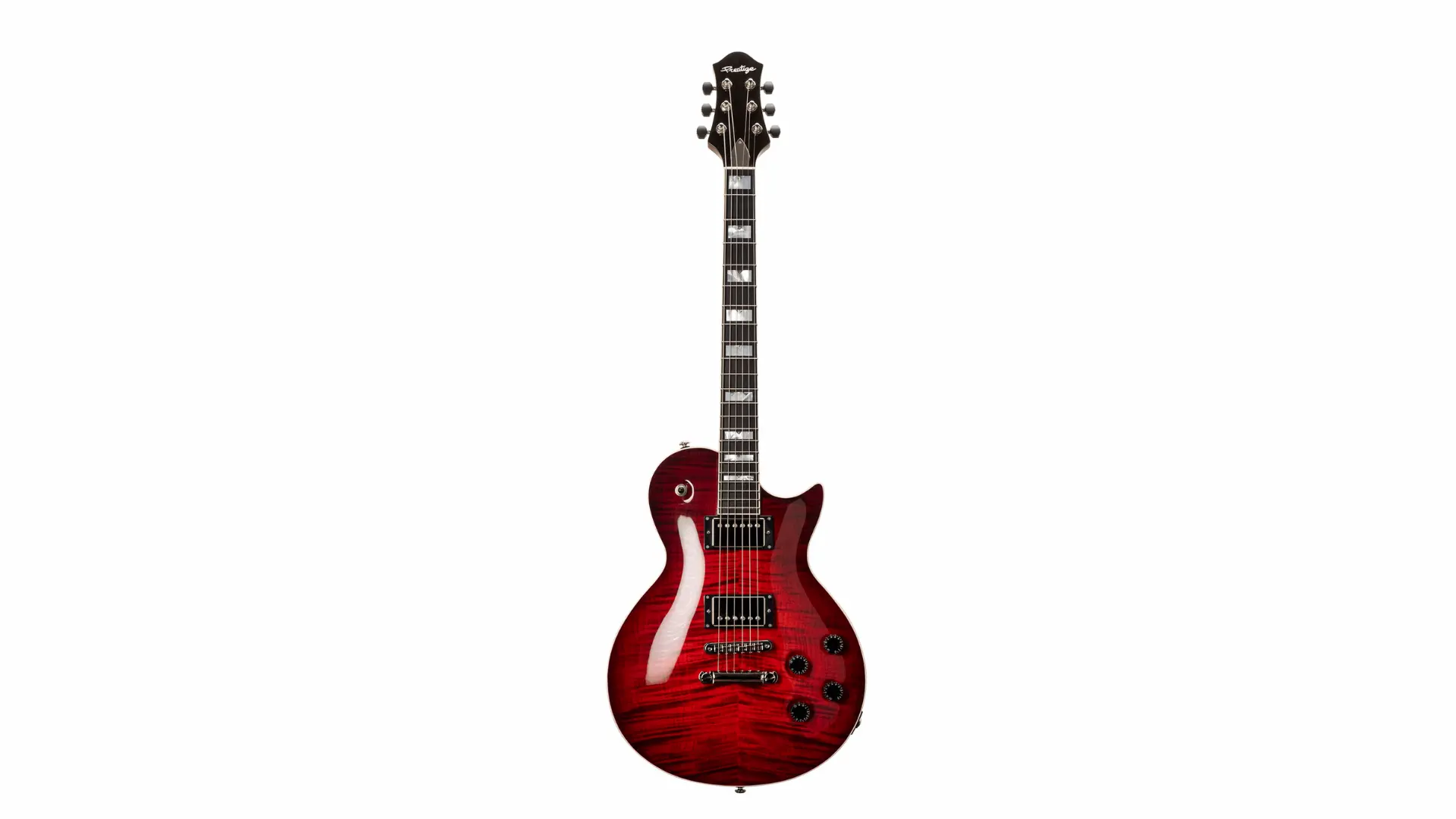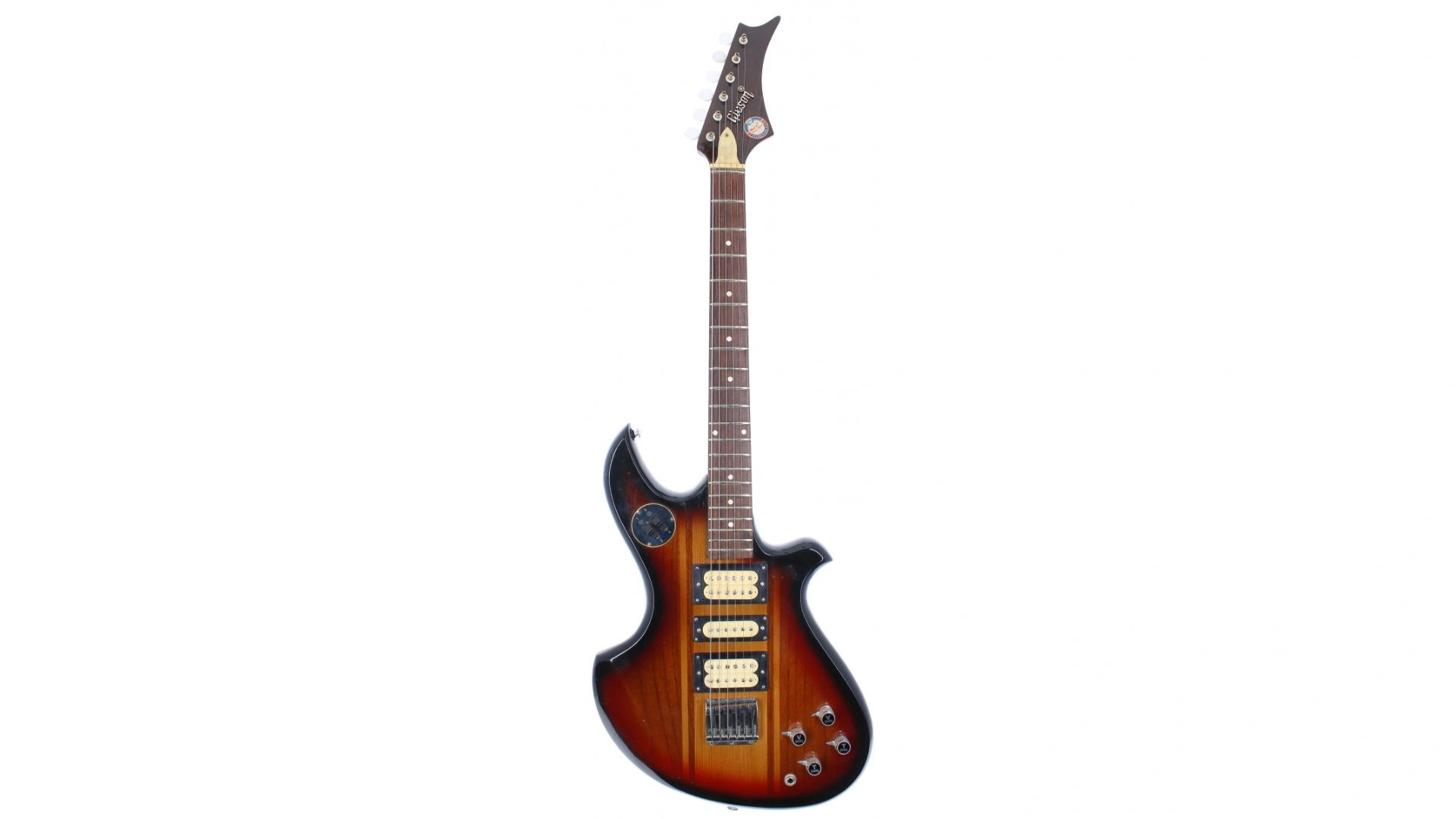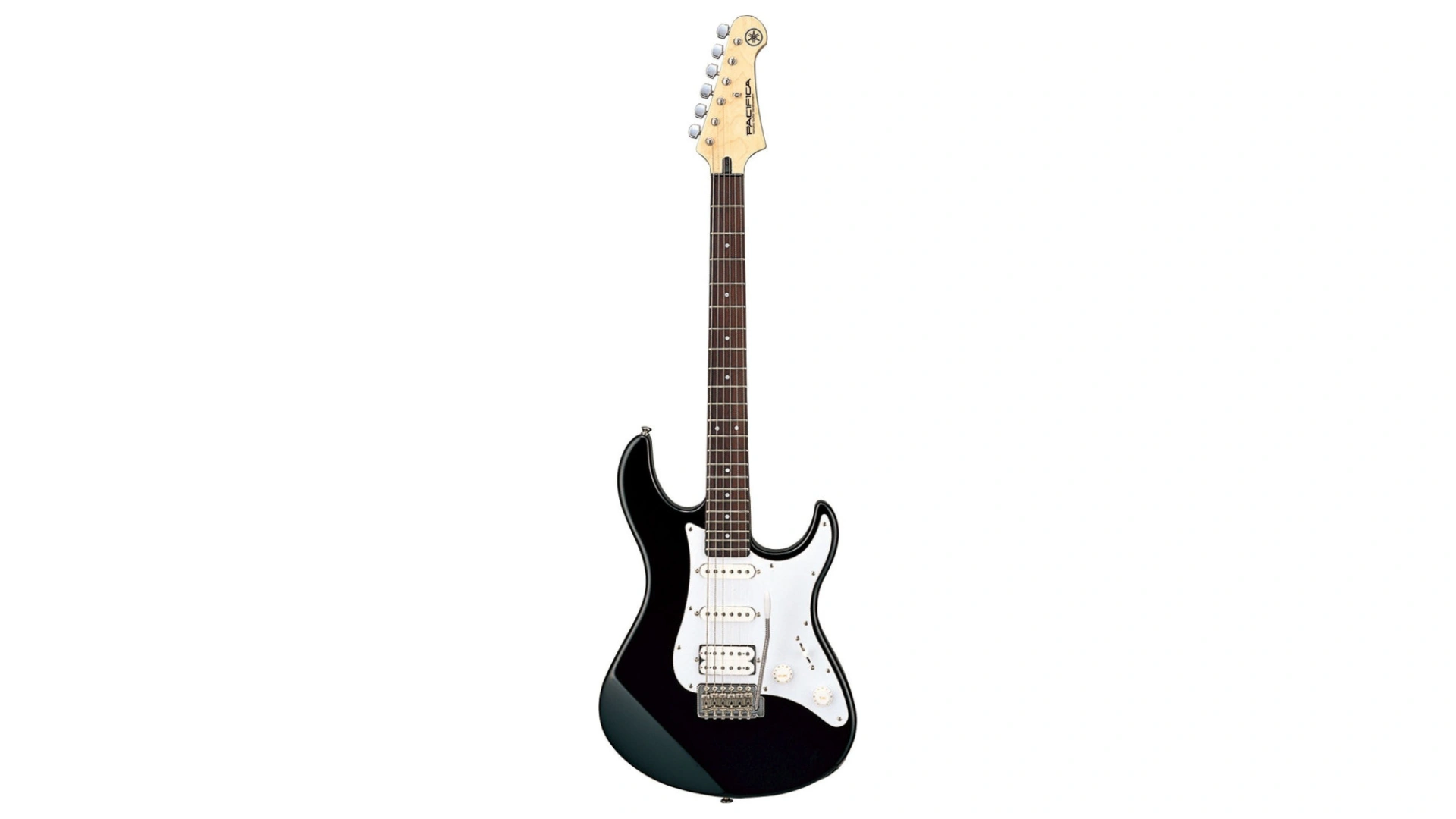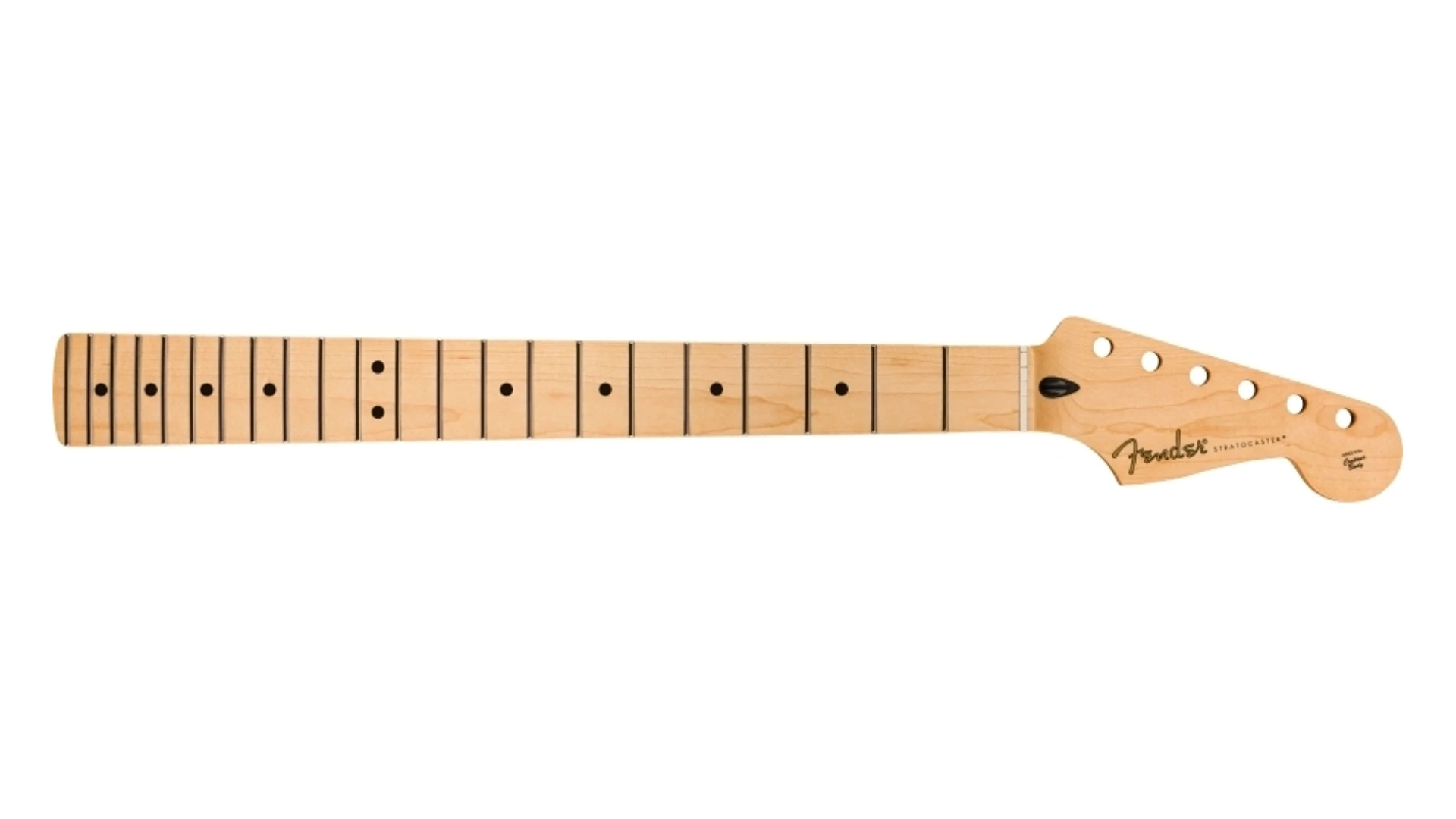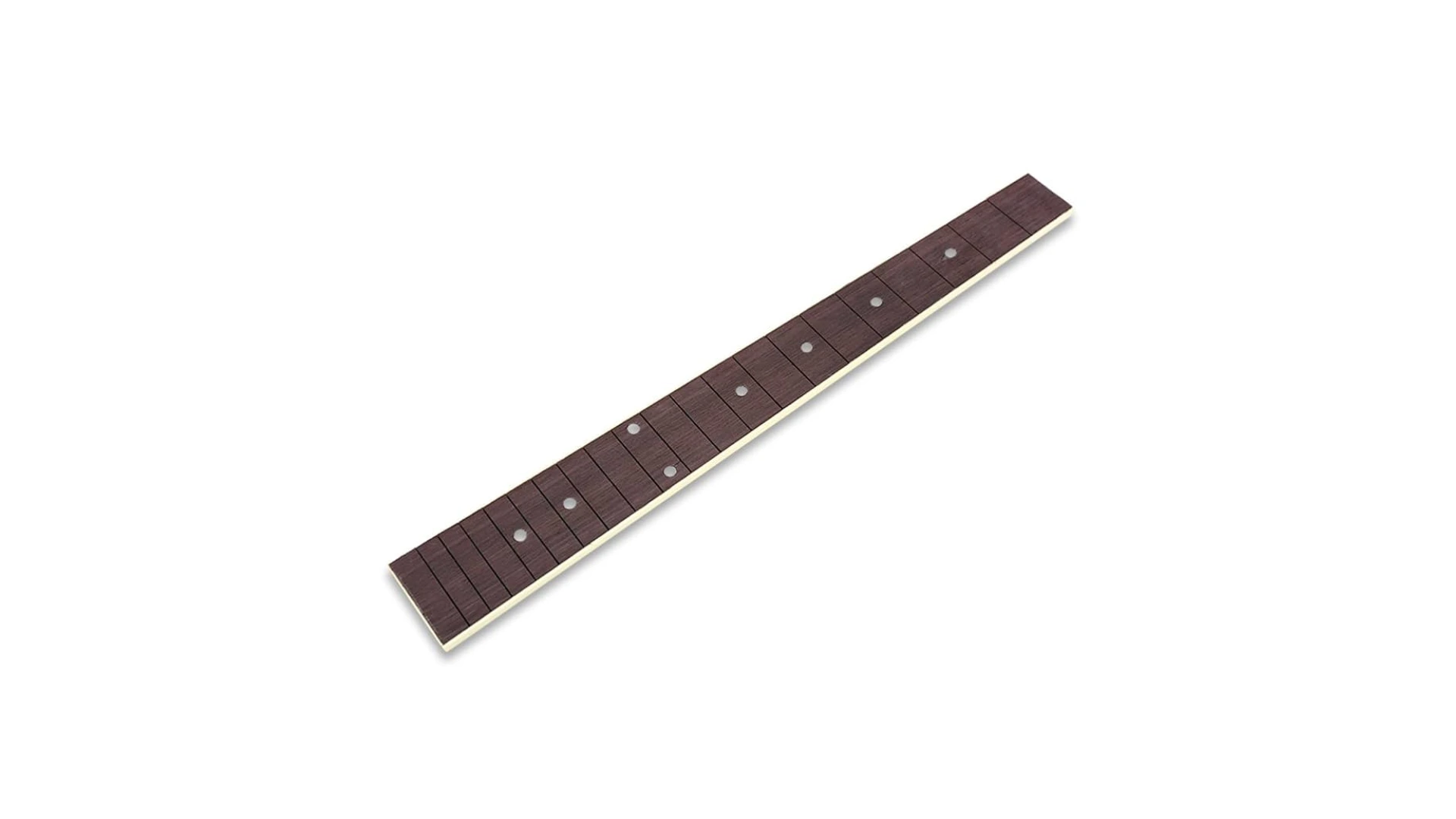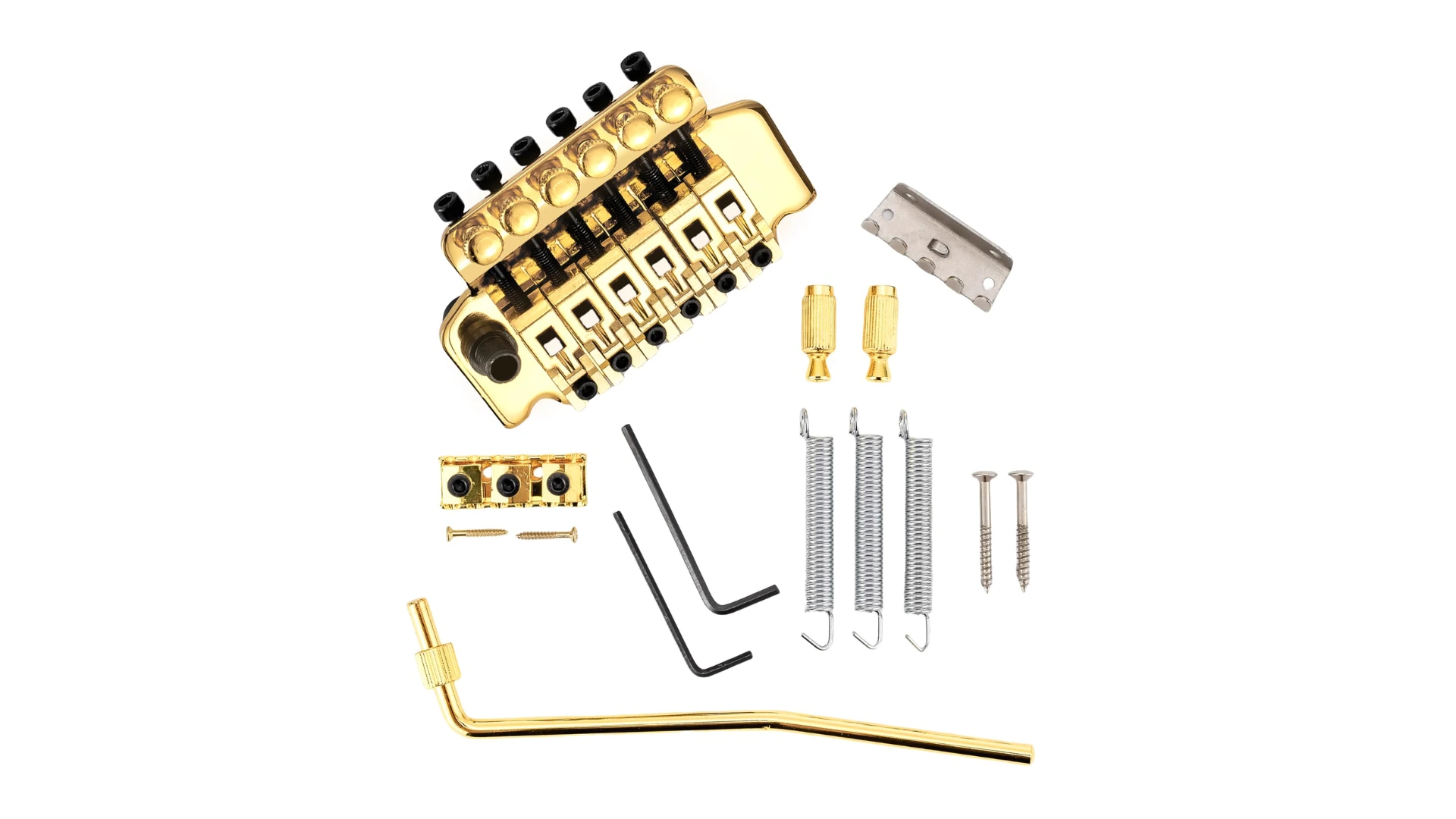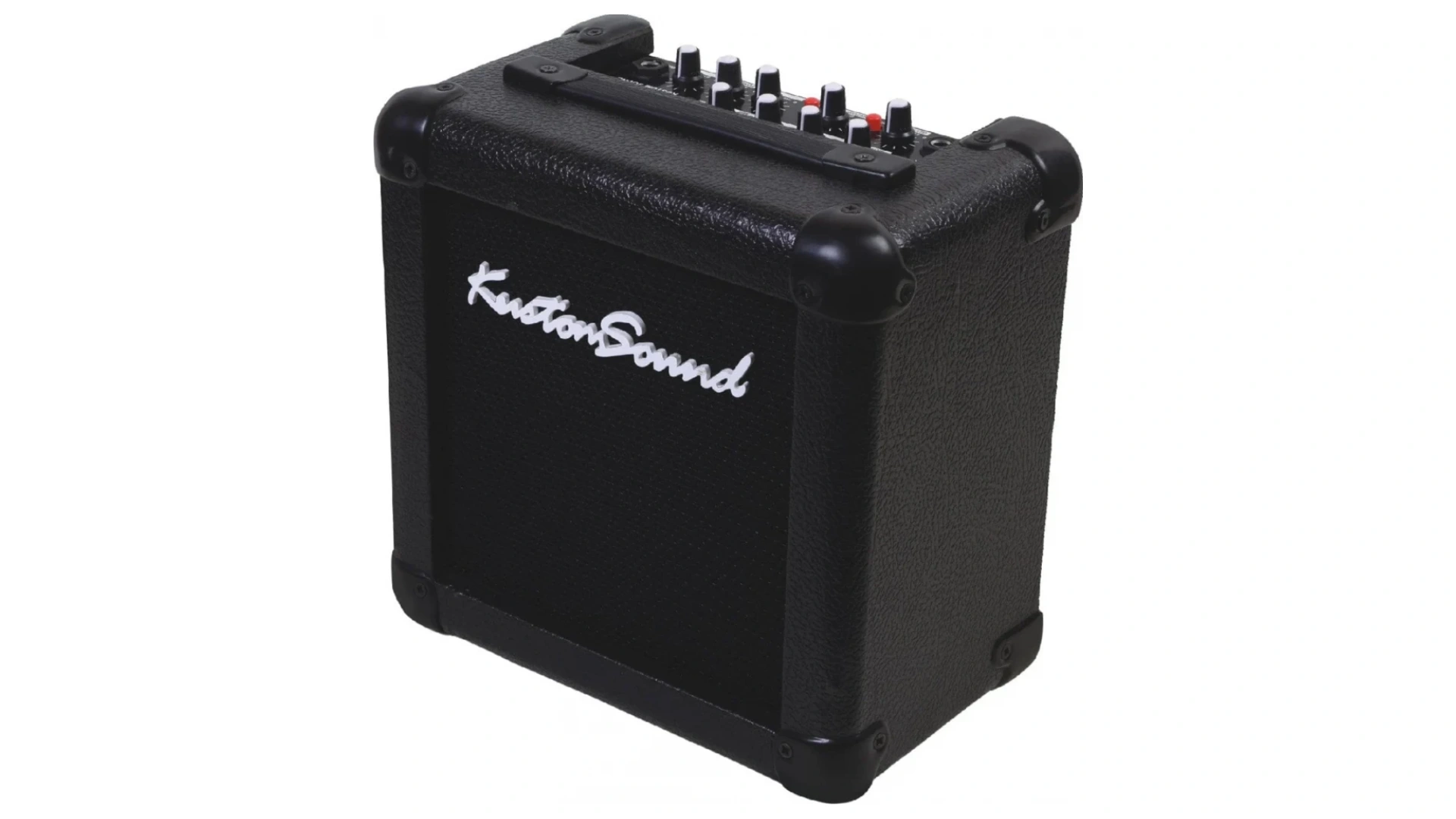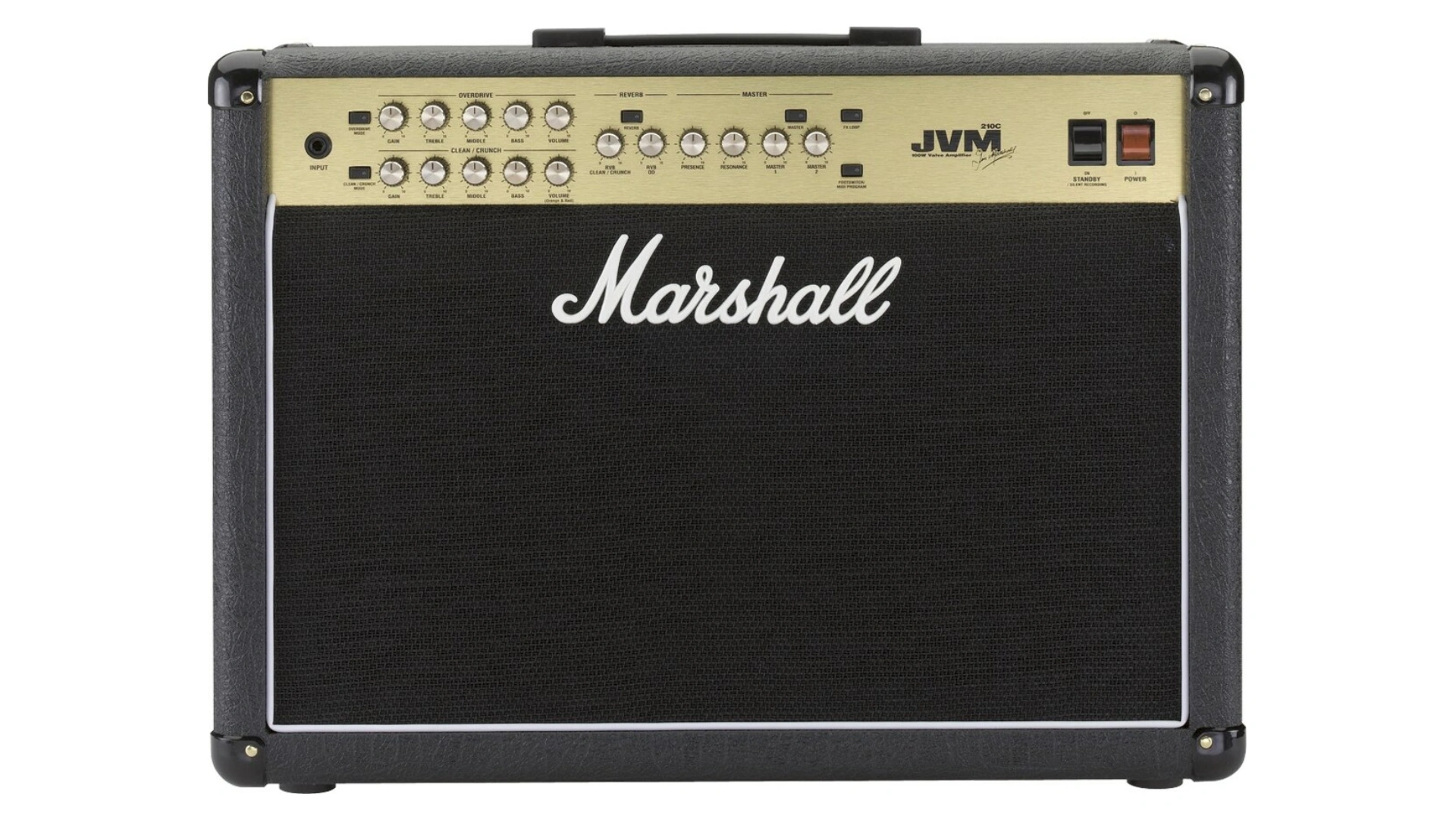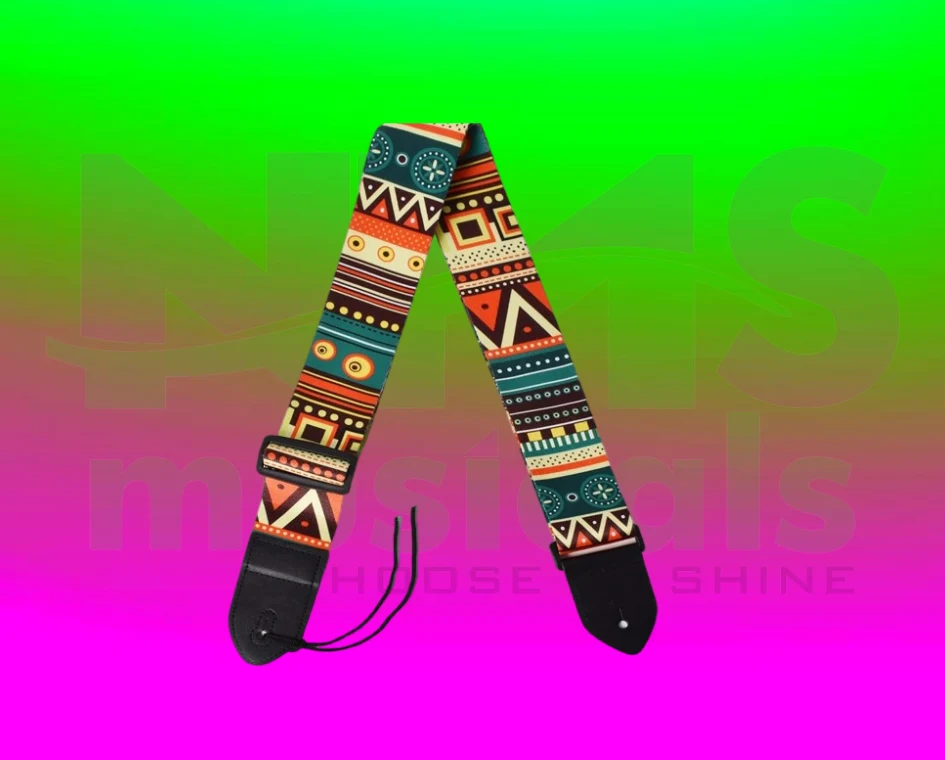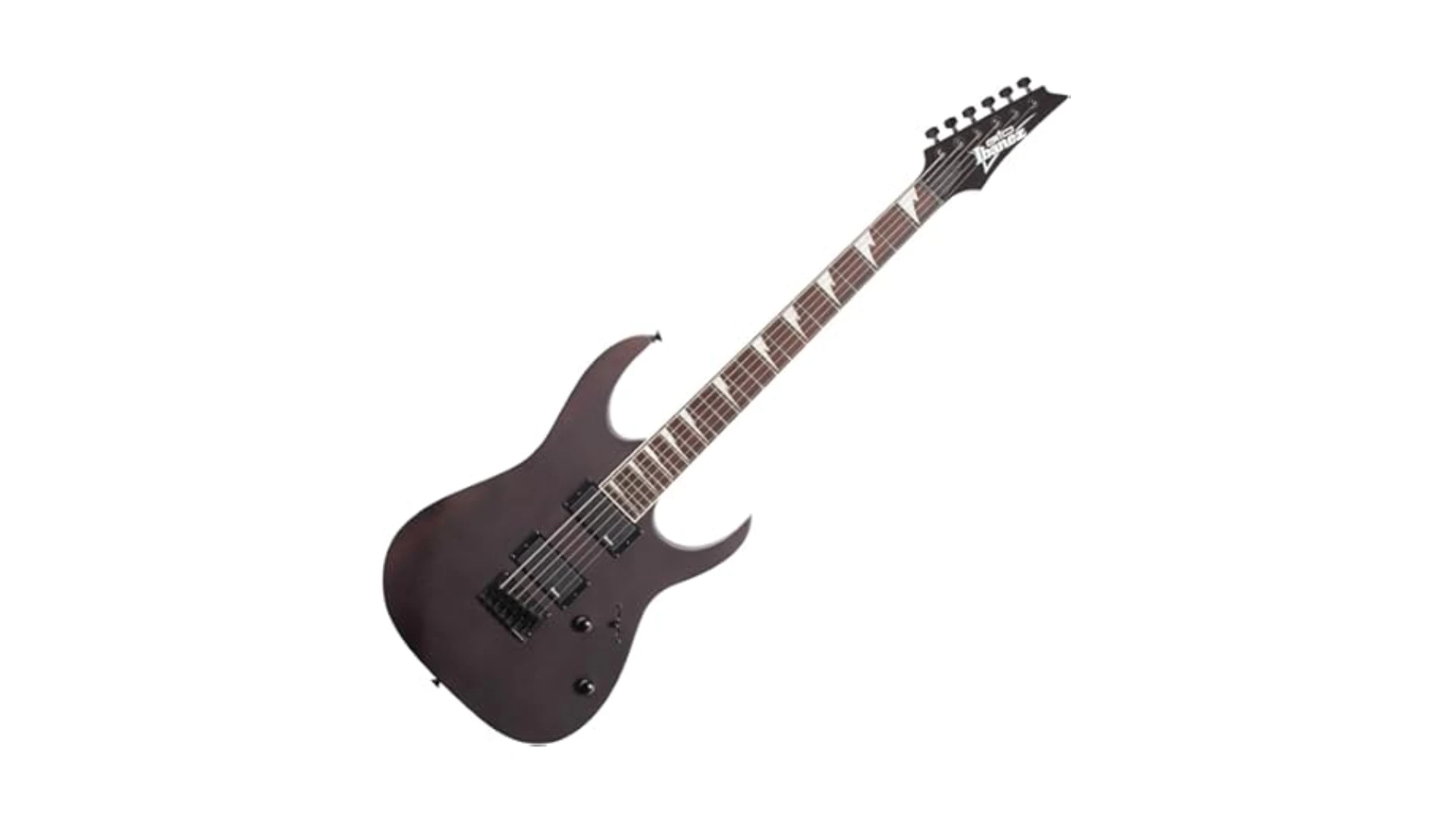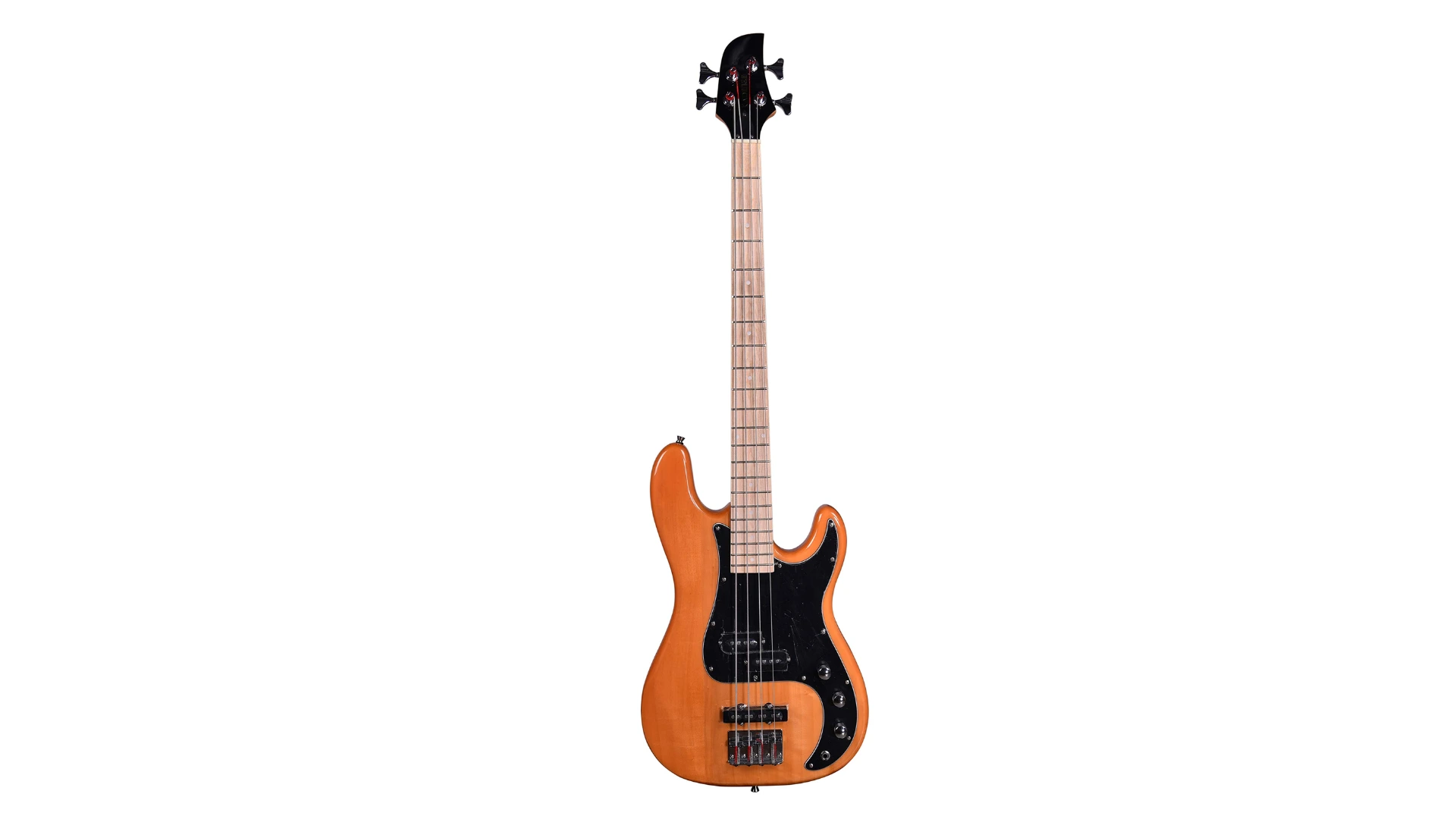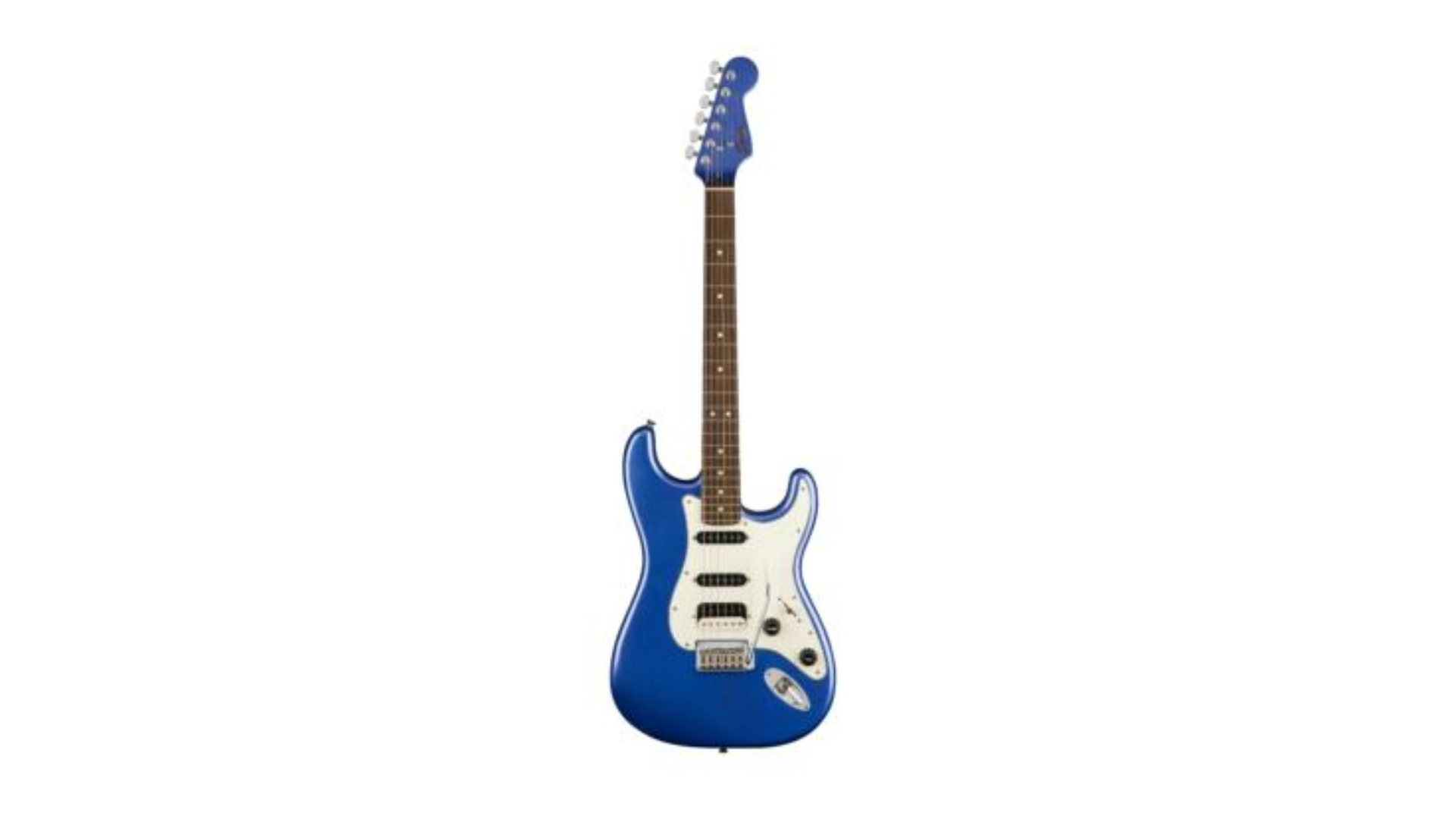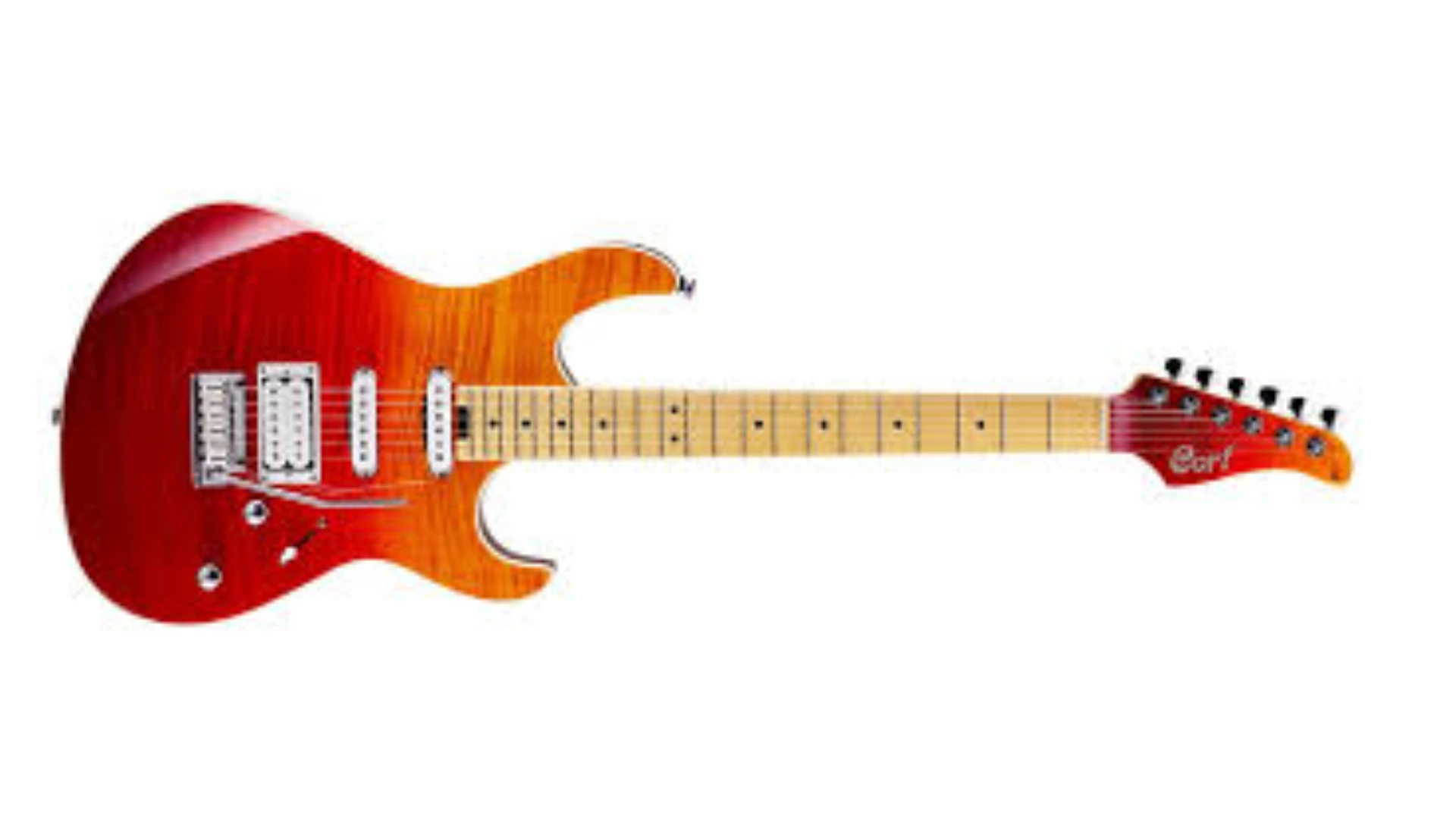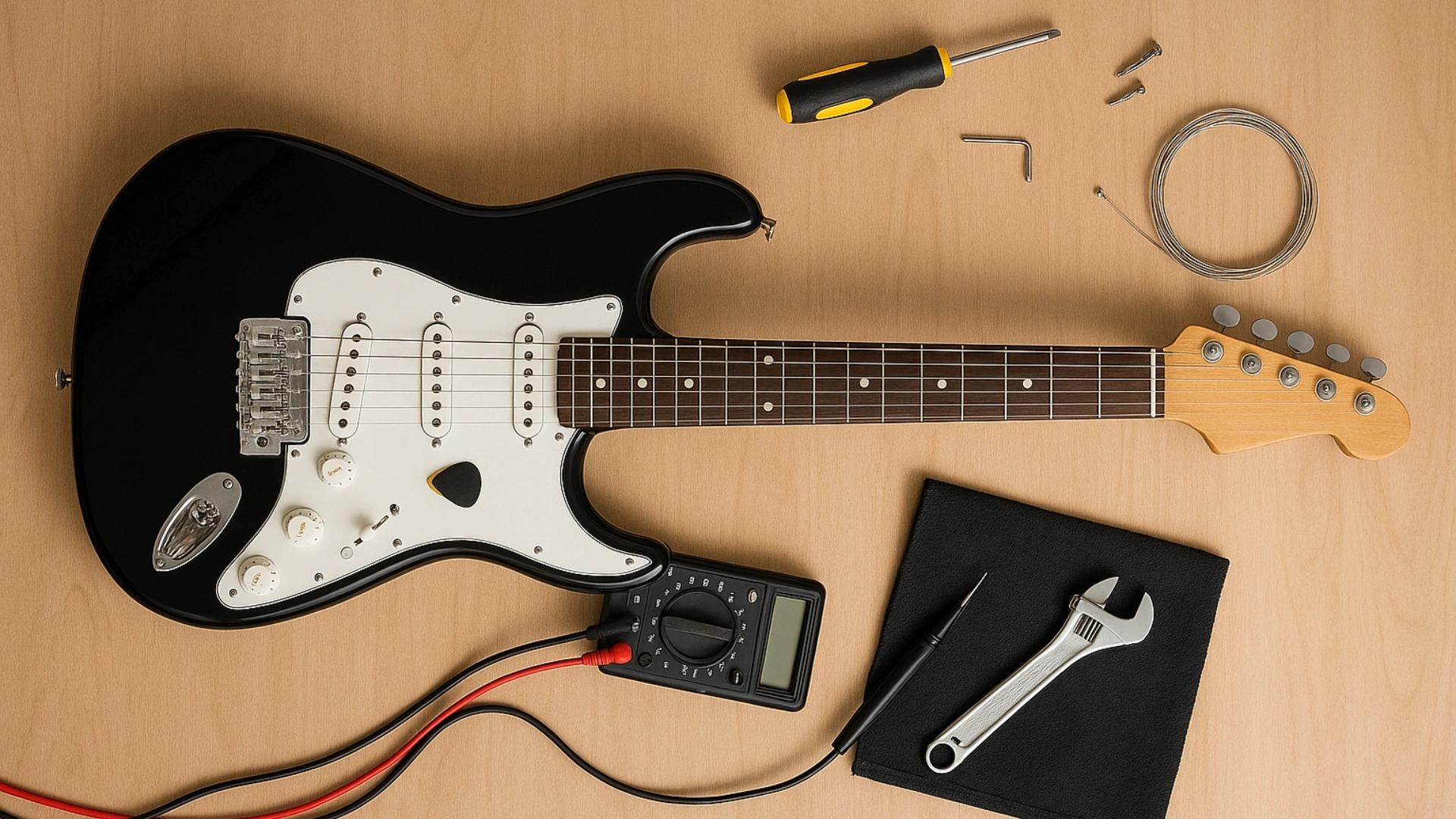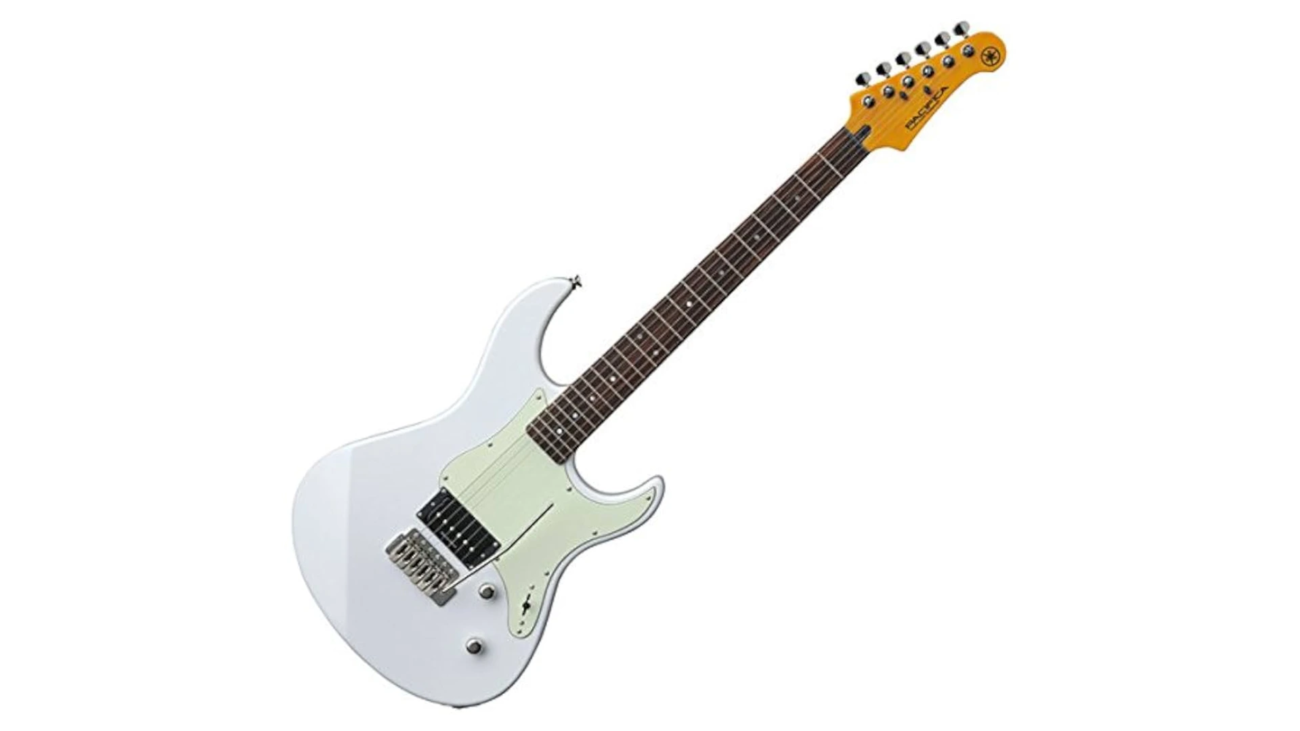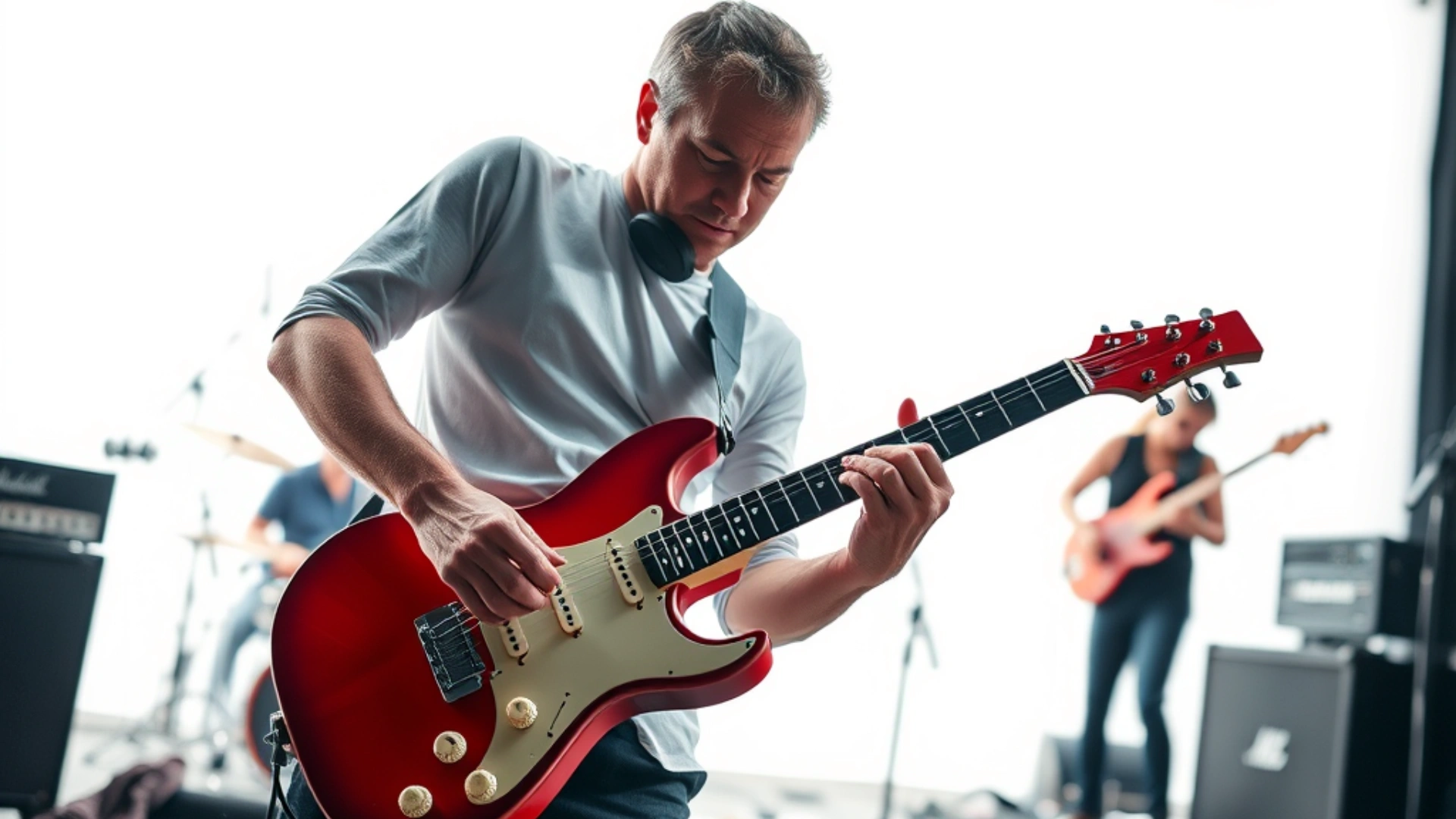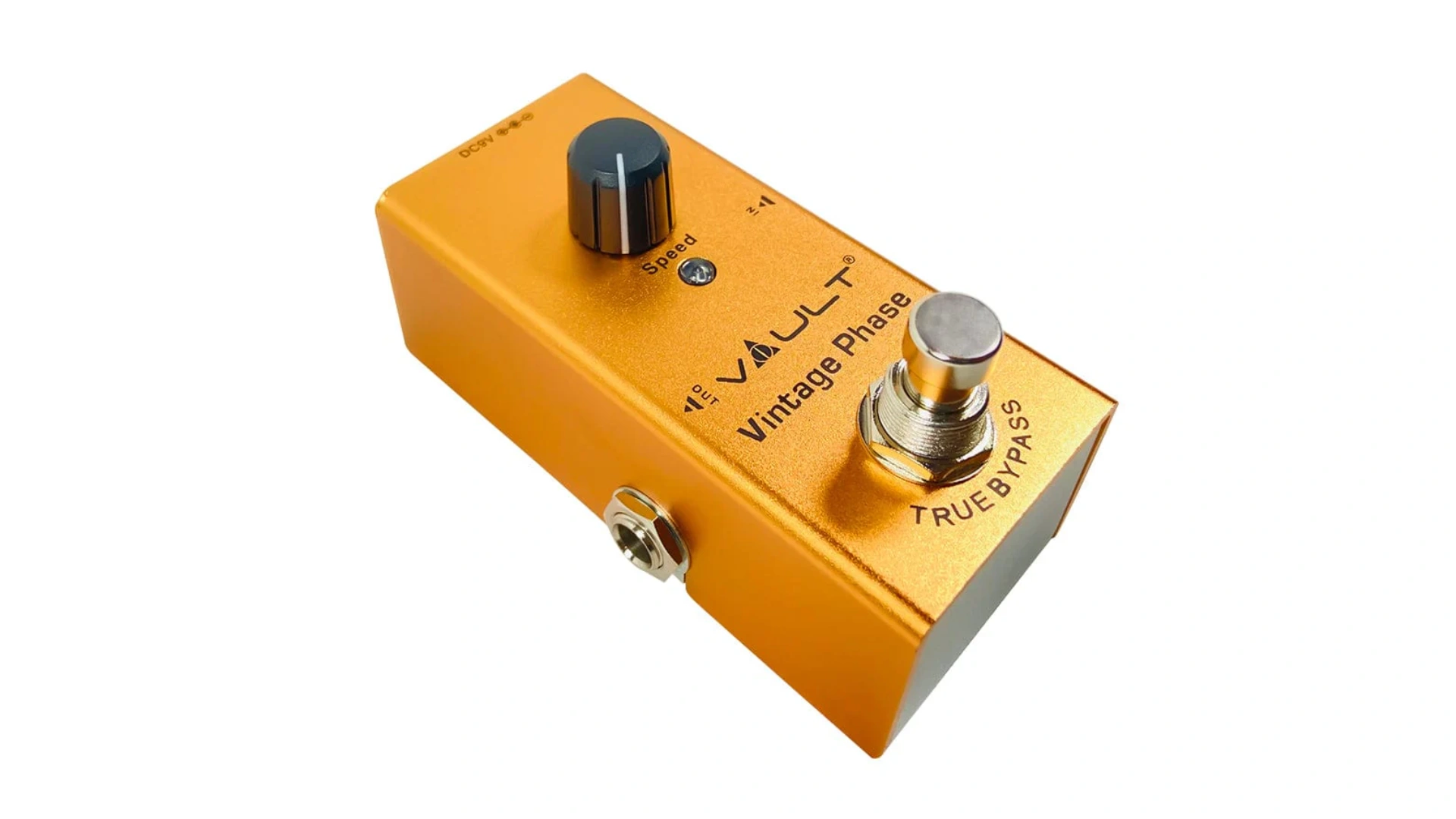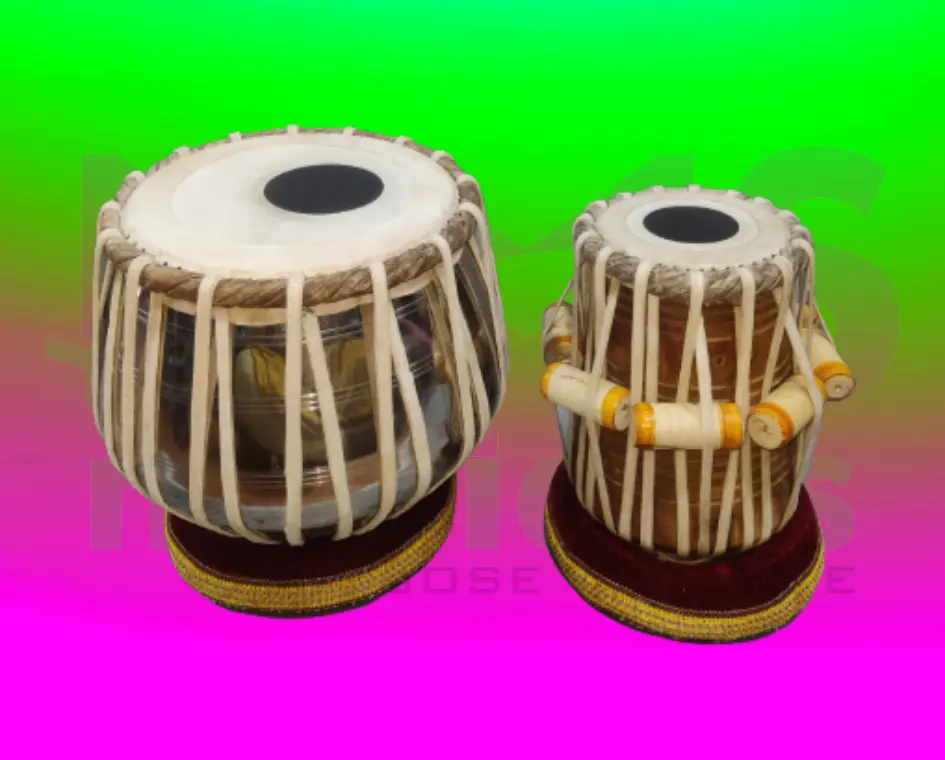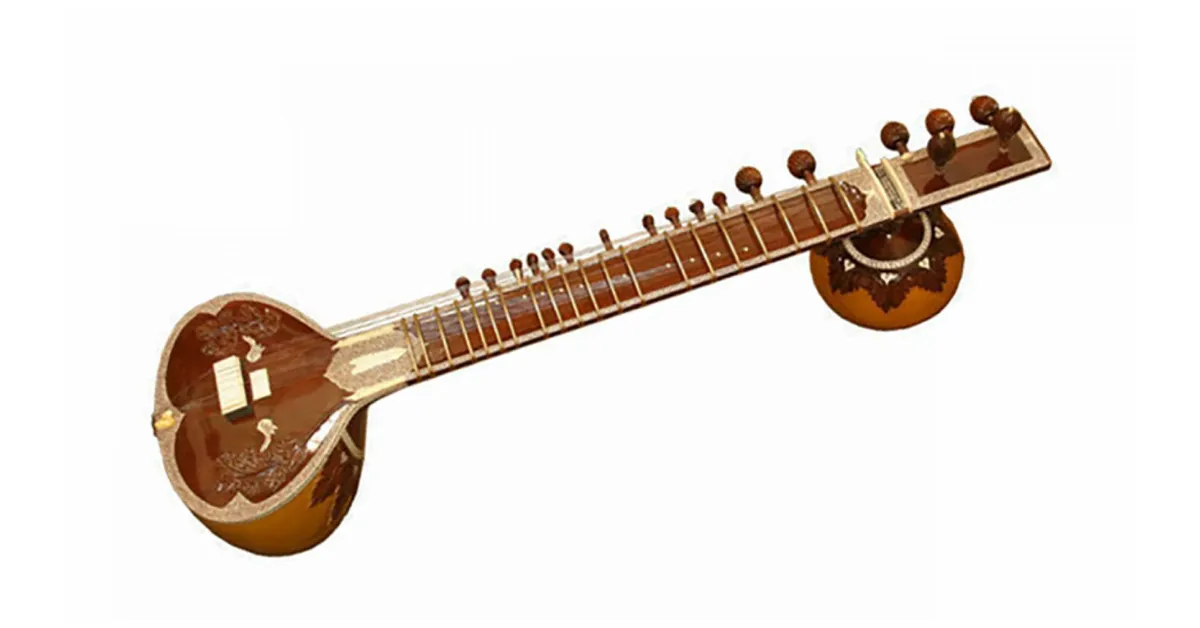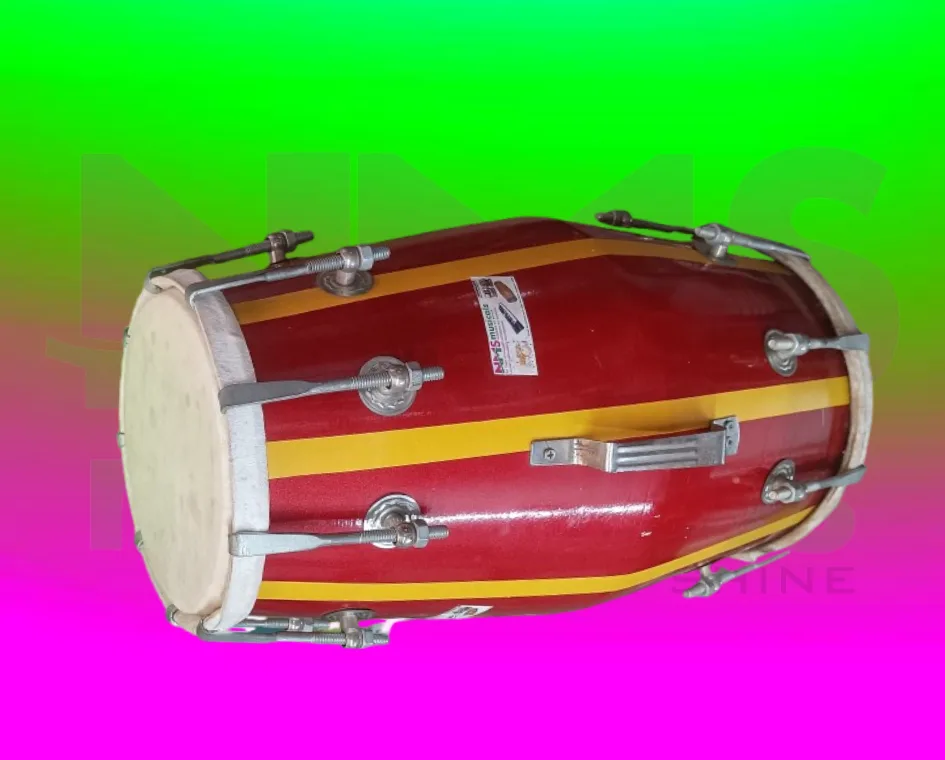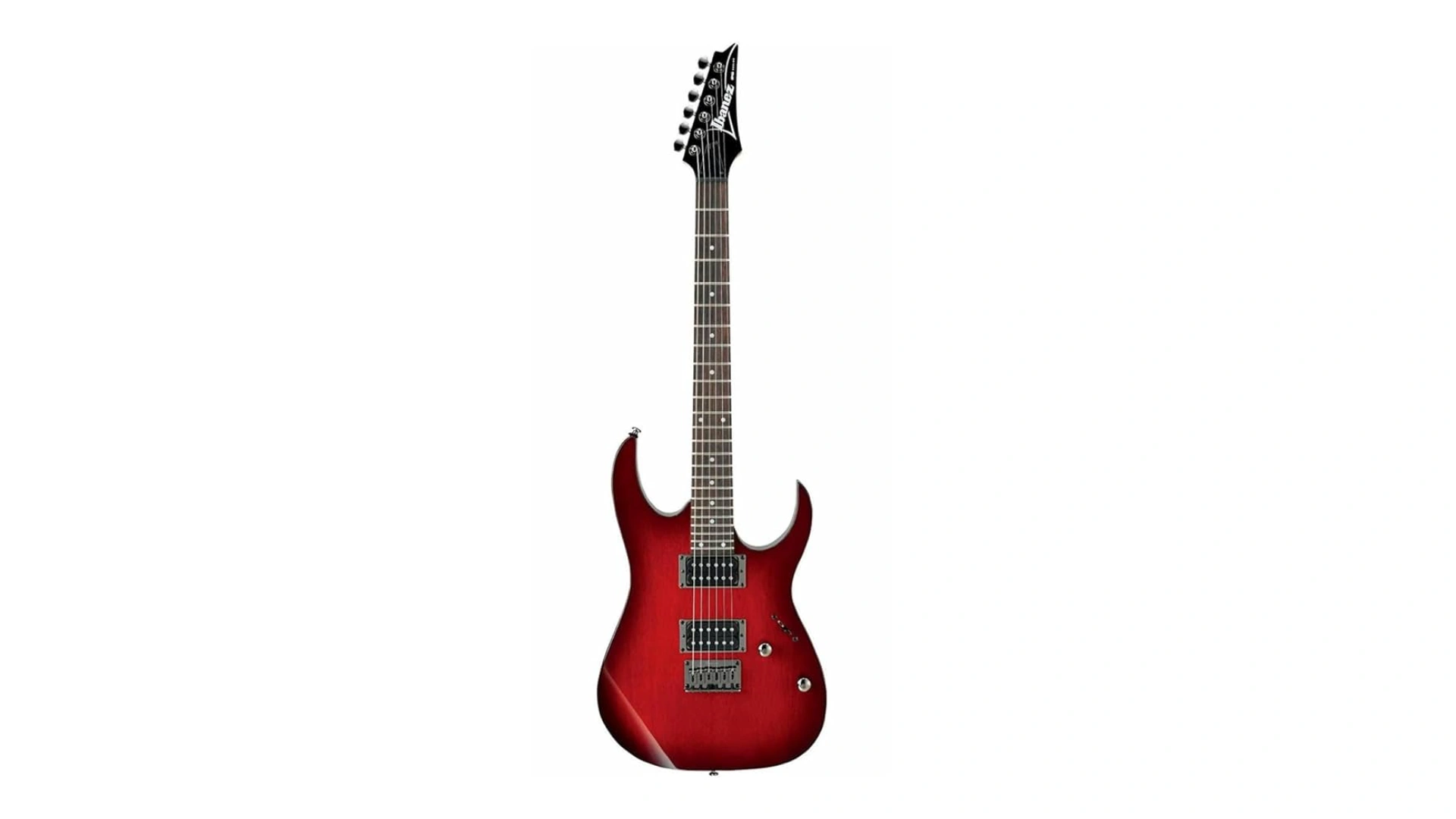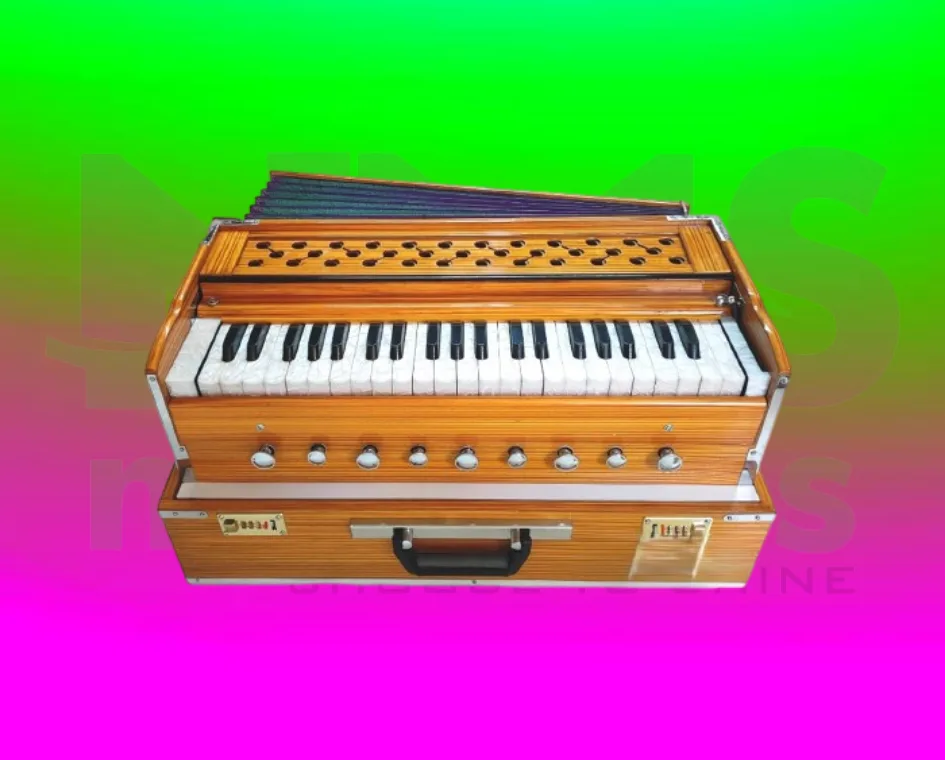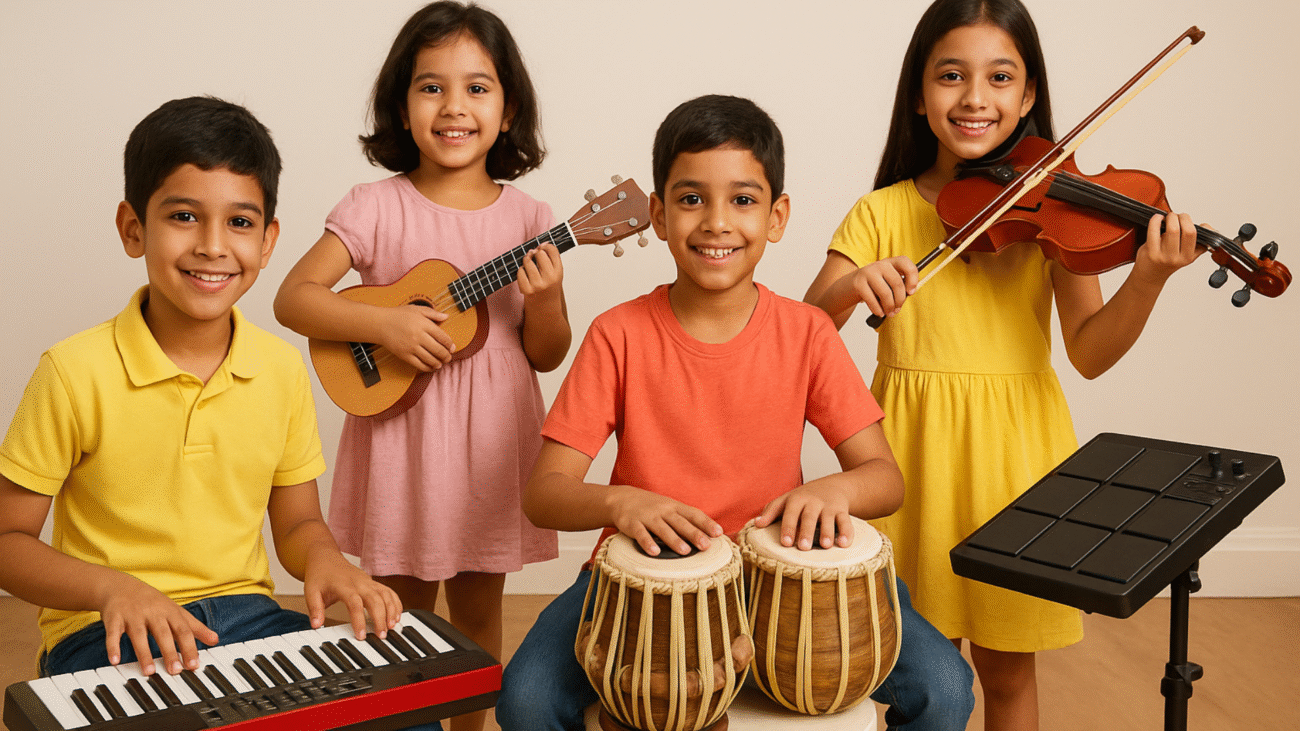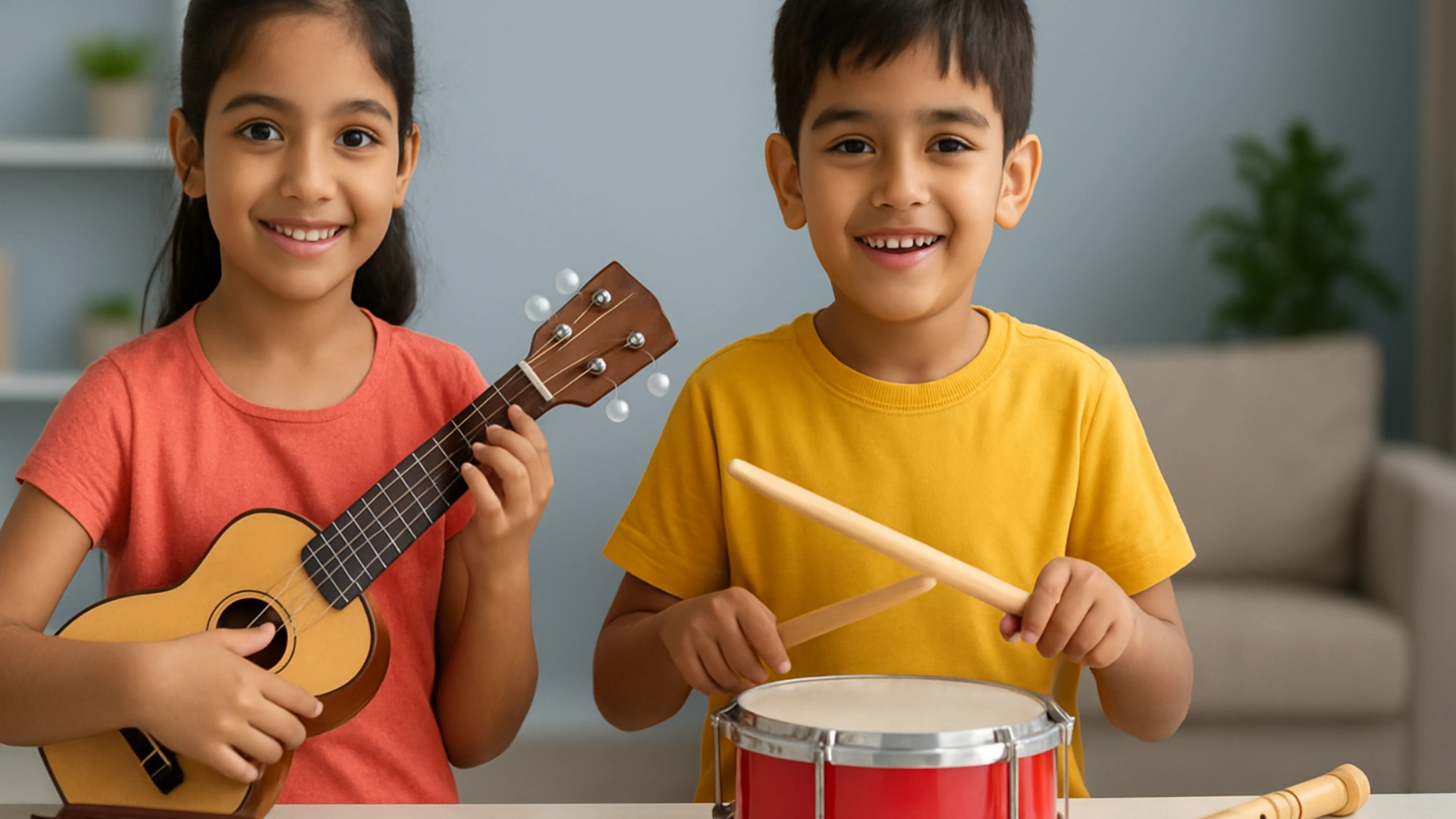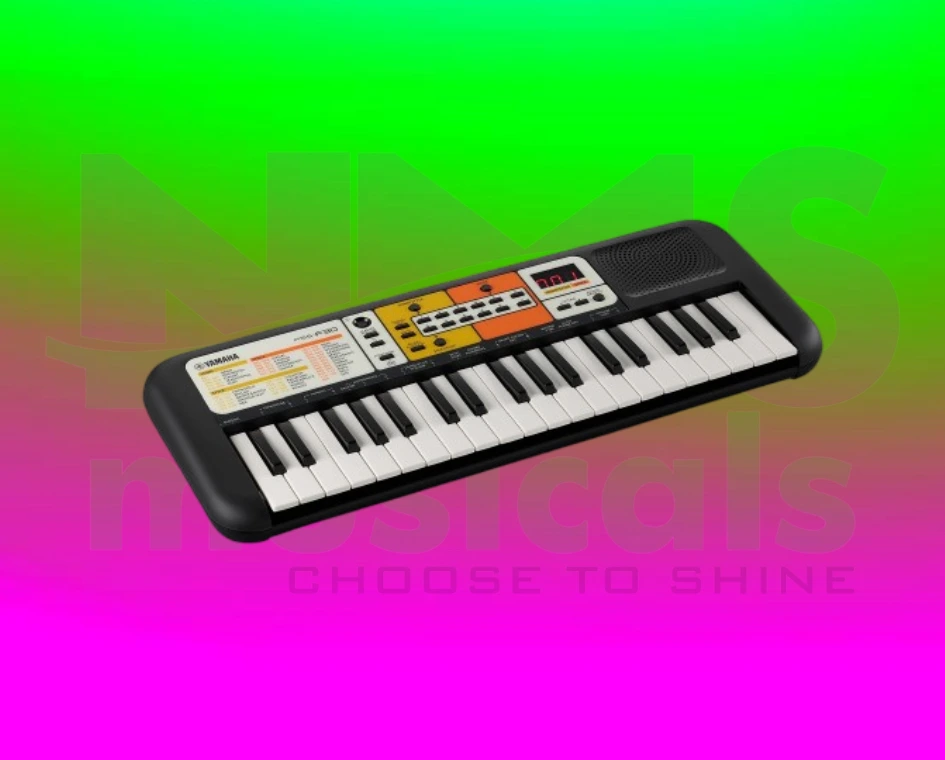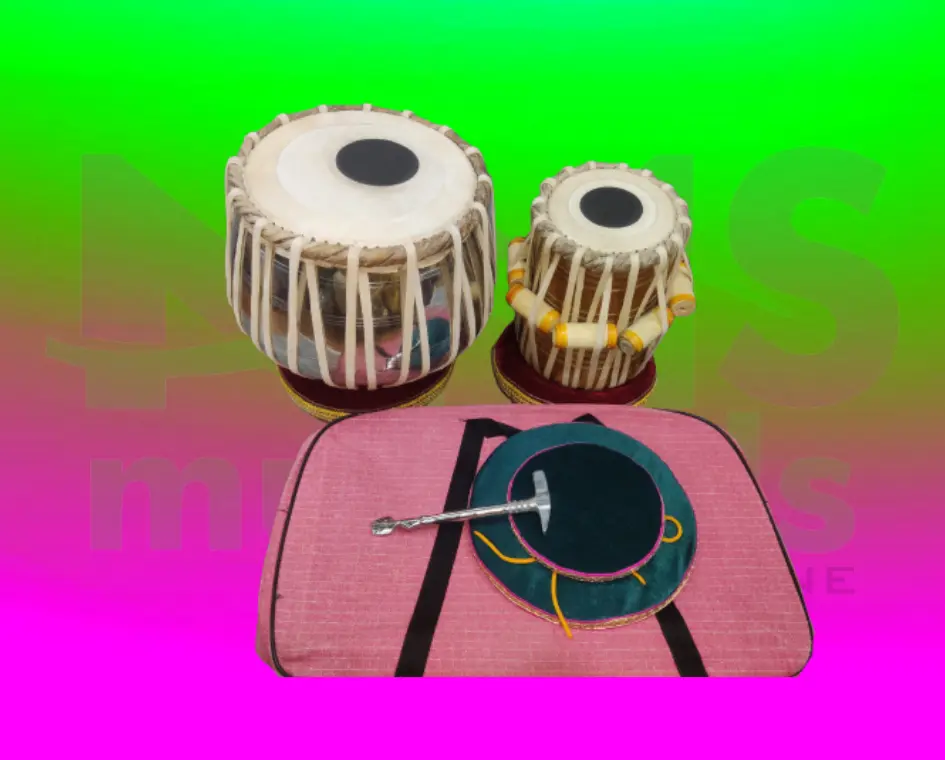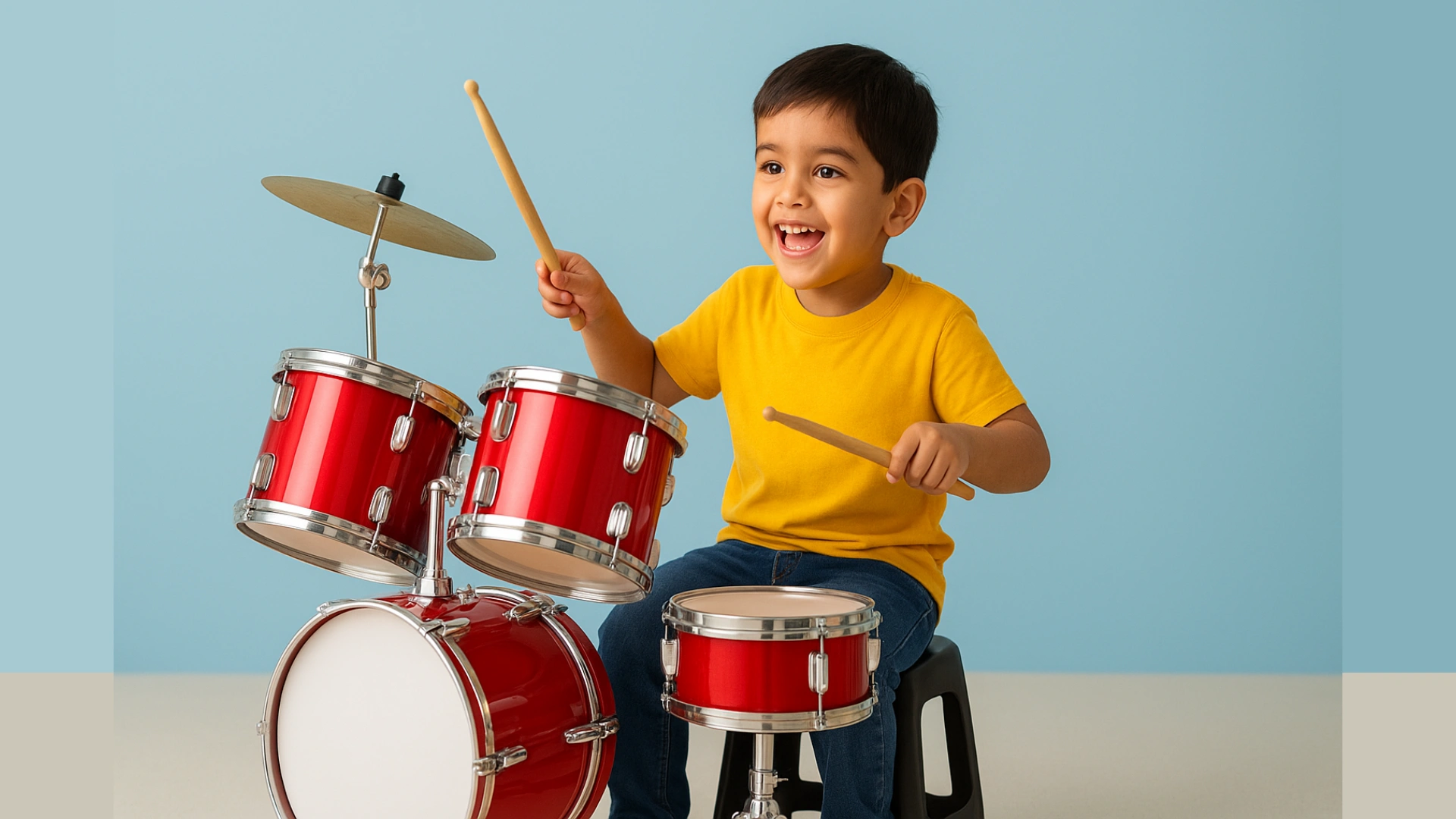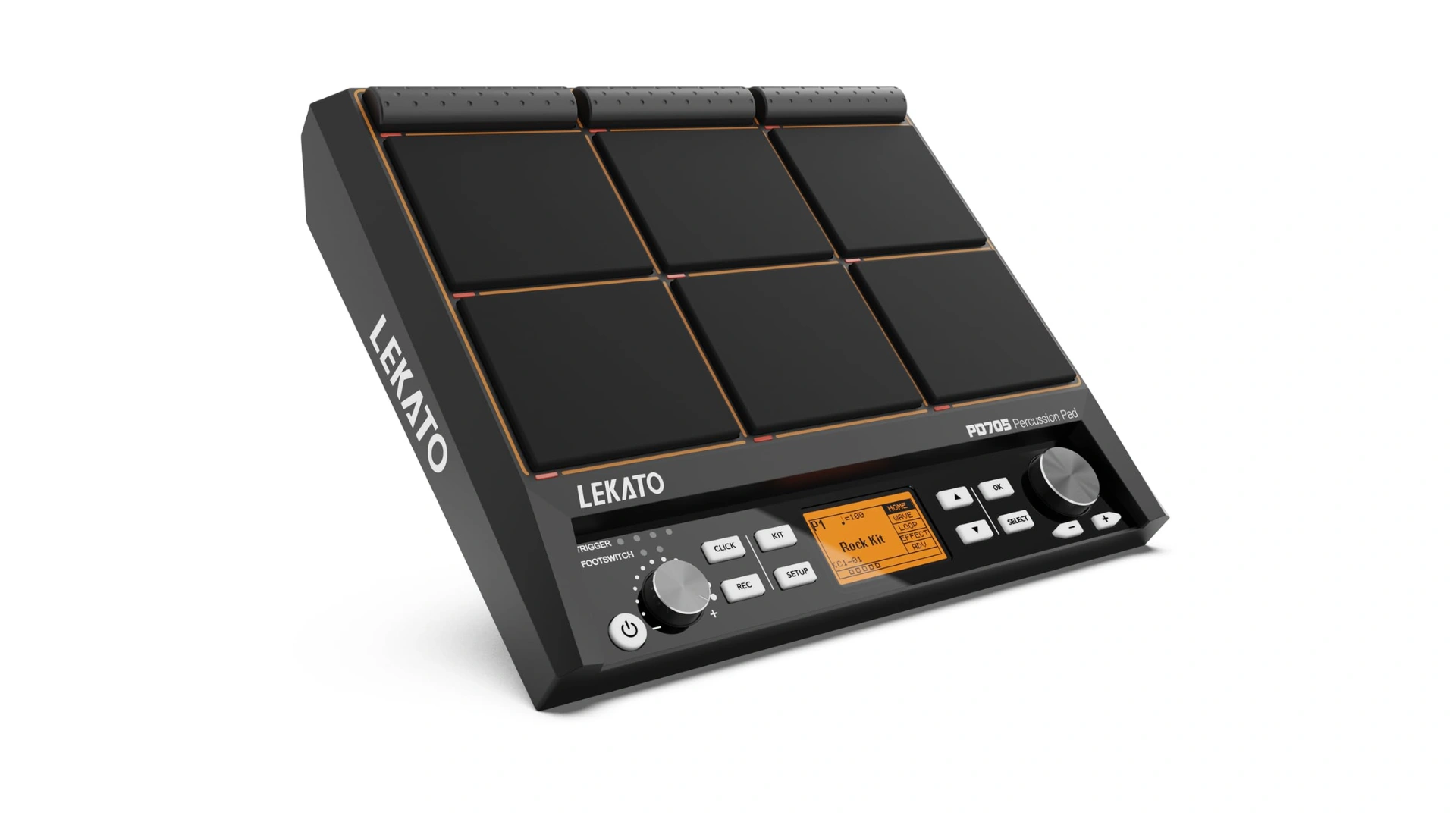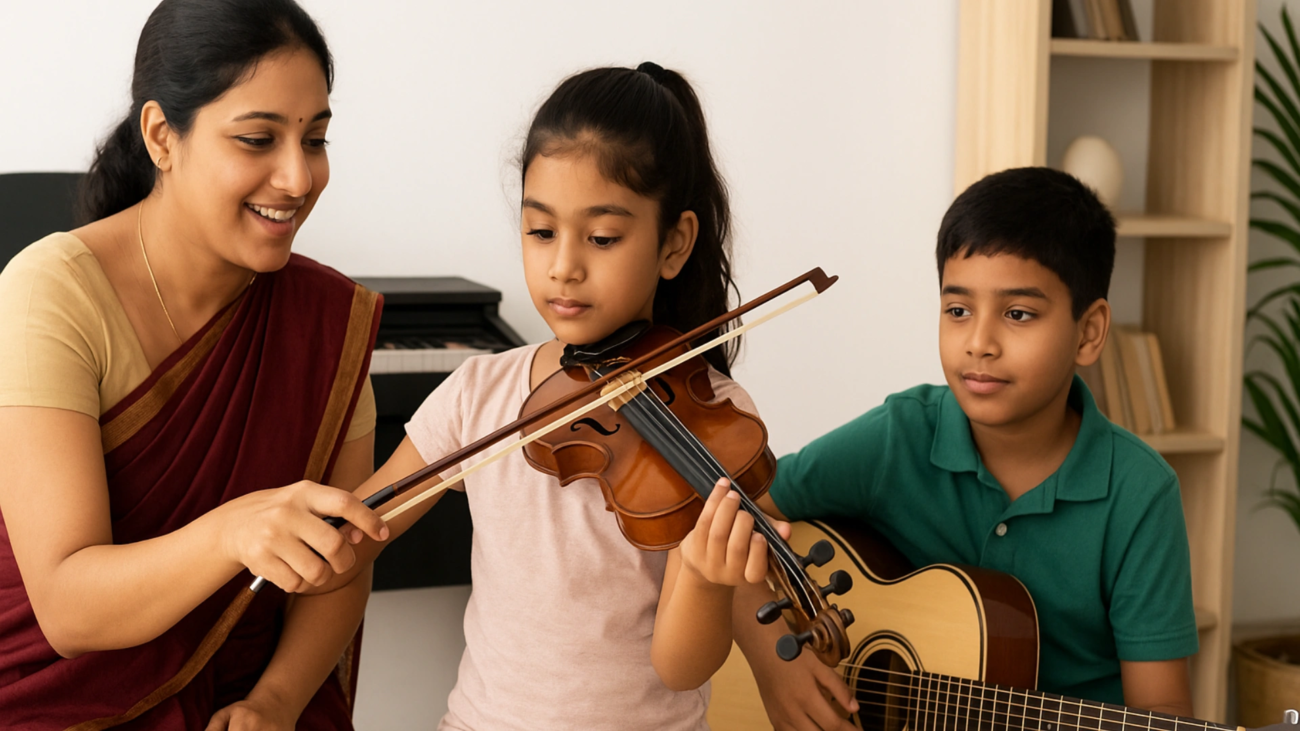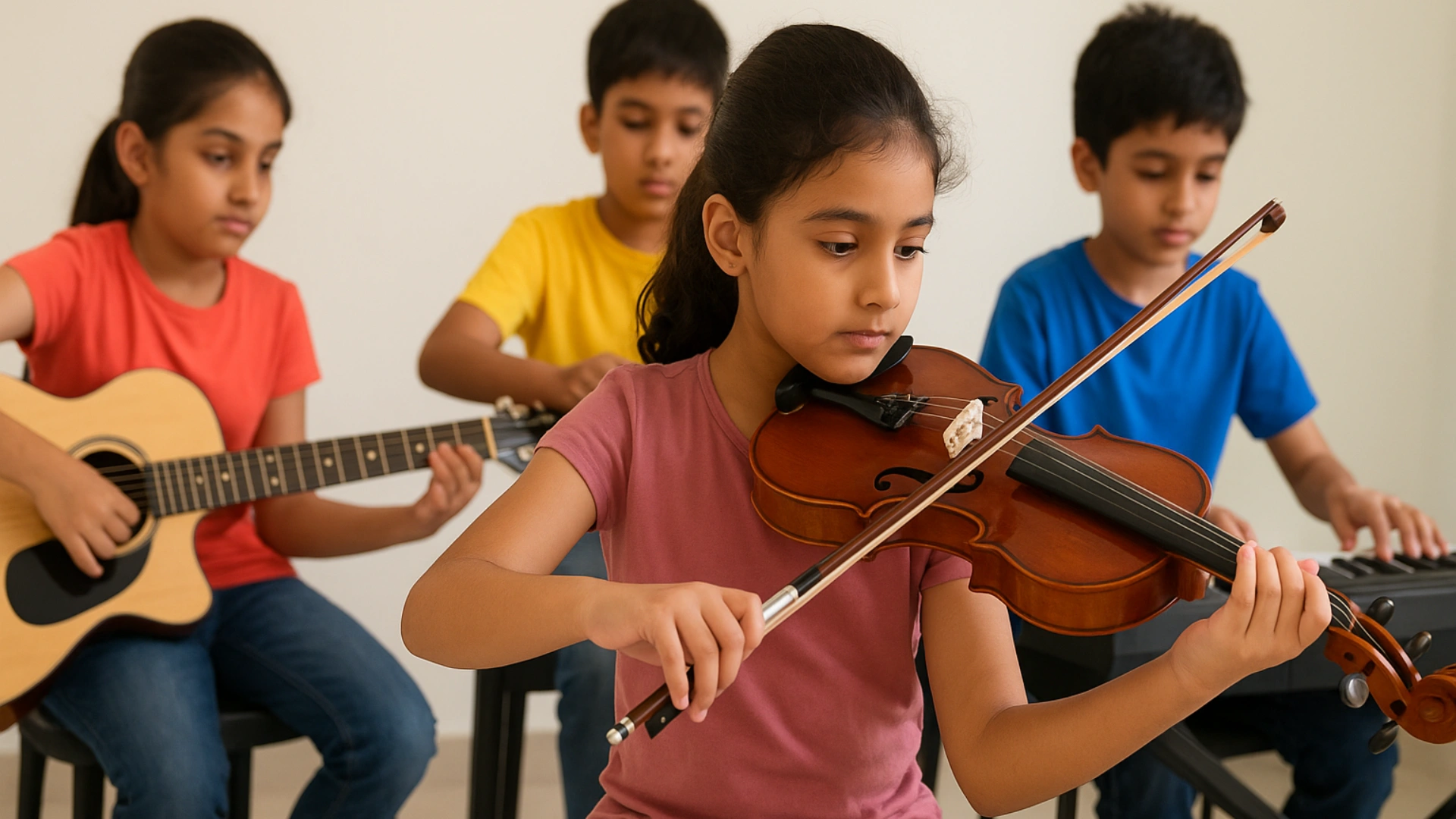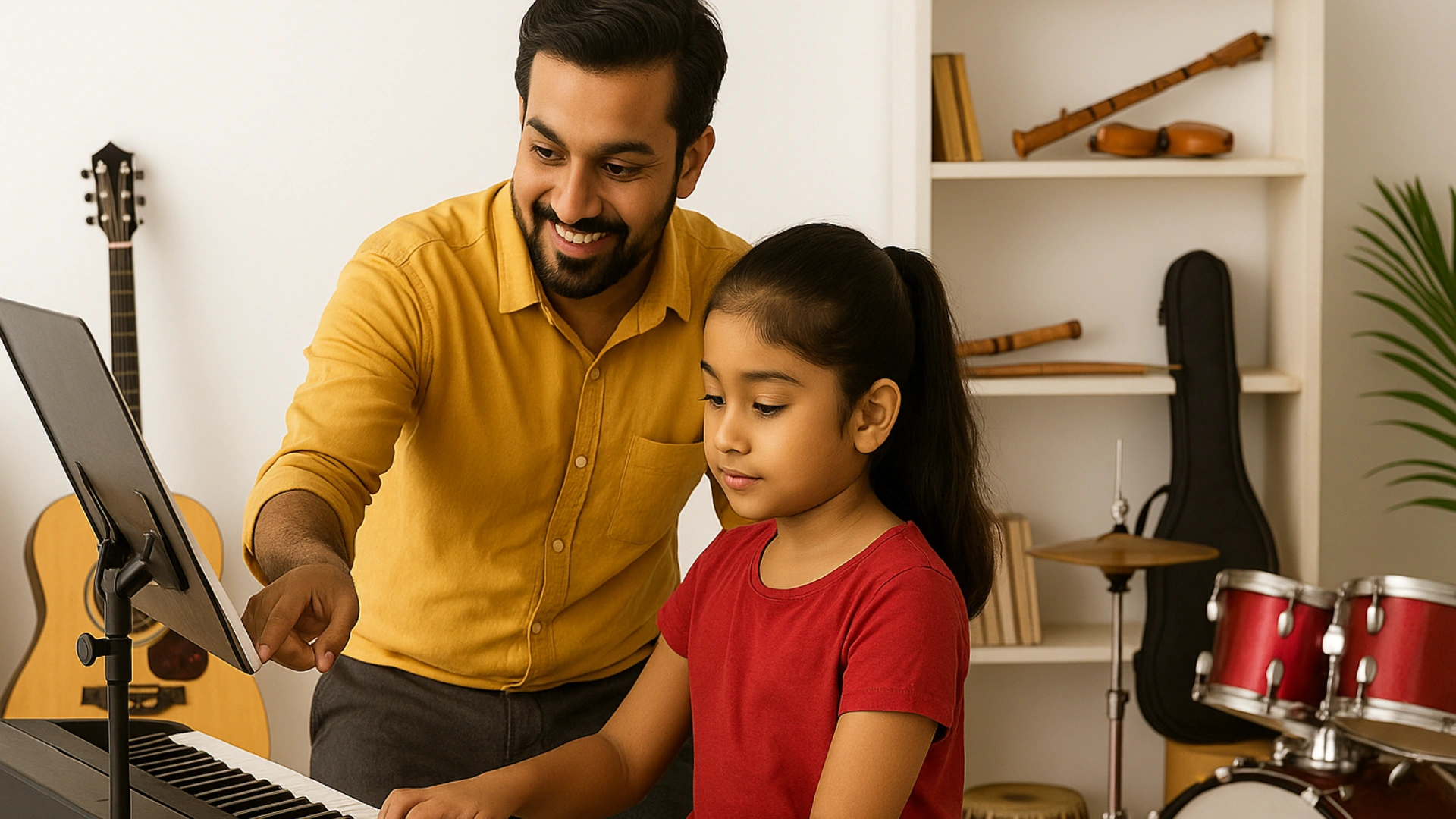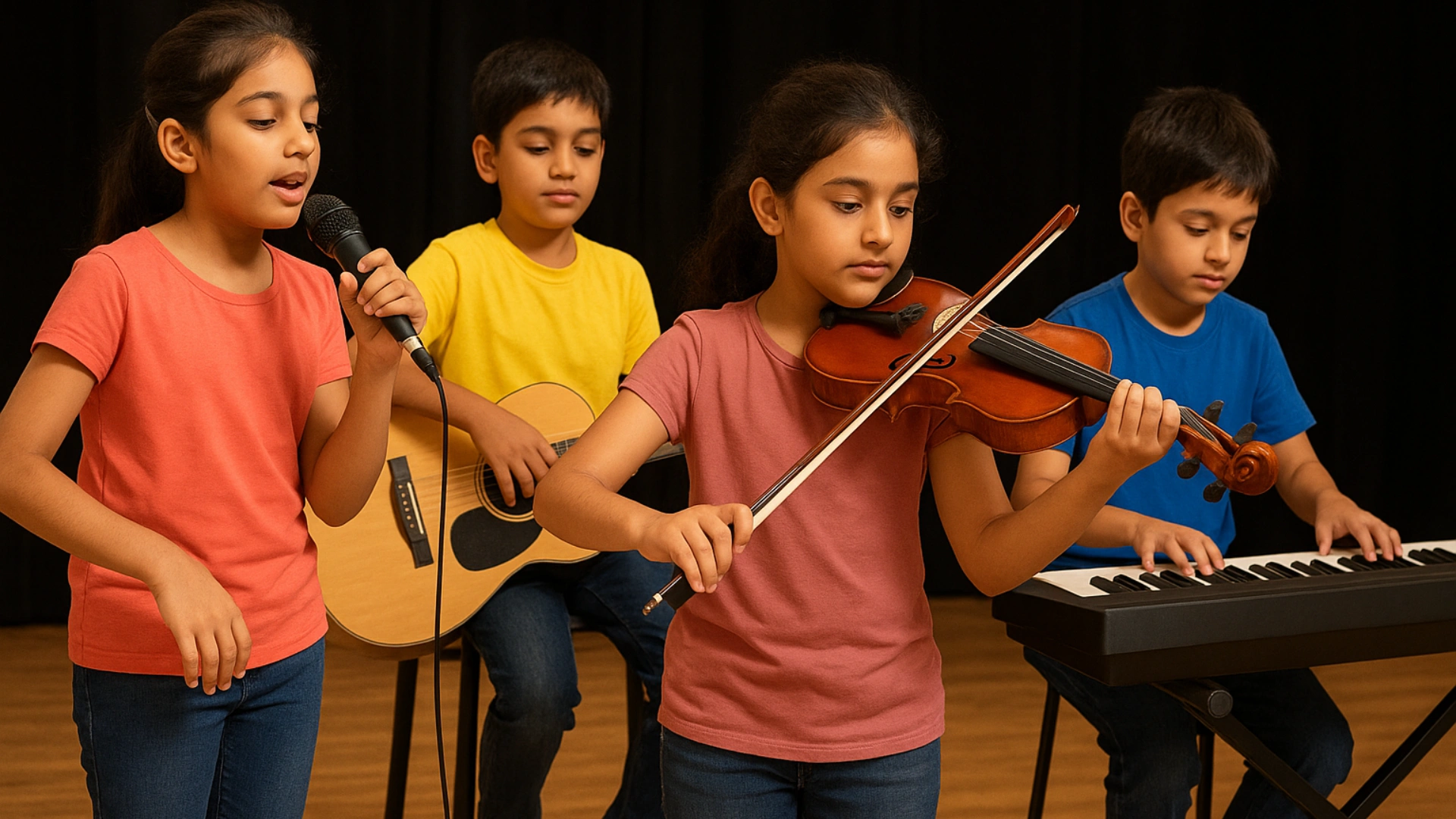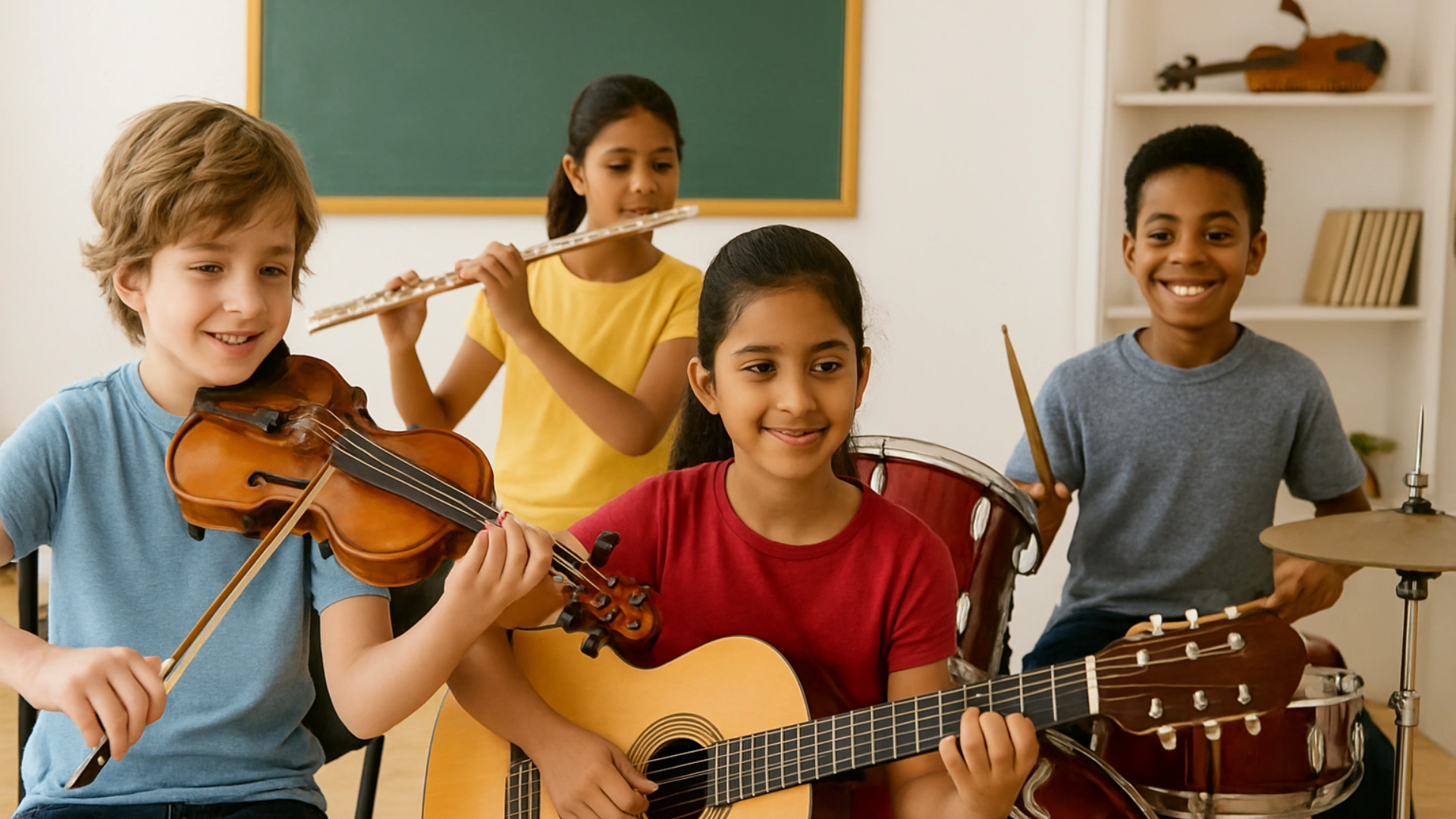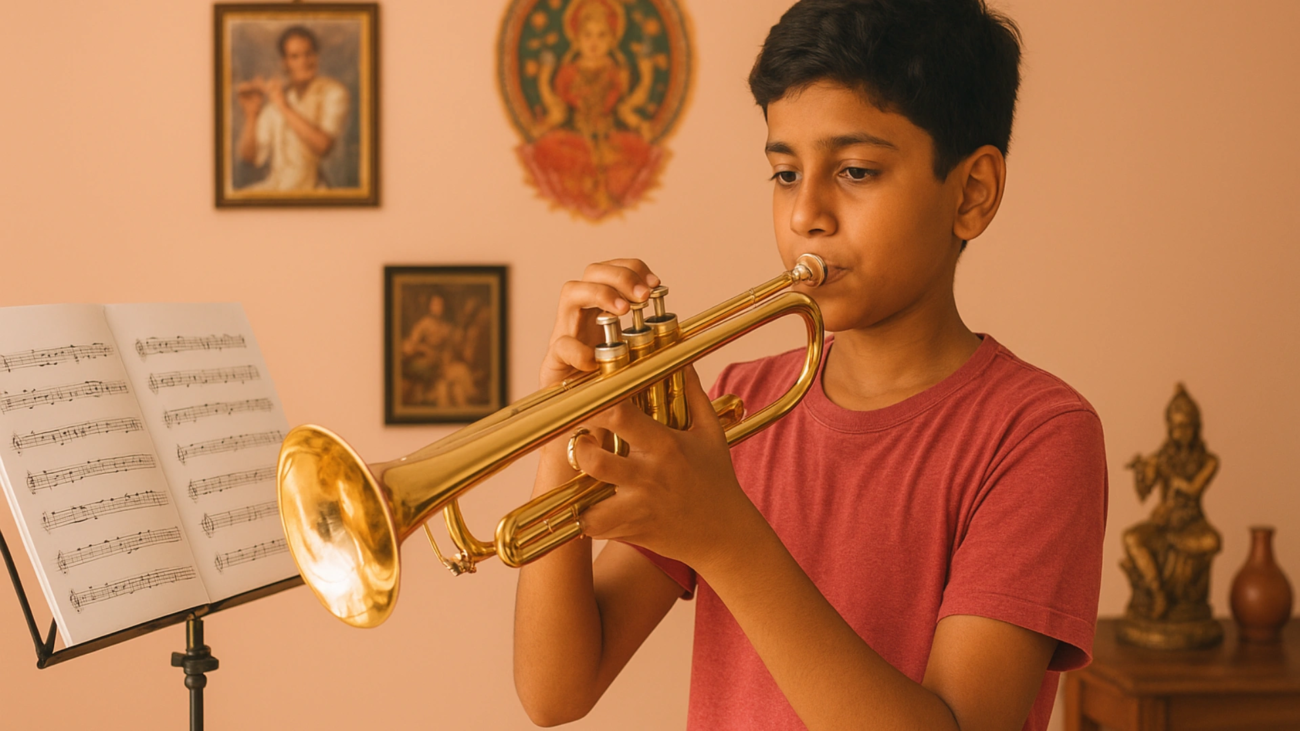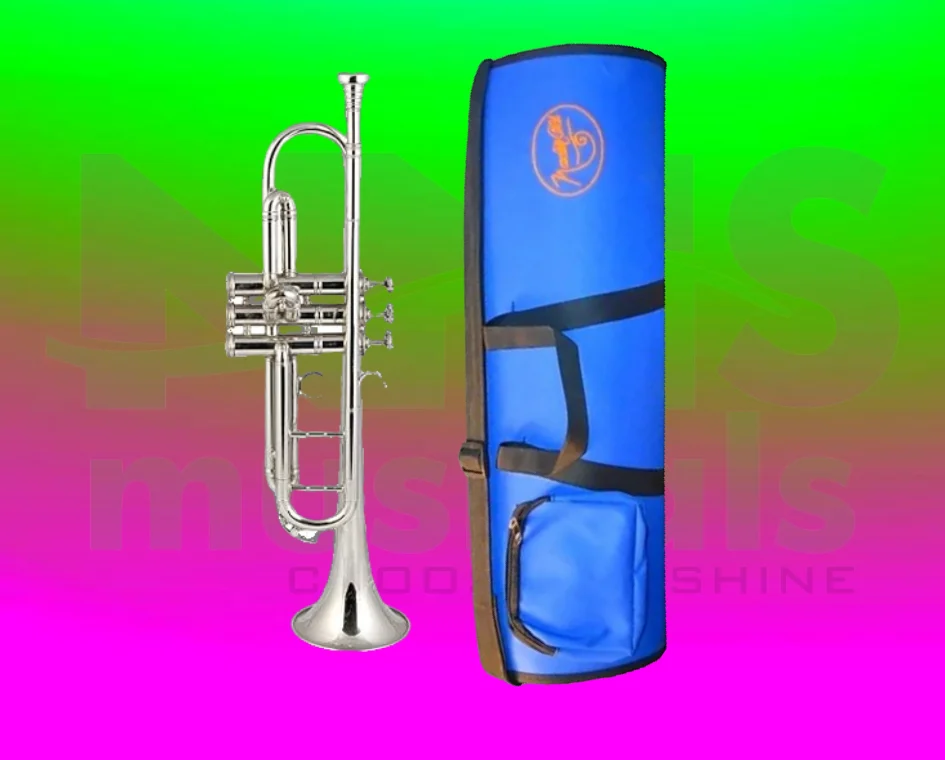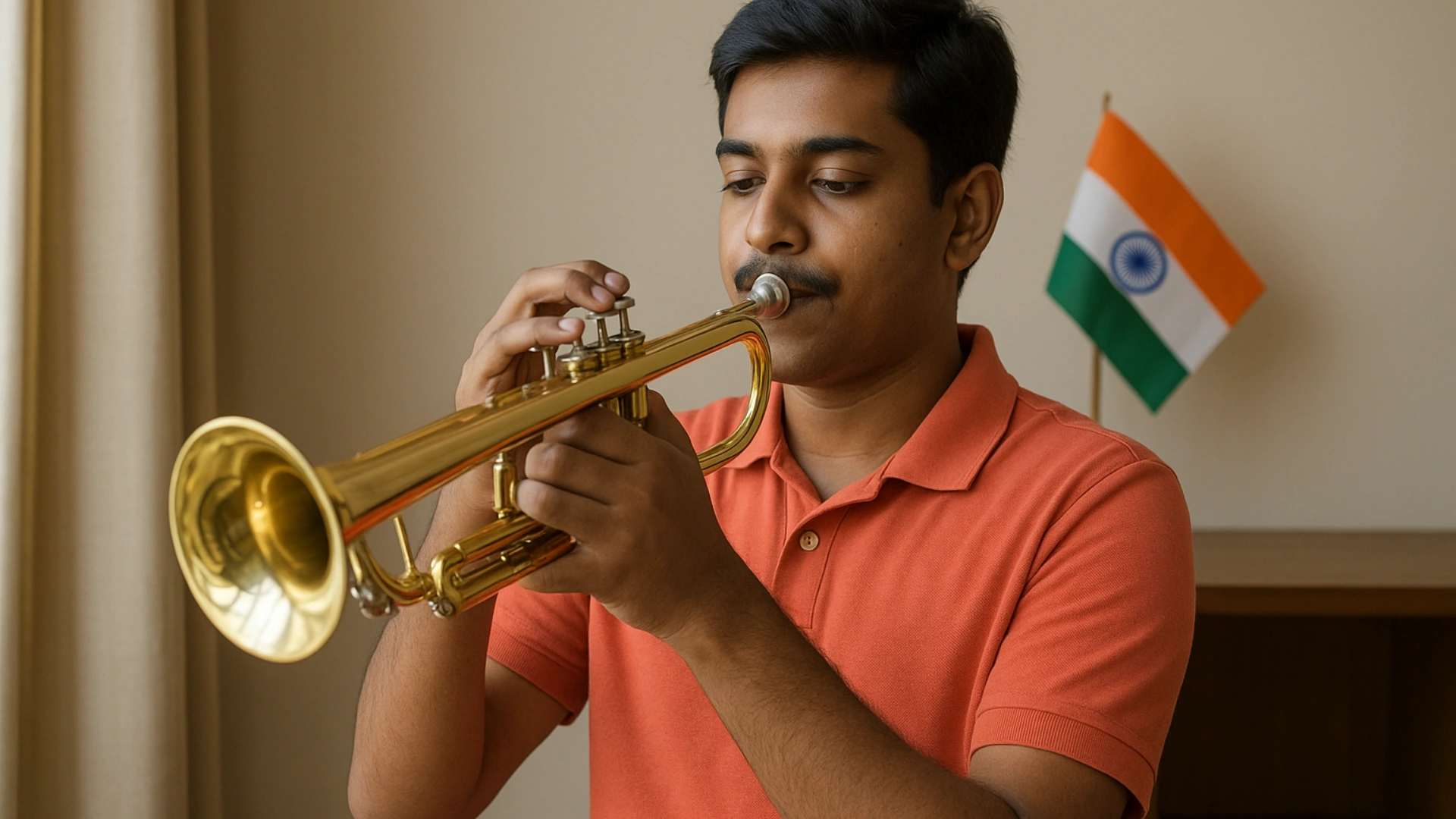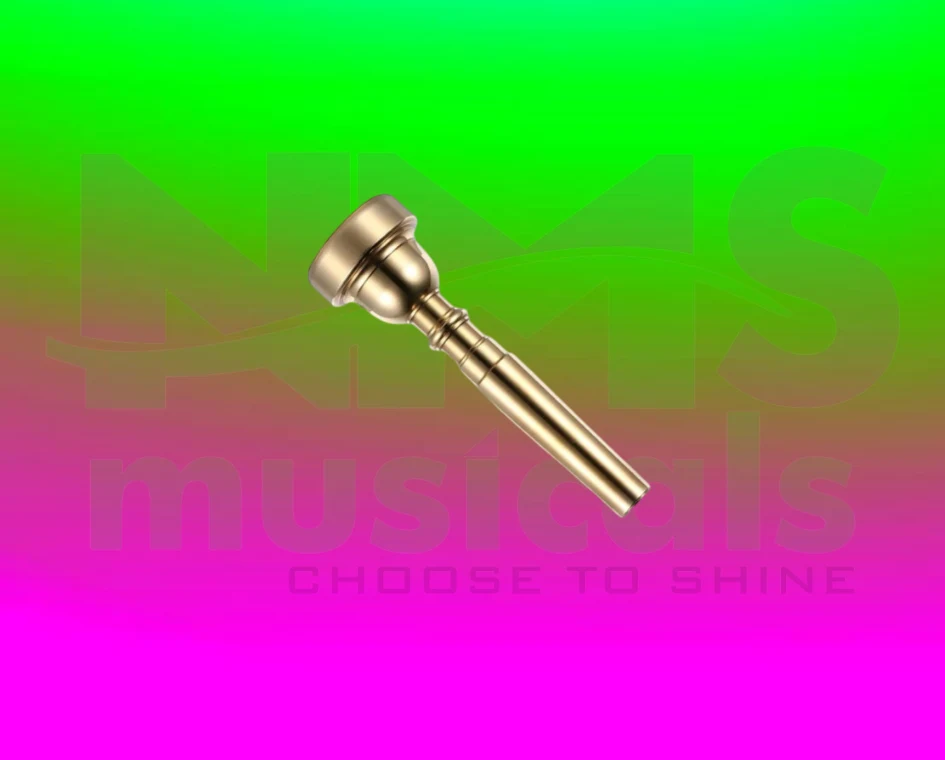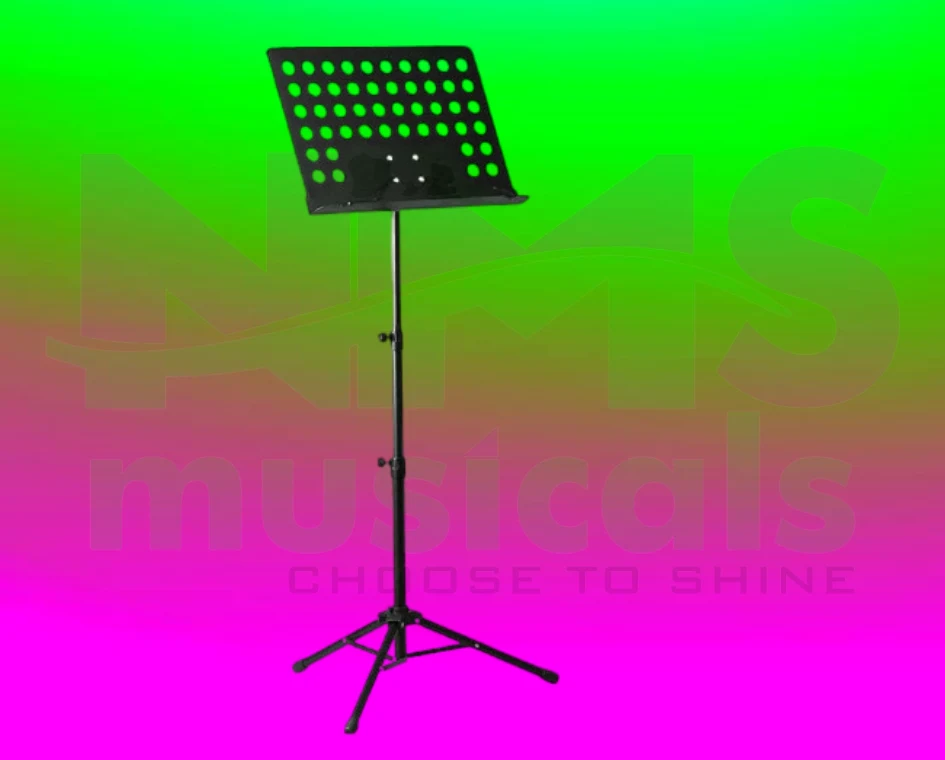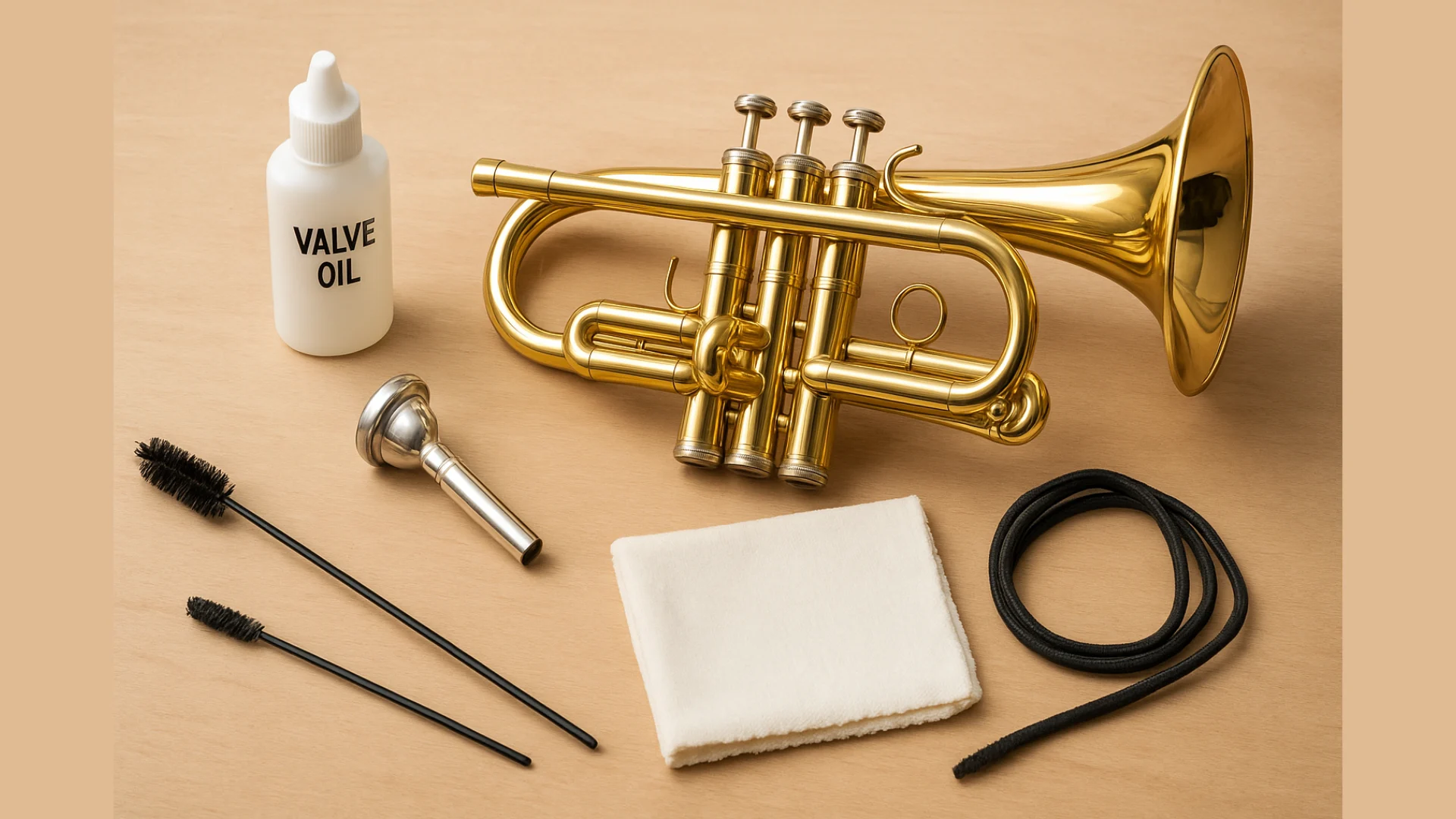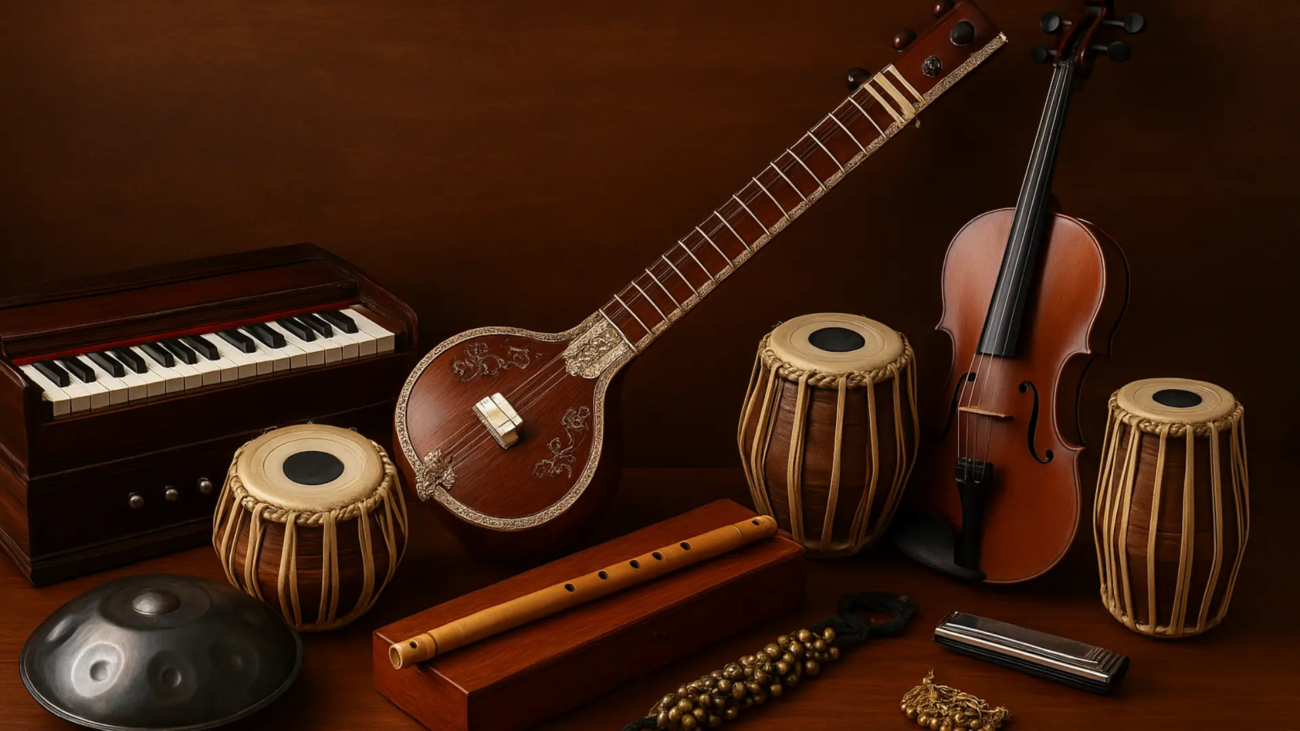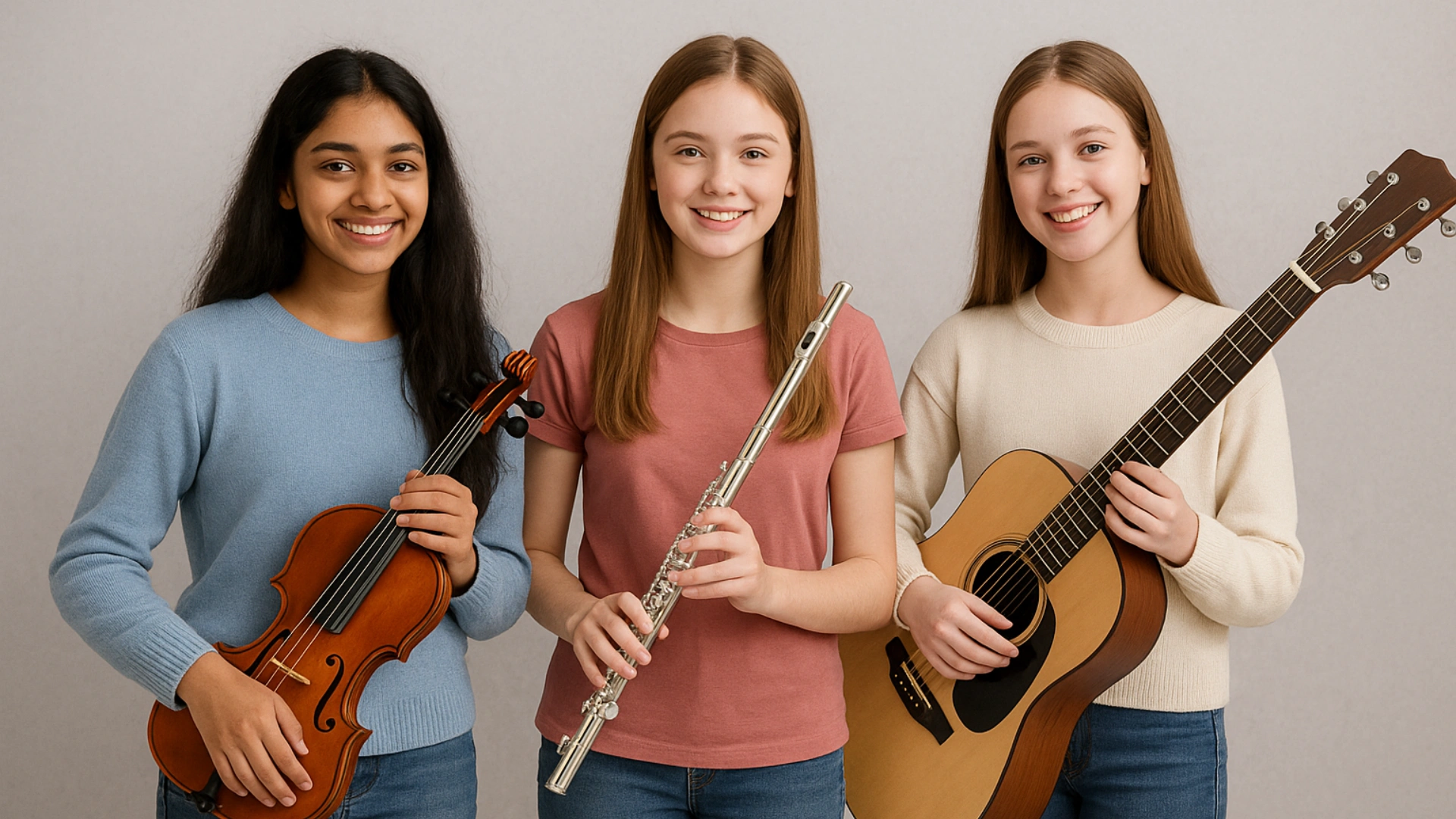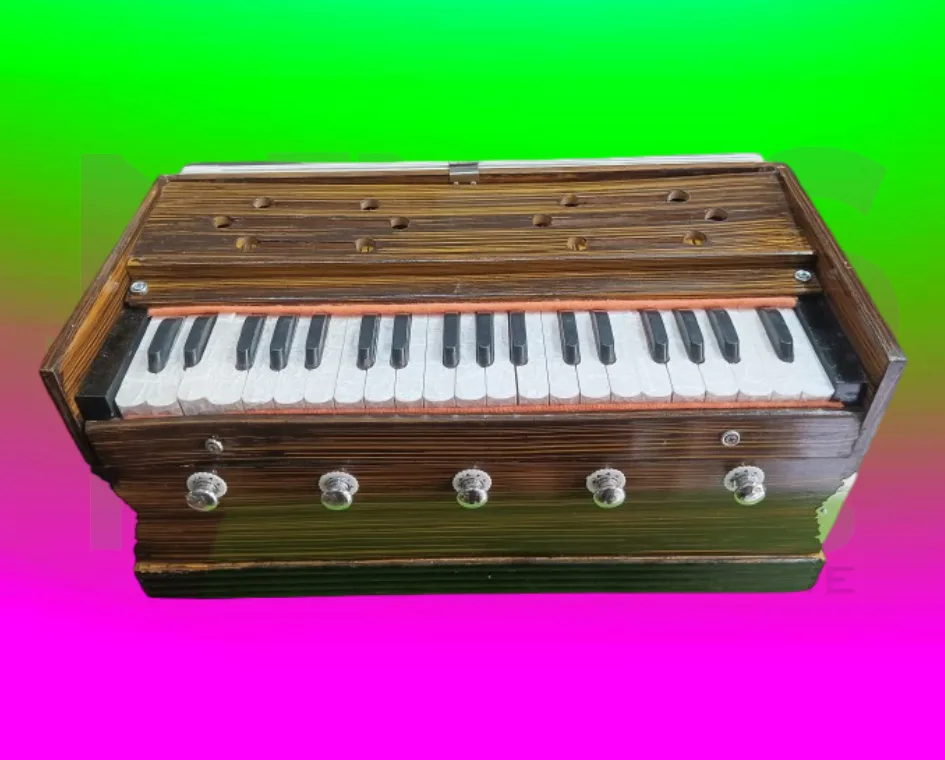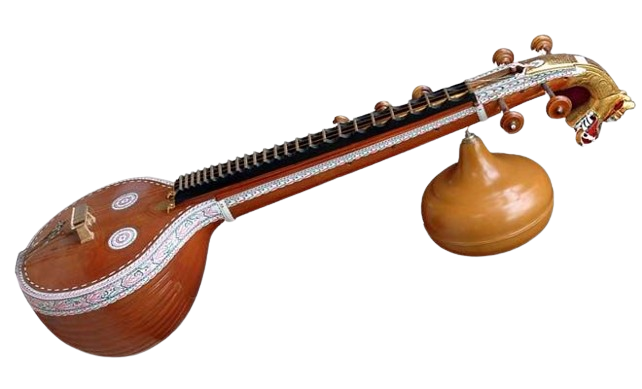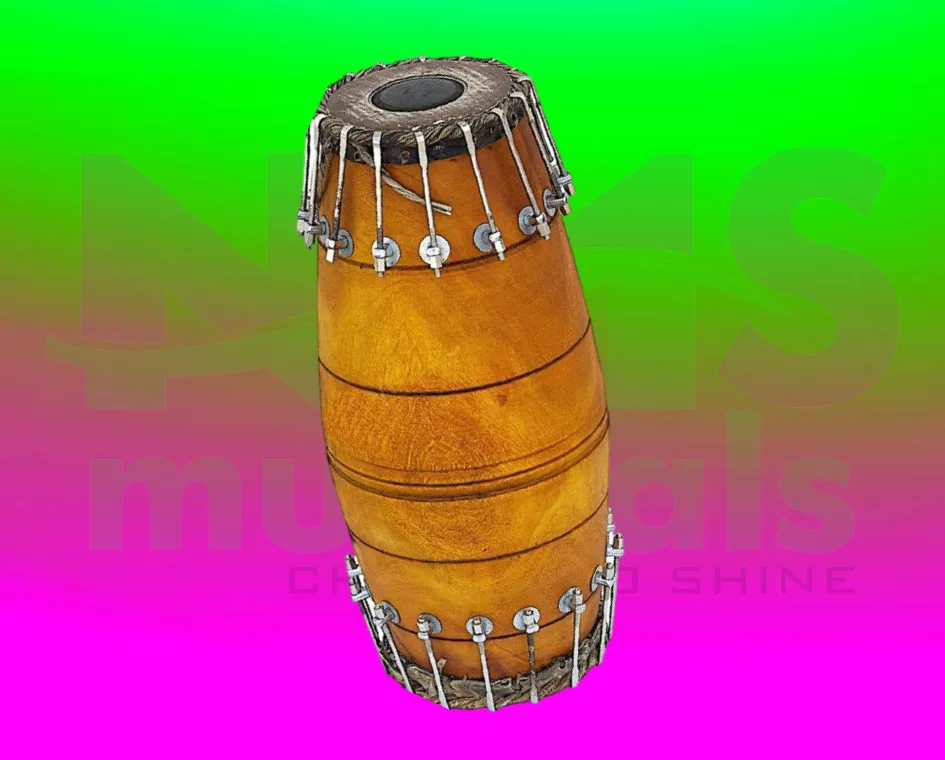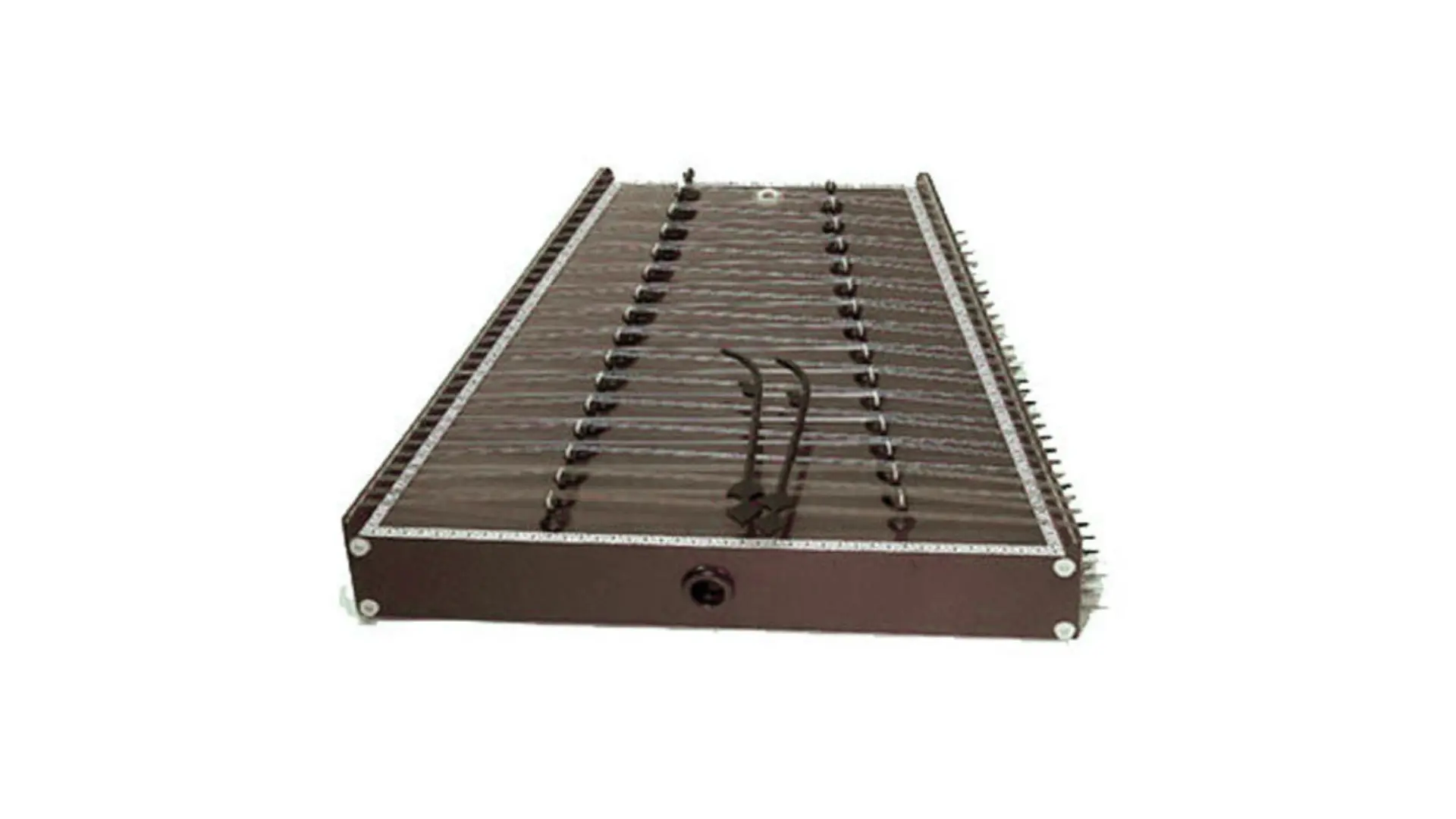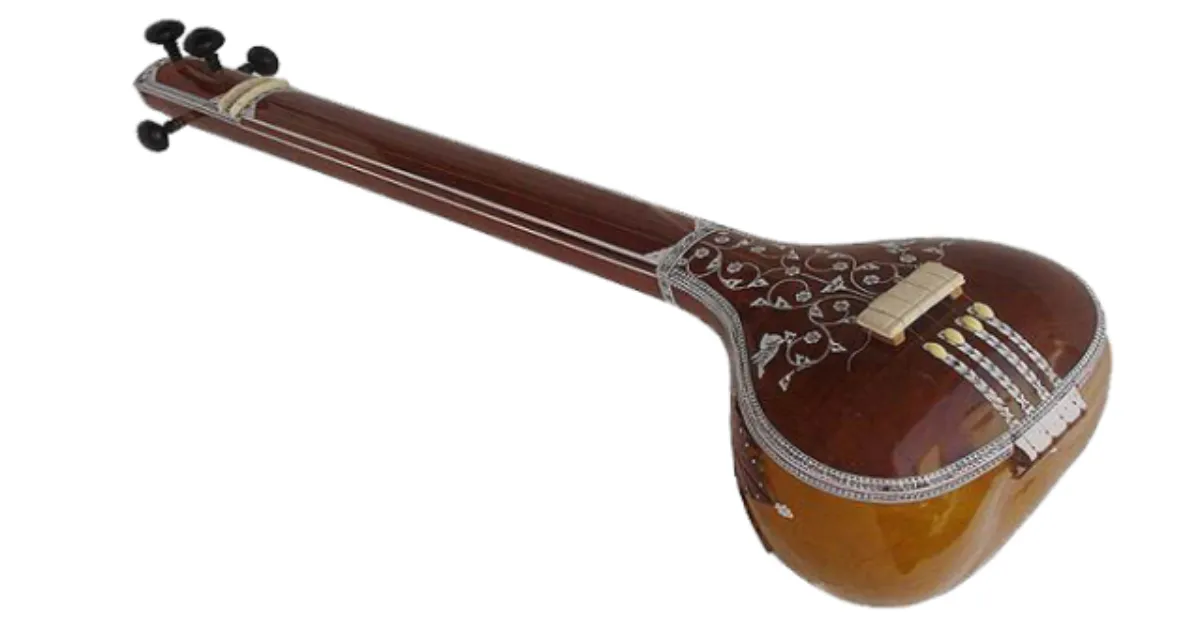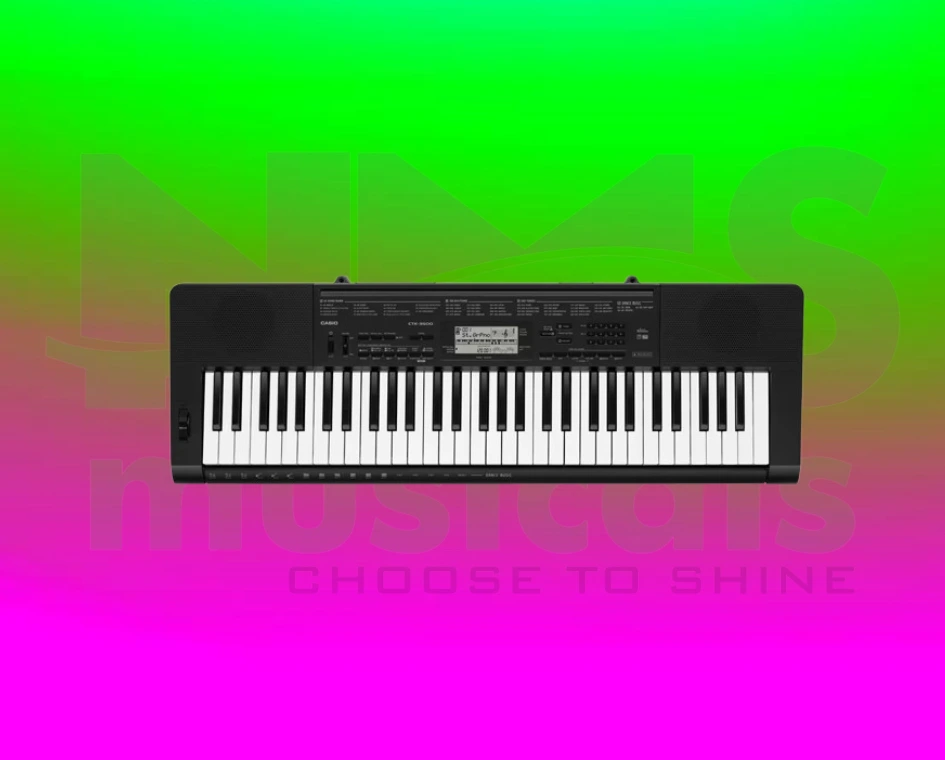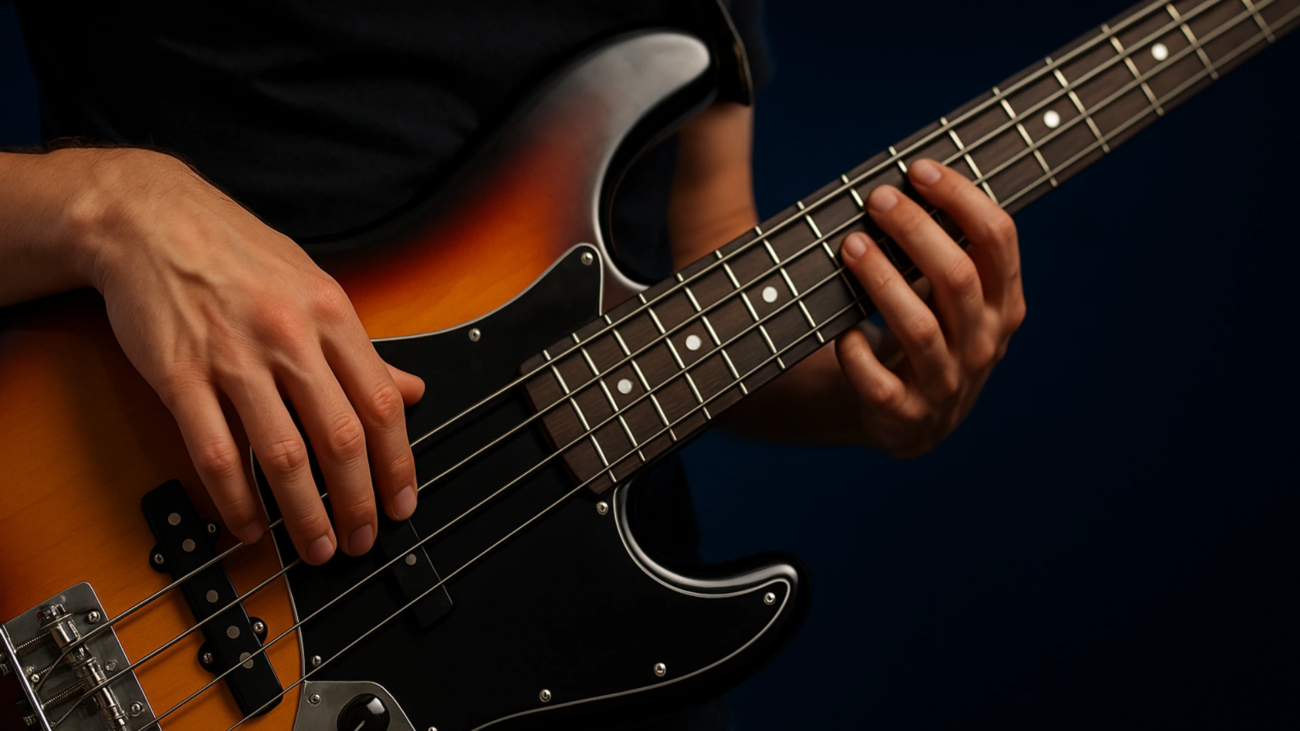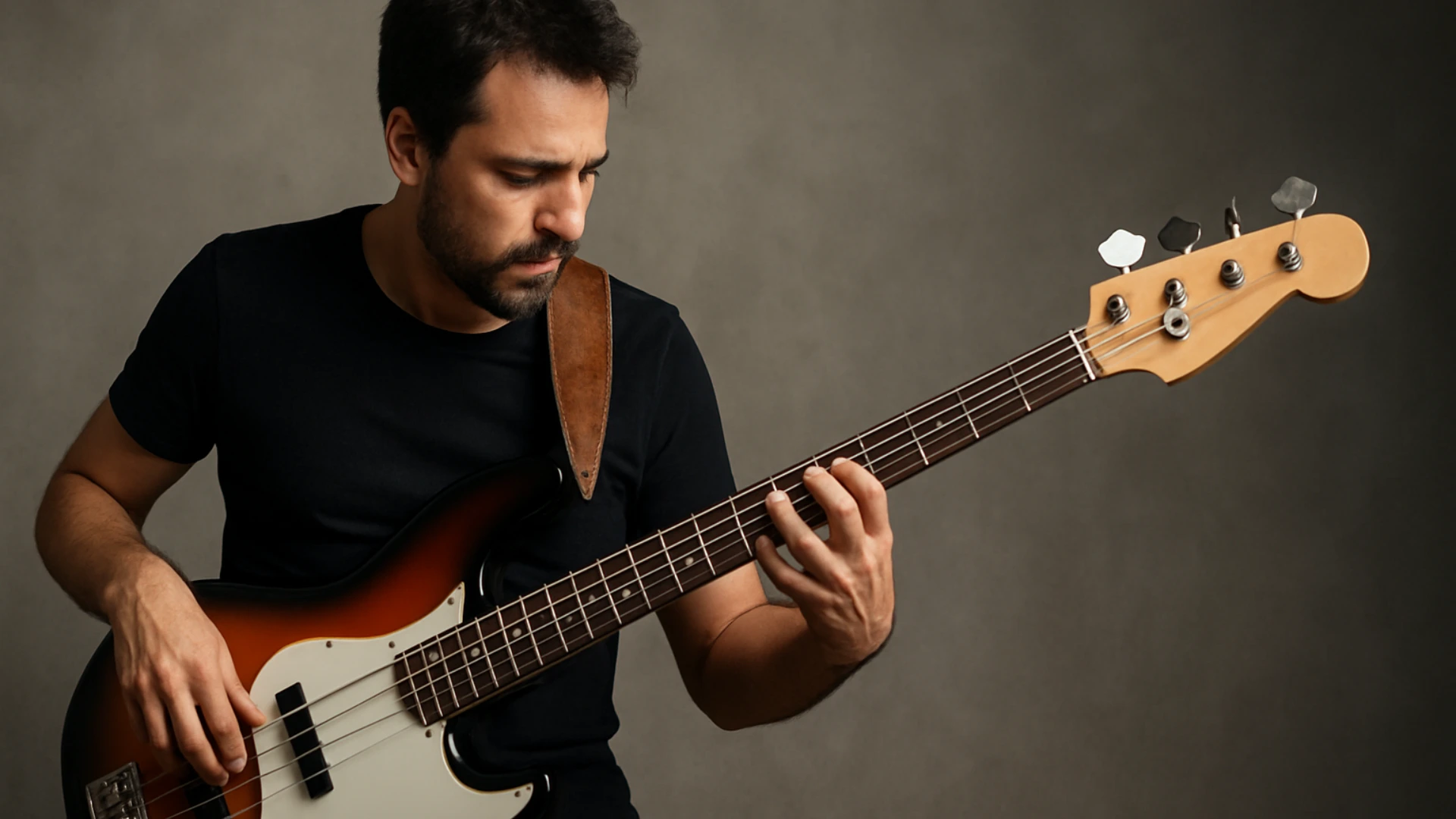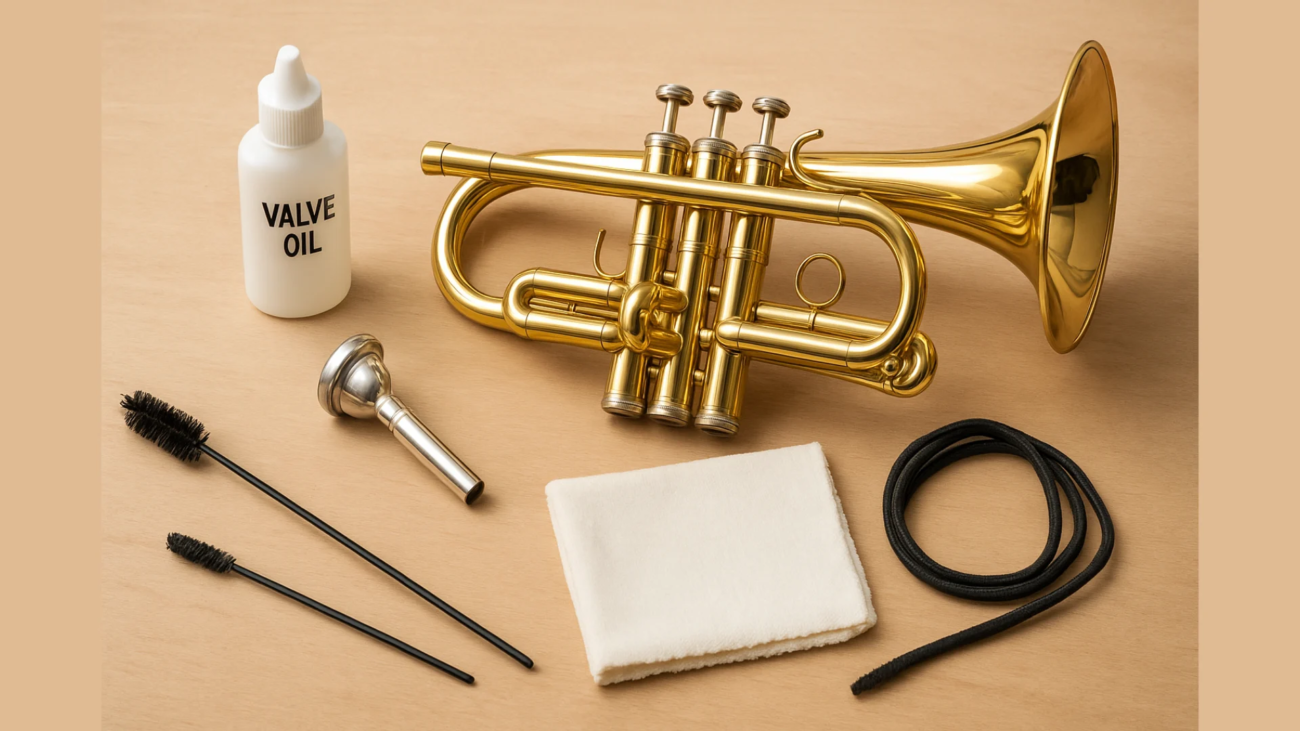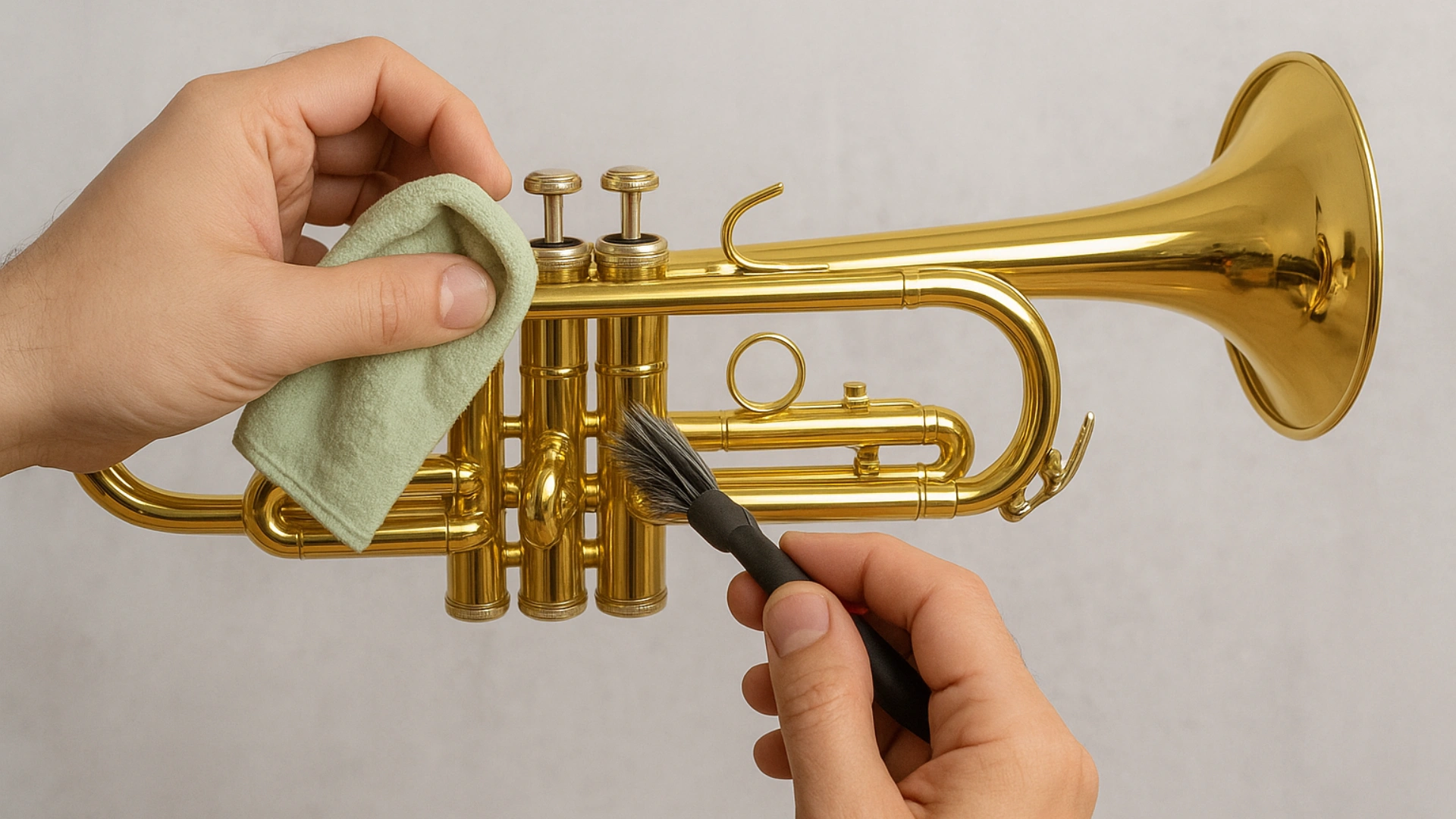Choosing the Right Saxophone: Which Type is Right for Your Sound?
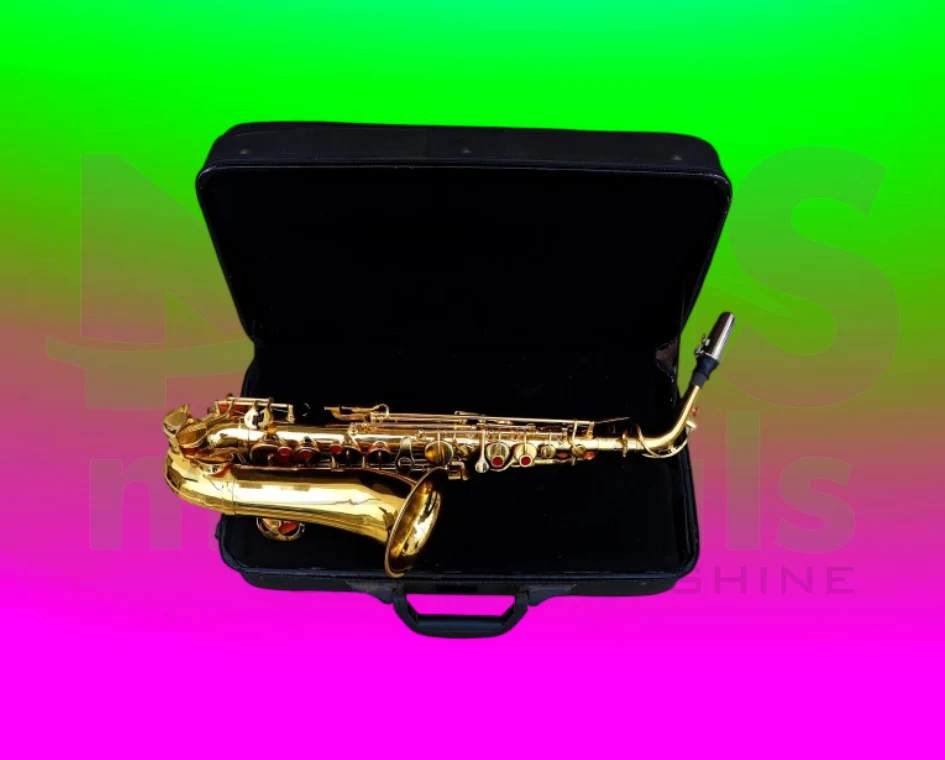
The saxophone is one of the most soulful and versatile instruments in the world of music. From the golden tones of jazz to the soaring melodies in classical and film music, the saxophone has captivated generations of listeners.
But for a musician in India—whether a beginner, a teenager starting music school, or a professional looking to upgrade—the challenge often lies in choosing the right saxophone.
With multiple types available, such as alto, tenor, soprano, and baritone, each offering its own personality and unique sound, the process of selecting the right one can be overwhelming.
This blog will guide you step by step through understanding saxophone types, their sounds, uses, and which one could be your best investment.
At NMS Musicals (Pondicherry & Chennai), we’ve helped hundreds of aspiring and professional musicians find their perfect saxophone. Let’s dive deep and help you discover the saxophone that matches your musical journey.
What Makes the Saxophone Special?
The saxophone isn’t just another woodwind instrument. Invented by Adolphe Sax in the 1840s, it has since become a vital part of multiple genres—jazz, rock, blues, Western classical, marching bands, and even fusion music in India. Its wide tonal range, emotional depth, and expressive capability make it a favorite among musicians worldwide.
For Indian learners, the saxophone has grown in popularity thanks to film music, fusion bands, and Western music academies. More students and professionals are considering it as a primary or secondary instrument.
But to unlock its true magic, choosing the right saxophone is critical.
Understanding the Different Types of Saxophone
1. Alto Saxophone – Best for Beginners and Students
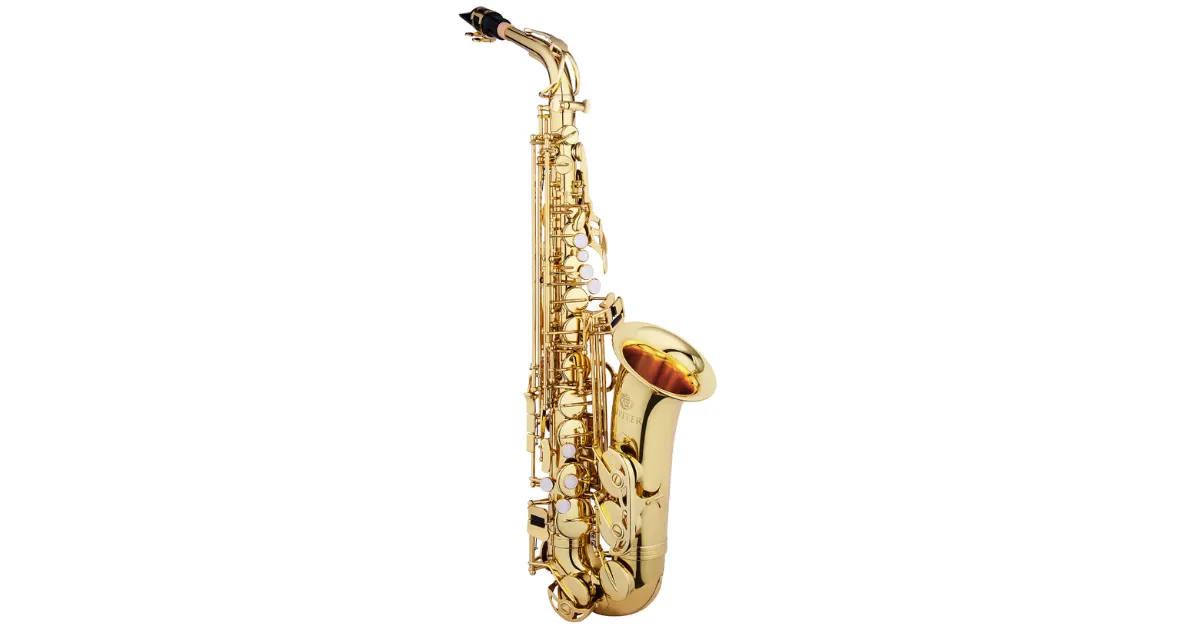
The Alto Saxophone is the most popular choice for beginners. Lightweight and relatively easier to handle, its size makes it comfortable for teenagers and young learners.
- Tone: Bright, smooth, and versatile.
- Genre Fit: Jazz, classical, and film music.
- Why Choose It: Affordable, easier fingering system, and great for students in India joining music schools.
At NMS Musicals in Pondicherry and Chennai, we recommend the alto saxophone for children and first-time learners because of its practicality and wide teaching support in music academies.
2. Tenor Saxophone – The Bold and Expressive Choice
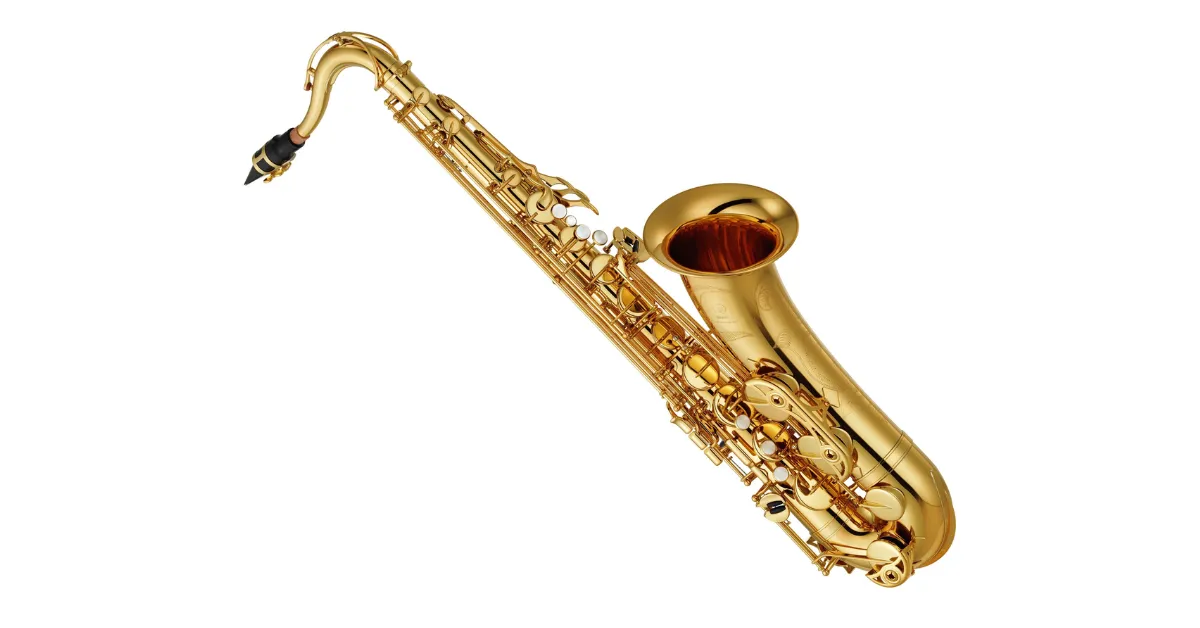
The Tenor Saxophone produces a deeper and richer sound compared to the alto. It’s slightly larger, making it better suited for older teenagers and adults.
- Tone: Warm, rich, powerful, with a distinctive growl.
- Genre Fit: Jazz solos, blues, and rock bands.
- Why Choose It: Preferred by professionals and intermediate learners who want to play in ensembles or bands.
Many Indian musicians inspired by Western jazz legends choose the tenor for its bold personality. If your goal is to perform on stage with impact, the tenor could be the right investment.
3. Soprano Saxophone – For the Unique and Adventurous
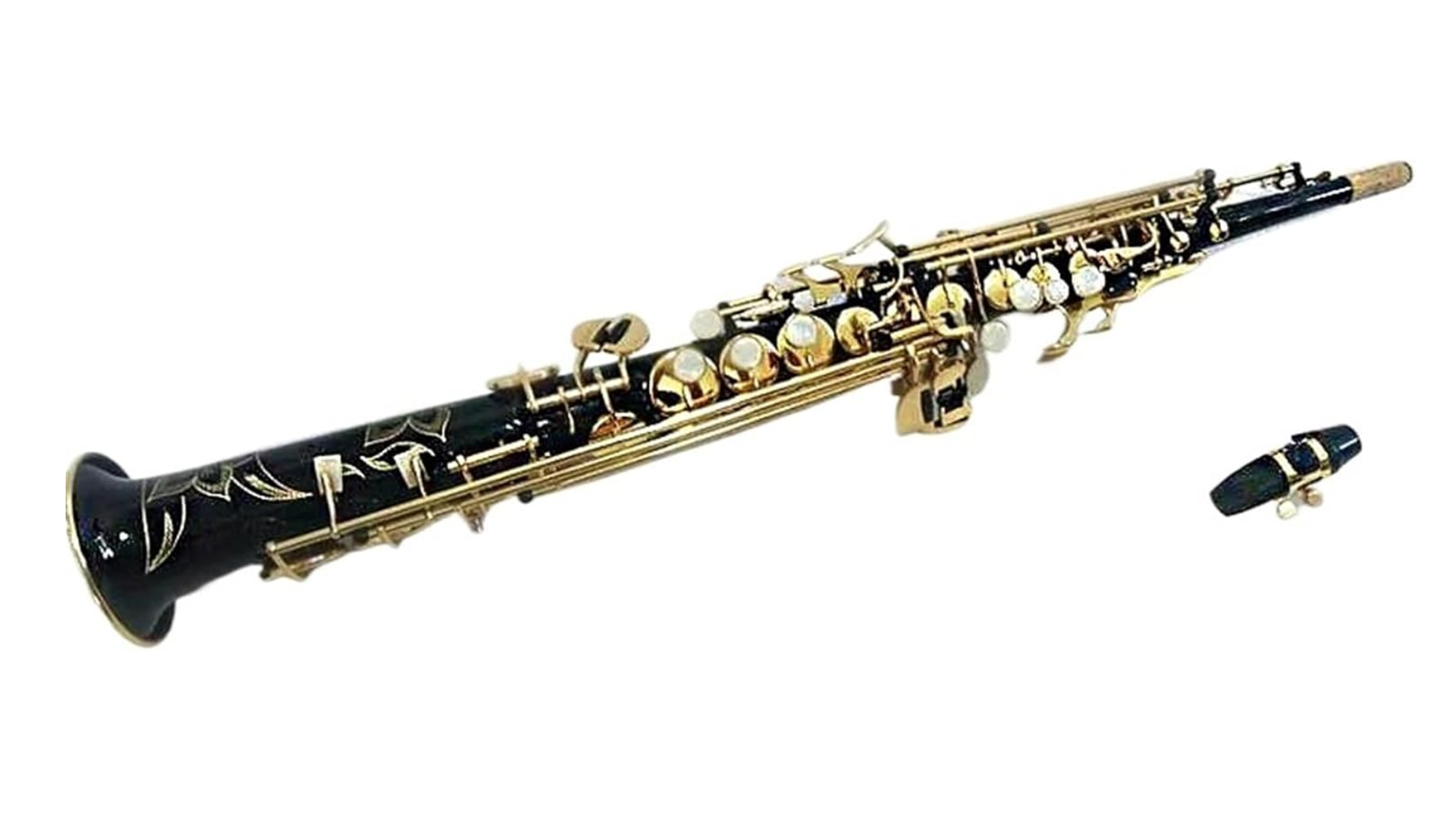
The Soprano Saxophone is smaller and looks more like a clarinet. It’s often chosen by musicians who want to stand out with a unique sound.
- Tone: High-pitched, bright, lyrical, sometimes sharp.
- Genre Fit: Modern jazz, experimental music, fusion.
- Why Choose It: Offers individuality but requires greater control and breath support.
In India, advanced players who want to specialize often invest in a soprano saxophone after mastering alto or tenor.
4. Baritone Saxophone – The Powerhouse
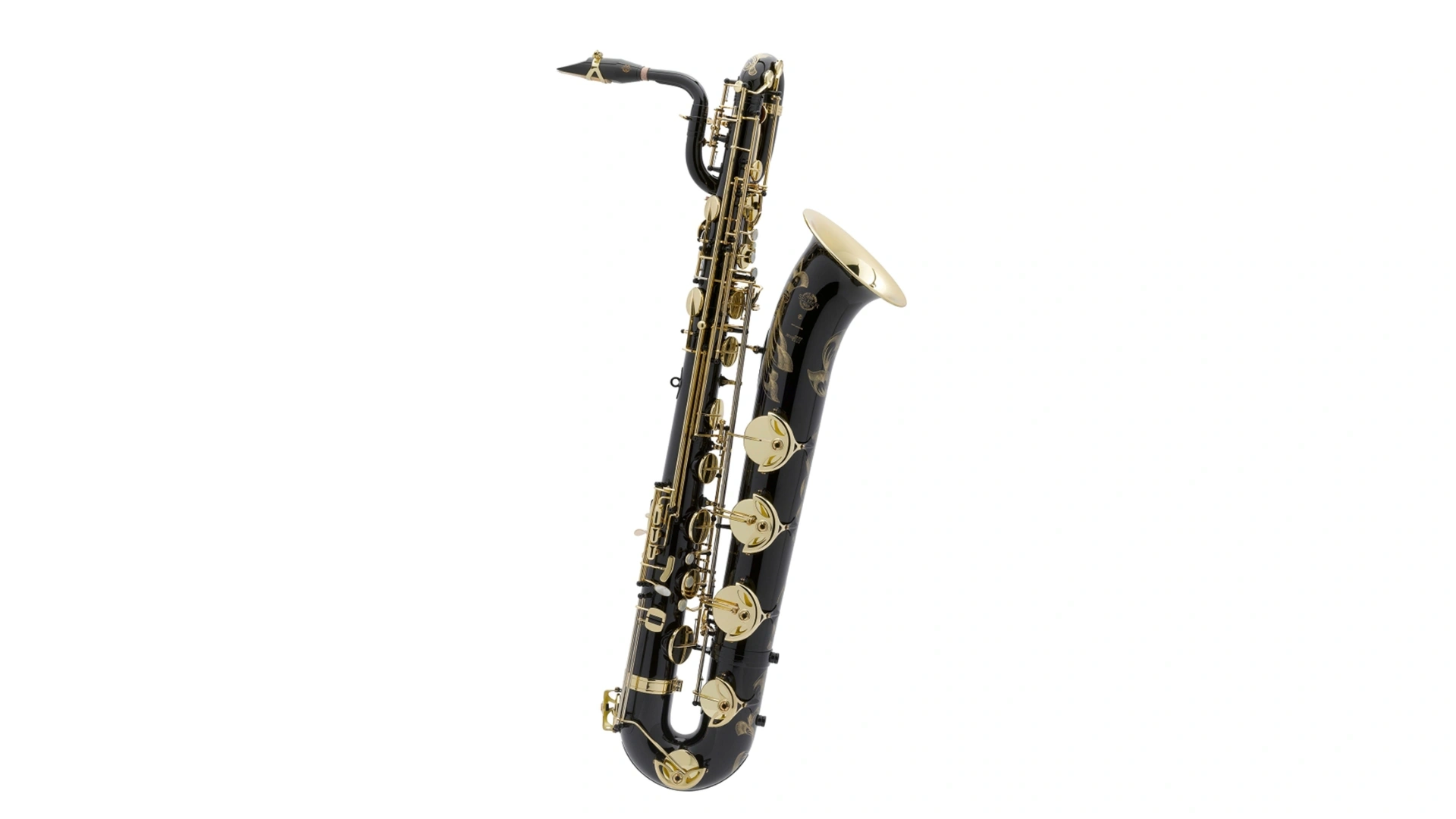
The Baritone Saxophone is the largest of the common types, producing a deep, booming tone. It’s usually used in ensembles and orchestras.
- Tone: Deep, resonant, commanding.
- Genre Fit: Jazz big bands, orchestral arrangements.
- Why Choose It: Great for professionals and institutions, though less common for beginners due to size and cost.
Schools and orchestras in Chennai and Pondicherry sometimes purchase baritone saxophones for ensemble use, but individuals rarely start with them.
How to Choose the Right Saxophone for Your Sound
1. Match Saxophone Type with Age and Physical Comfort
For children and teenagers, the alto saxophone is ideal. Adults and stronger players can comfortably handle tenor or even baritone.
2. Define Your Musical Goals
- If you want to learn for academics or exams → Alto Saxophone.
- If you aim to perform live in bands → Tenor Saxophone.
- If you’re chasing unique artistry → Soprano Saxophone.
- If you’re a professional in an orchestra → Baritone Saxophone.
3. Budget Considerations
In India, alto saxophones are the most budget-friendly. Tenor and soprano are mid-range, while baritone can be quite expensive. At NMS Musicals, we provide affordable and branded saxophones suitable for all budgets.
4. Availability of Learning Support in India
Alto saxophones are widely taught in Indian music schools. Tenor comes next in popularity. Soprano and baritone teachers are fewer in number.
Top Saxophone Brands Available in India
When choosing the right saxophone, the brand also matters. Some trusted names include:
- Yamaha

Famous for durability and student-friendly models. - Selmer

A professional’s favorite, especially for jazz. - Jean Paul

Affordable yet quality instruments for beginners. - Jupiter

Popular among schools and academies.
At NMS Musicals in Chennai and Pondicherry, we stock these leading brands so you can test and choose what fits your playing style.
Saxophone Maintenance Tips for Longevity
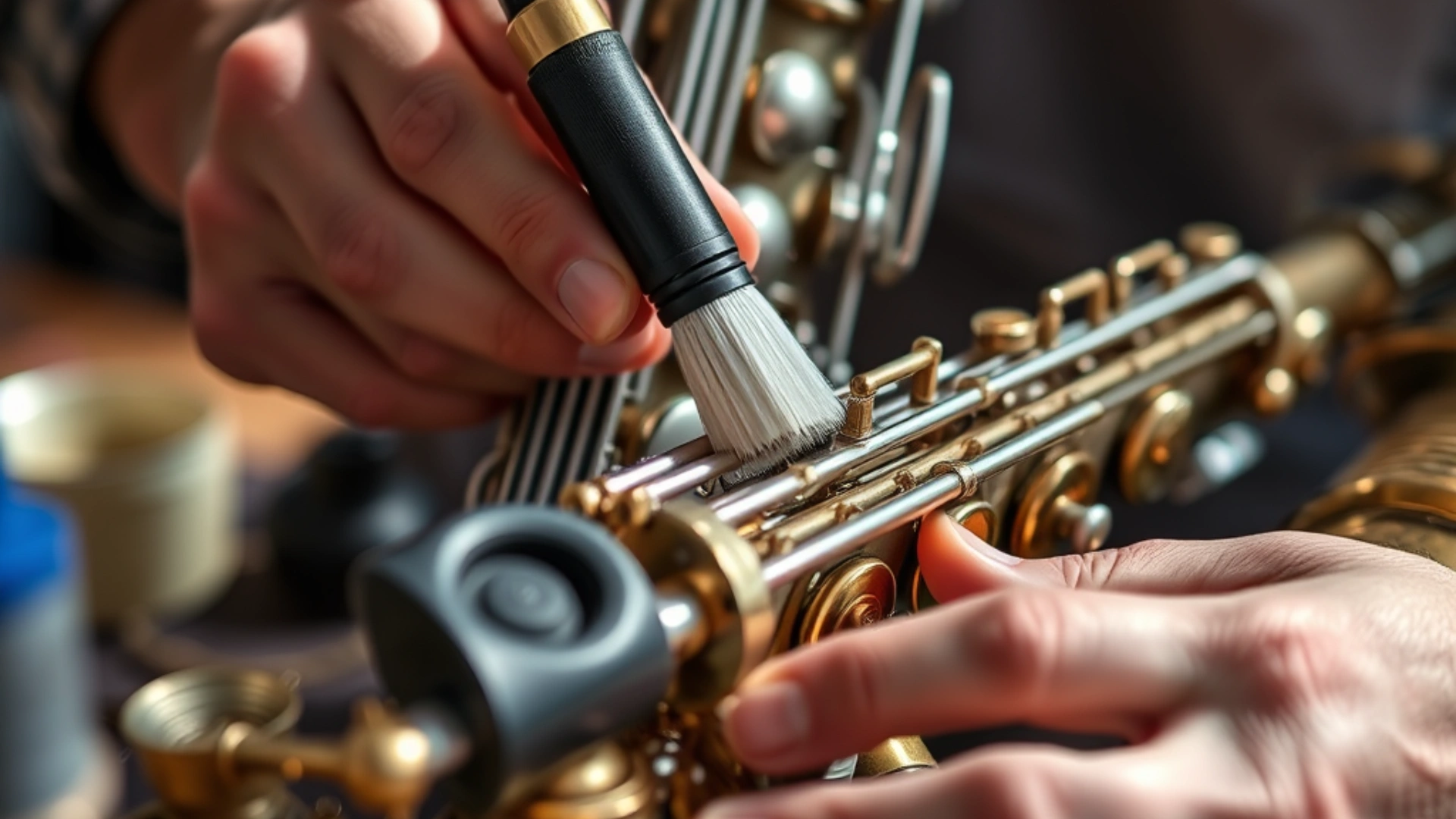
Investing in a saxophone doesn’t end with the purchase. Proper maintenance ensures your instrument lasts for years.
- Clean the mouthpiece daily to avoid bacteria build-up.
- Swab the inside after every practice to prevent moisture damage.
- Check pads and reeds regularly for wear.
- Oil the keys to maintain smooth functioning.
- Store in a hard case to avoid damage.
NMS Musicals also offers saxophone servicing and maintenance support in both Pondicherry and Chennai.
Why Buy Your Saxophone from NMS Musicals
If you’re based in South India, especially Tamil Nadu or Pondicherry, finding the right shop is just as important as choosing the right saxophone.
At NMS Musicals (Pondicherry & Chennai), we provide:
- Expert consultation to help you choose the right saxophone.
- Affordable student-friendly models as well as professional-grade instruments.
- Accessories like reeds, mouthpieces, and cases.
- Maintenance and repair services.
Buying from a trusted store ensures you don’t fall for fake or low-quality instruments, which is a common issue in the Indian market.
Common Mistakes to Avoid When Choosing a Saxophone
- Choosing only by price – Cheap models may cost more in repairs later.
- Ignoring comfort – Larger saxophones can be physically demanding.
- Not considering learning support – Ensure teachers are available in your city.
- Buying from unverified sellers – Risk of poor-quality instruments.
Conclusion
Choosing the right saxophone is not just about buying an instrument—it’s about finding your voice in music. Whether you’re a beginner in Chennai looking for your first alto saxophone, a college student experimenting with tenor, or a professional investing in soprano or baritone, the journey begins with the right decision.
At NMS Musicals in Pondicherry and Chennai, we’ve seen how the right saxophone can transform a student’s confidence and a professional’s performance.
With expert guidance, top brands, and after-sales support, we’re here to help you take the first (or next) step in your saxophone journey.
Your sound deserves the right saxophone—choose wisely, play passionately, and let your music soar.
At NMS Musicals, we offer a comprehensive range of musical instruments, including percussion, string, wind, and keyboard instruments. Our services encompass sales, expert servicing, and the manufacture of leather instruments. Explore our diverse collection and find the perfect instrument to suit your musical needs.
Visit our website to browse our offerings: nmsmusicals.in
For a closer look at our products, check out our shop page: nmsmusicals.in/shop
Stay connected with us through our social media channels:
- Facebook: https://www.facebook.com/nmsmusicalinstruments/
- Instagram: https://www.instagram.com/nmsmusicals/?hl=en
- YouTube: youtube.com/@nmsmusicals
Our shop locations are:
- Puducherry: 149, Perumal Koil Street, Heritage Town, Puducherry, 605001.
Map Link: https://maps.app.goo.gl/ejDwBBFEJmd3szxk7 - Chennai: No: 1, 1st Floor, Kandigai Street, TVS Nagar, Korattur, Chennai – 600076.
Map Link: https://maps.app.goo.gl/7oXmB6X7KQsqeuuw9
For inquiries, contact/Whatsapp us at 9500663895 or email us at laxman.m89@gmail.com.
Discover the world of musical instruments with NMS Musicals today!
For a visual overview of our percussion instruments, watch the following video:


 Cart is empty
Cart is empty 